Inbox and environment news: Issue 558
October 16 - 22, 2022: Issue 558
Impacting Pittwater - Have Your Say:
Conservation Zones Review Has Potential To Facilitate Medium Density In Previously 'Environmental Living' Zones: Community Groups Forum for Residents on October 16, 4pm, Mona Vale Memorial Hall
Proposal For Barrenjoey Lighthouse Cottages To Be Used For Tourist Accommodation Open For Feedback - Again - feedback closes November 22nd
Scotland Island Spring Garden Festival
- Midday - Craig Burton - renowned landscape architect - Scotland Island - What was here what mistakes have been made and making the best of we've got moving forward.
- Weed Warrior Game! Fun Game for kids finding weeds in the Park! lots of prizes.
- Cafe Open till 2pm, Barista Coffee with Artisan Cakes and Pastries | Sausage Sizzle.
- Open Gardens
- Special Harpist Performance on the lawn of Yamba.

Dust Off Your Picnic Blankets For The First Ever Statewide Picnic For Nature
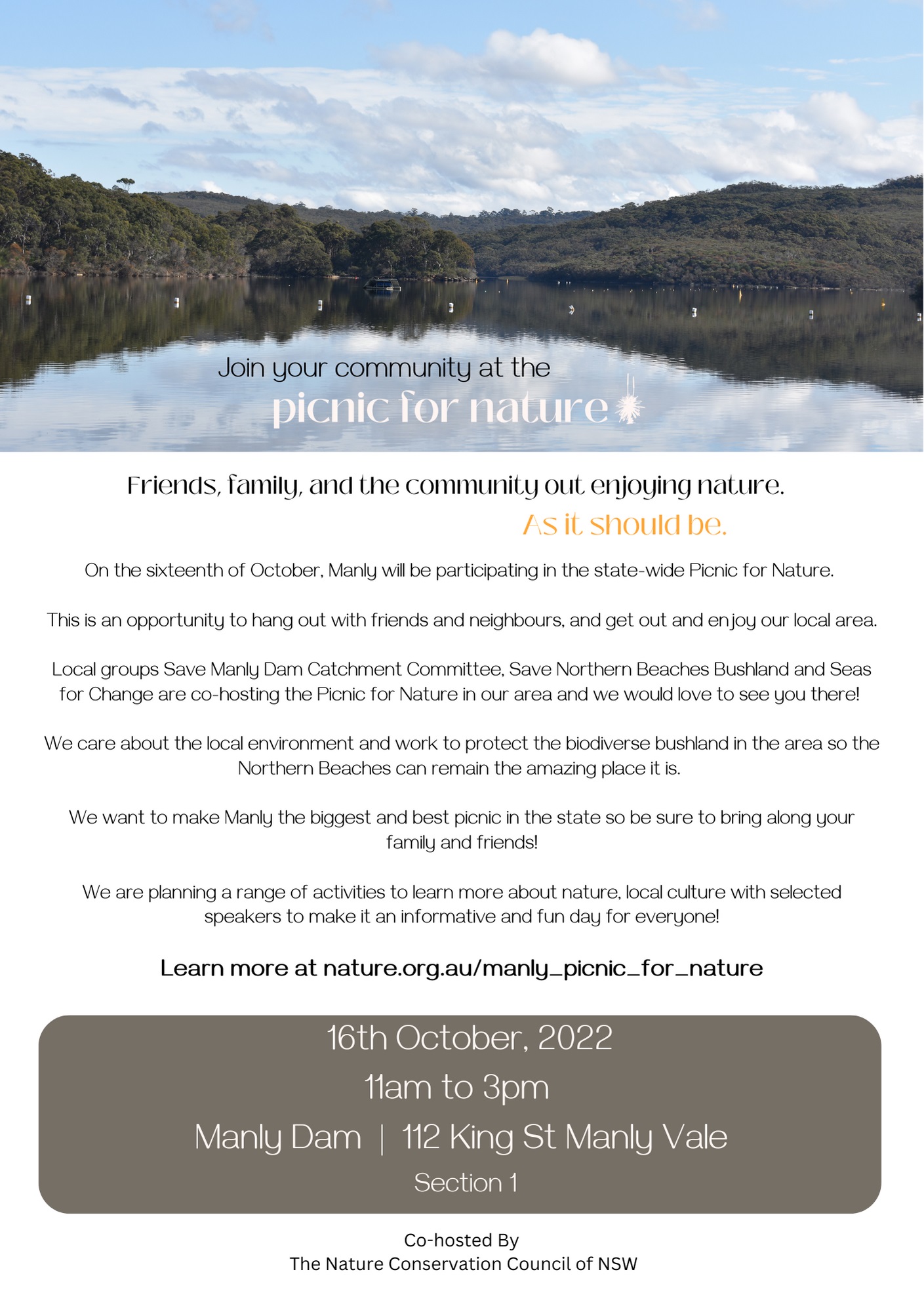
National Bird Week + Aussie Bird Count 2022
Watch Out - Shorebirds About
.JPG.opt1460x973o0,0s1460x973.jpg?timestamp=1663629195339)
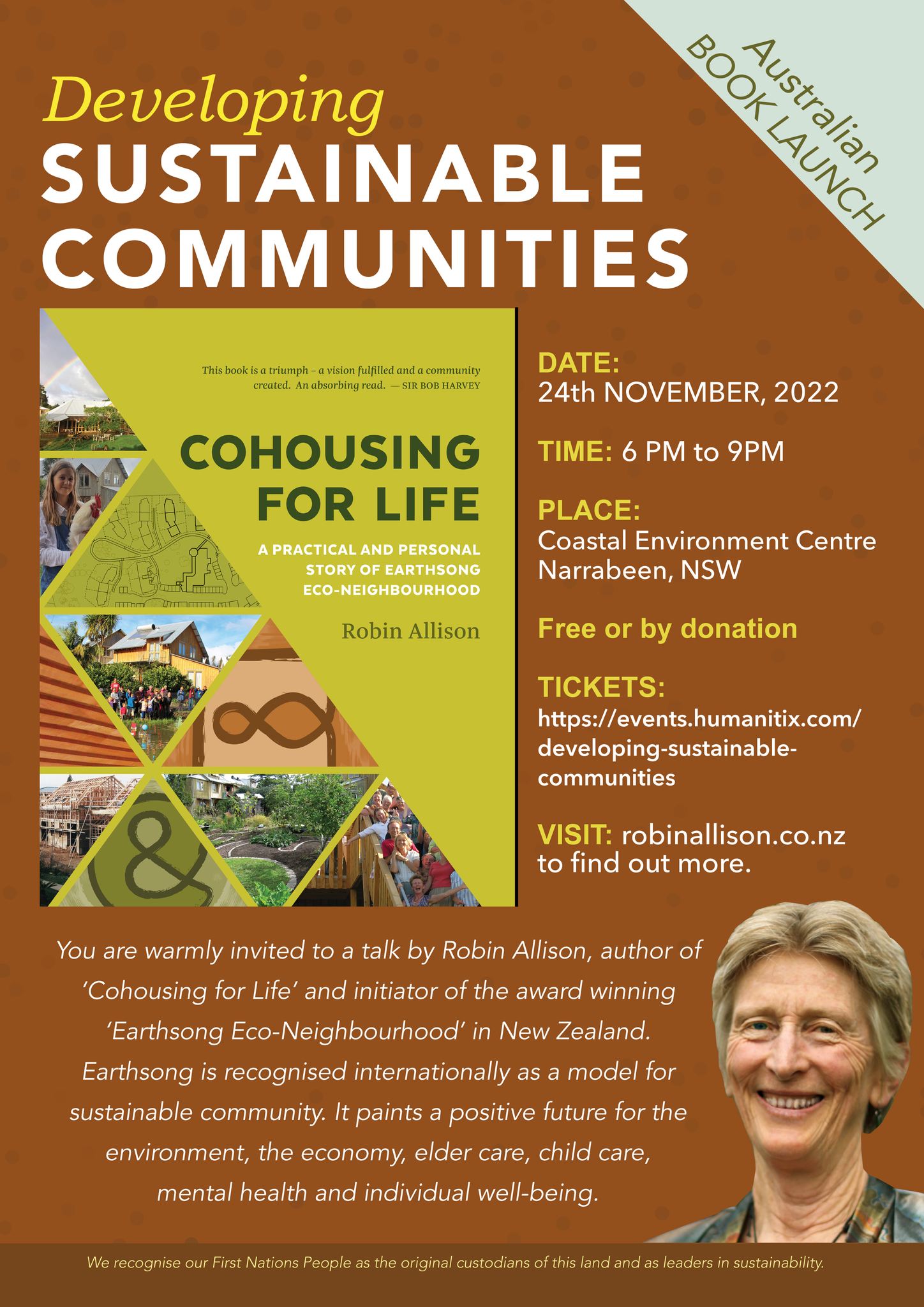
TALK & BOOK LAUNCH
Book Your Free Ticket To: Developing Sustainable Communities
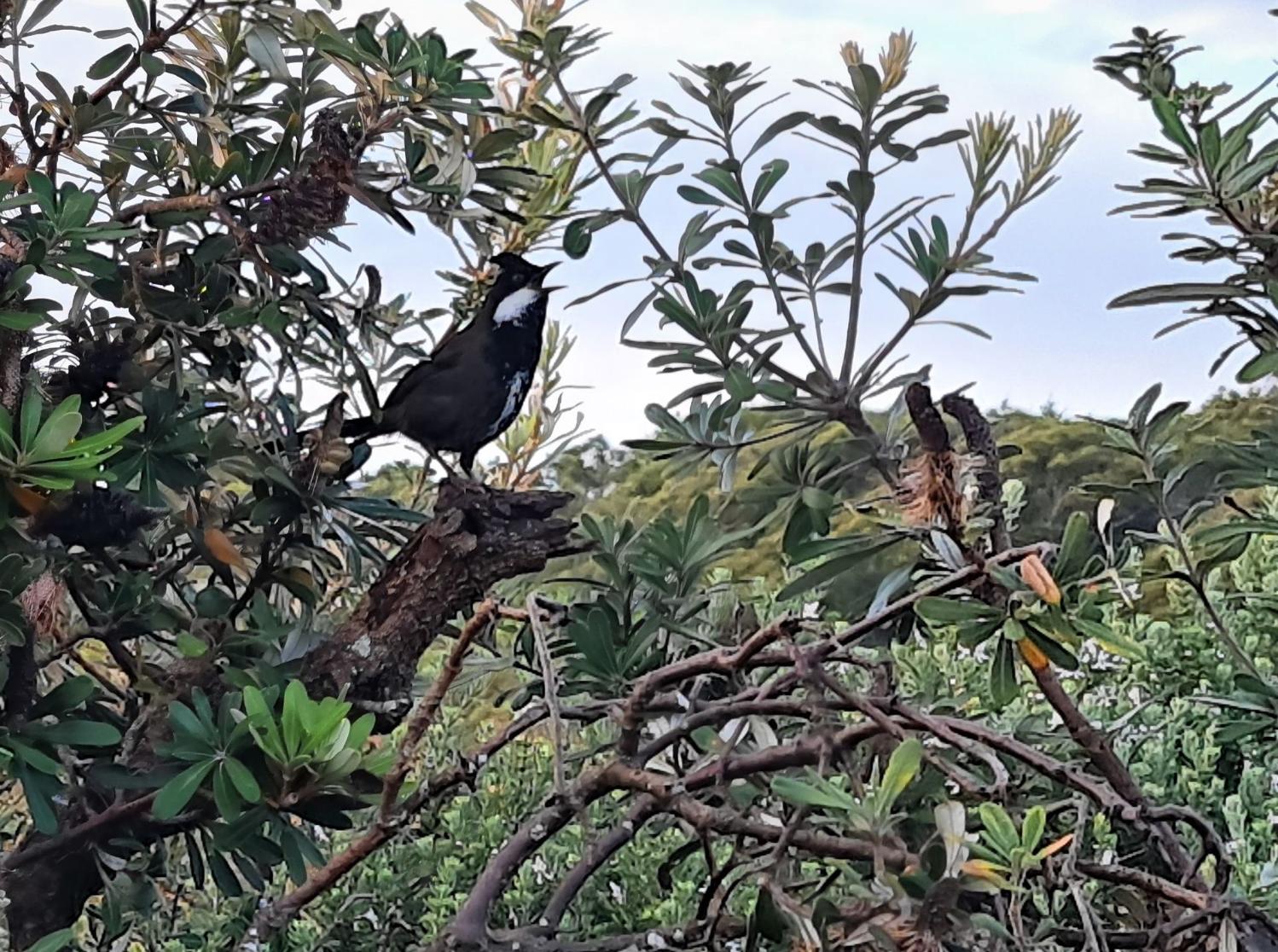
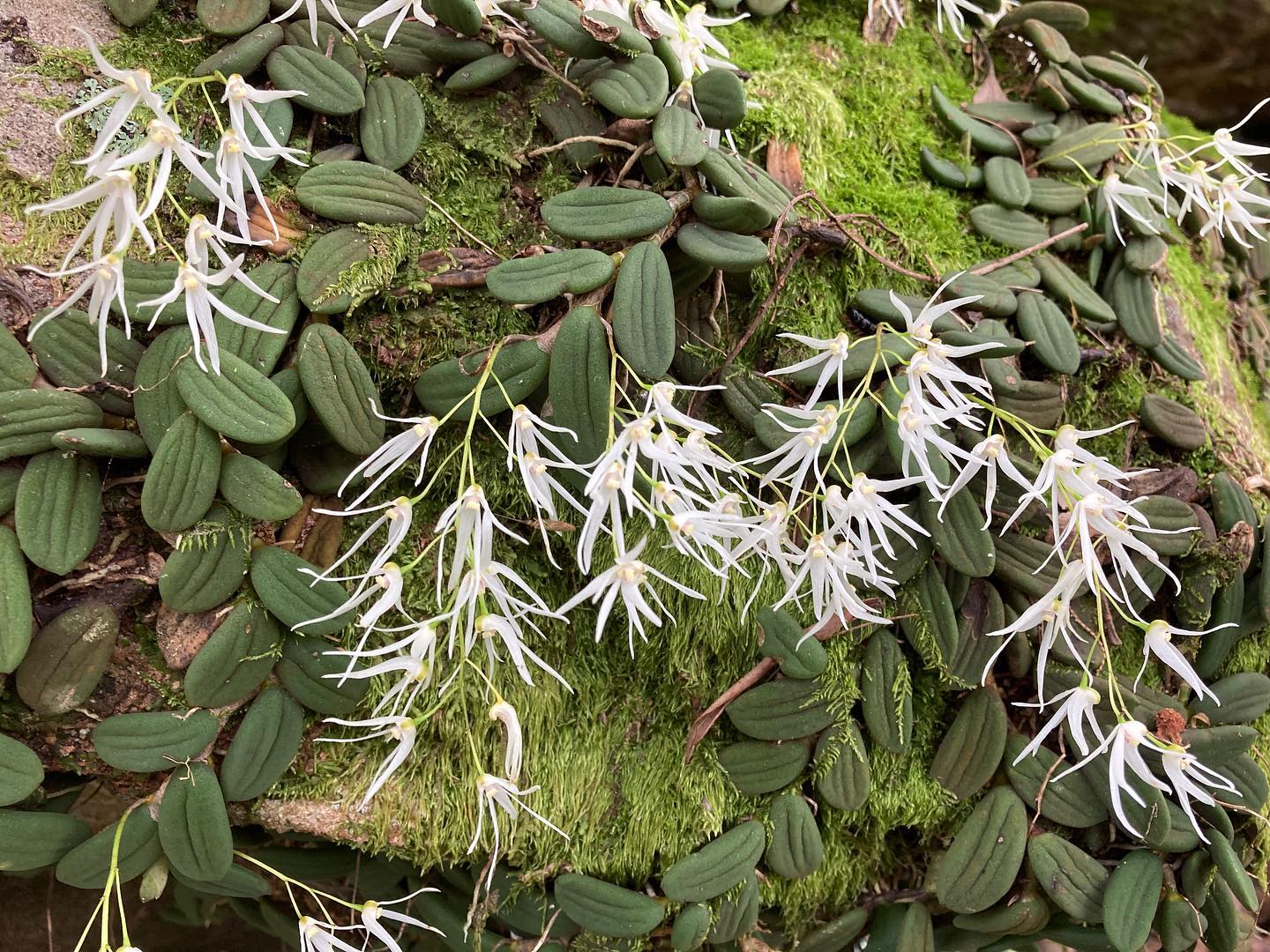
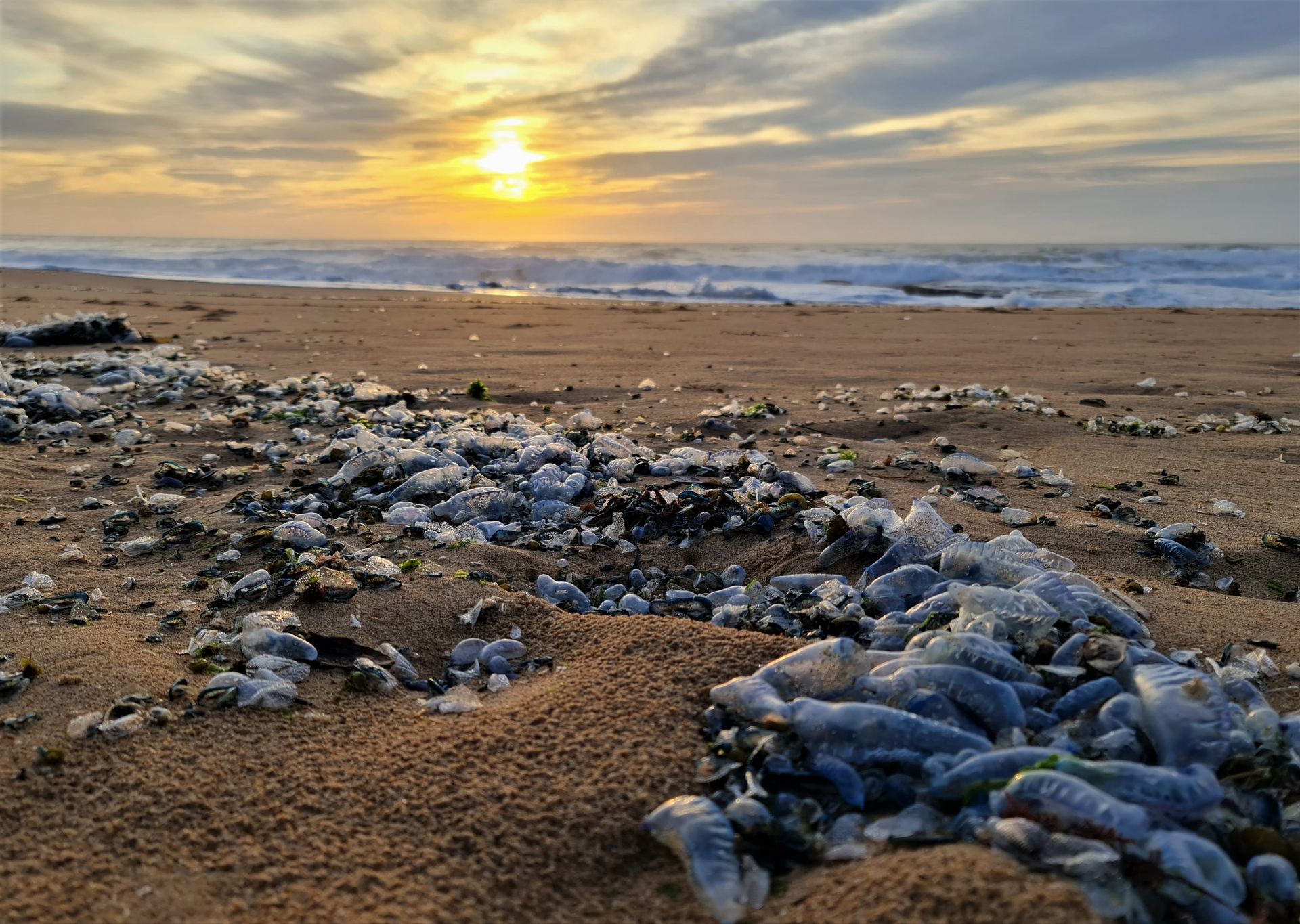
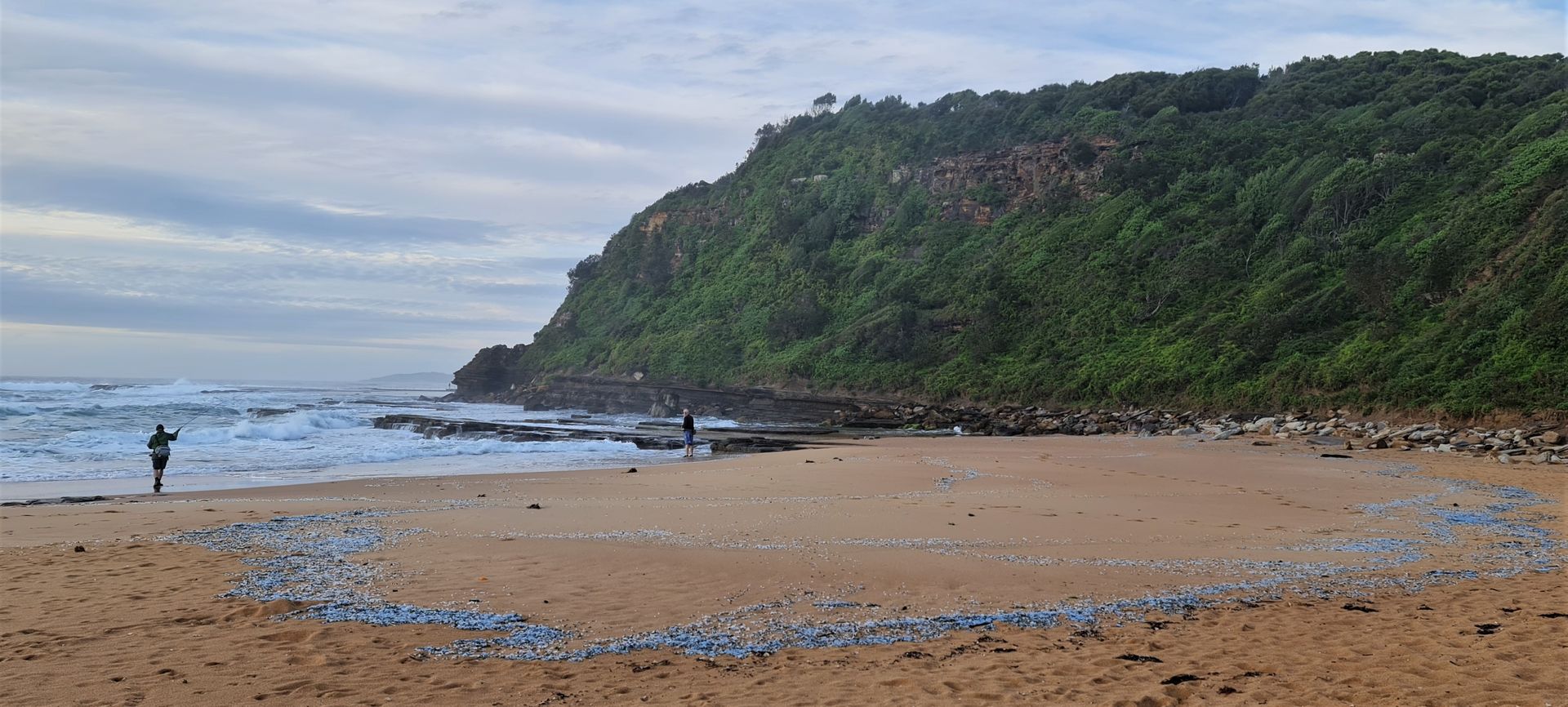
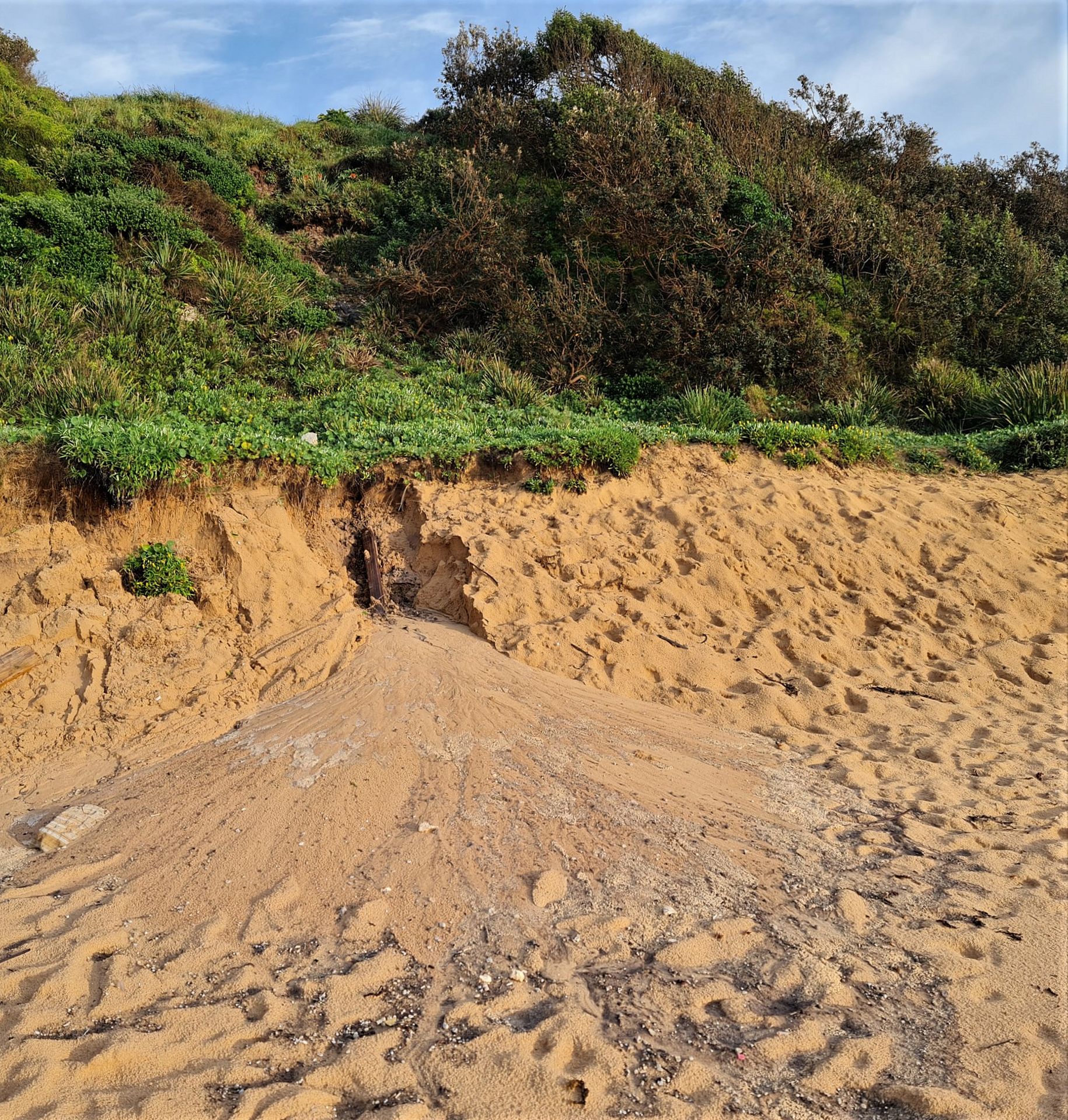
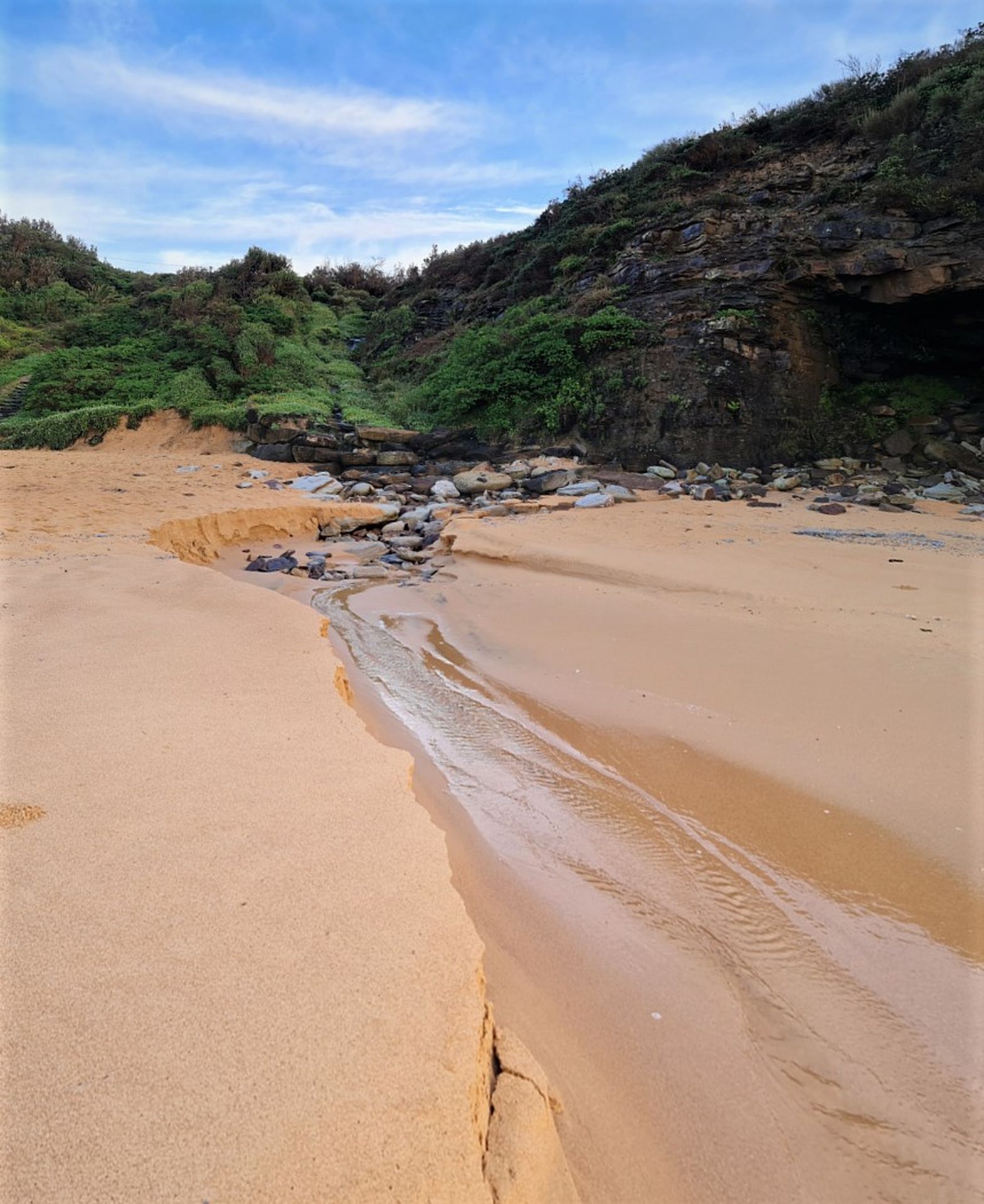
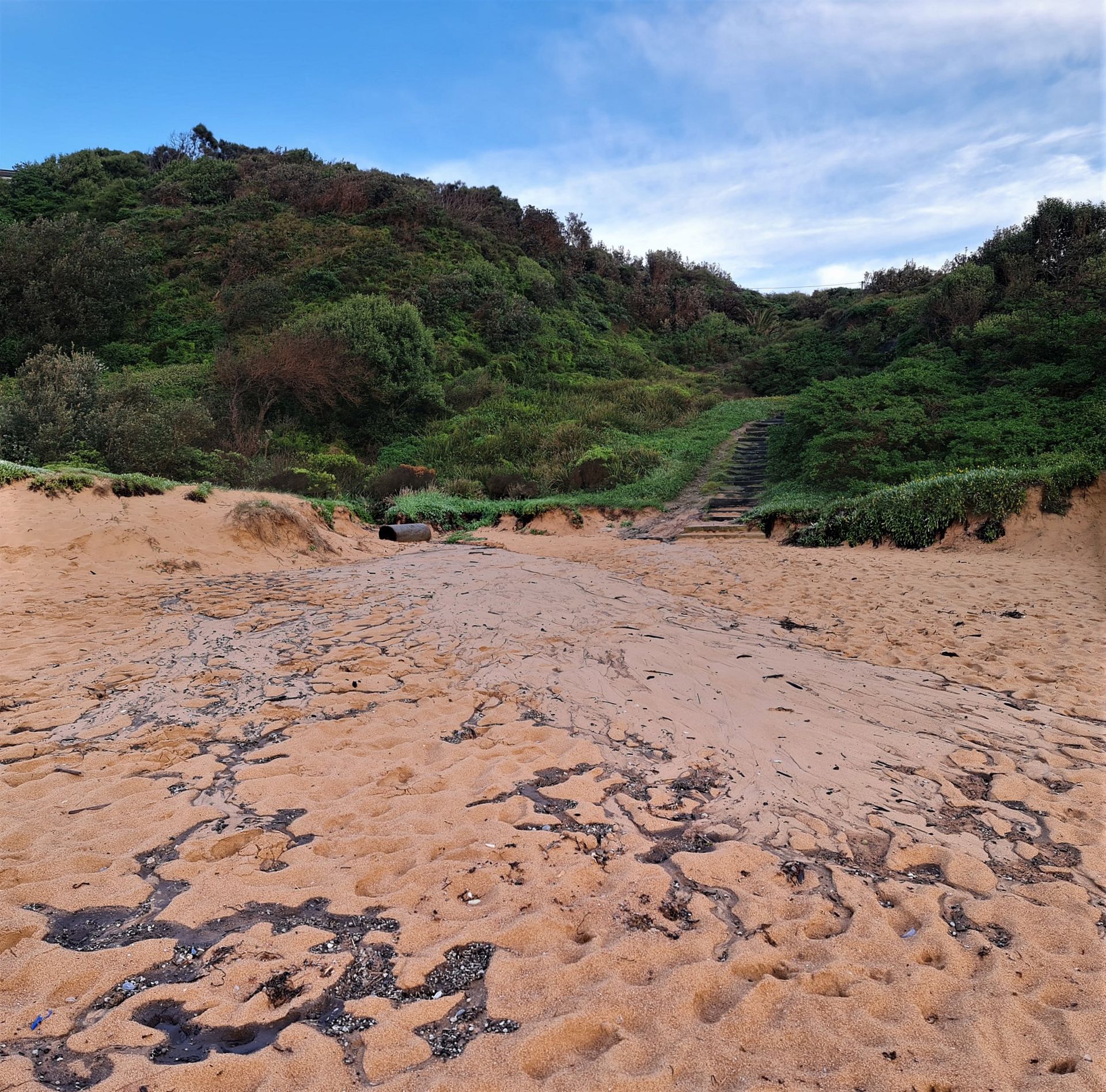
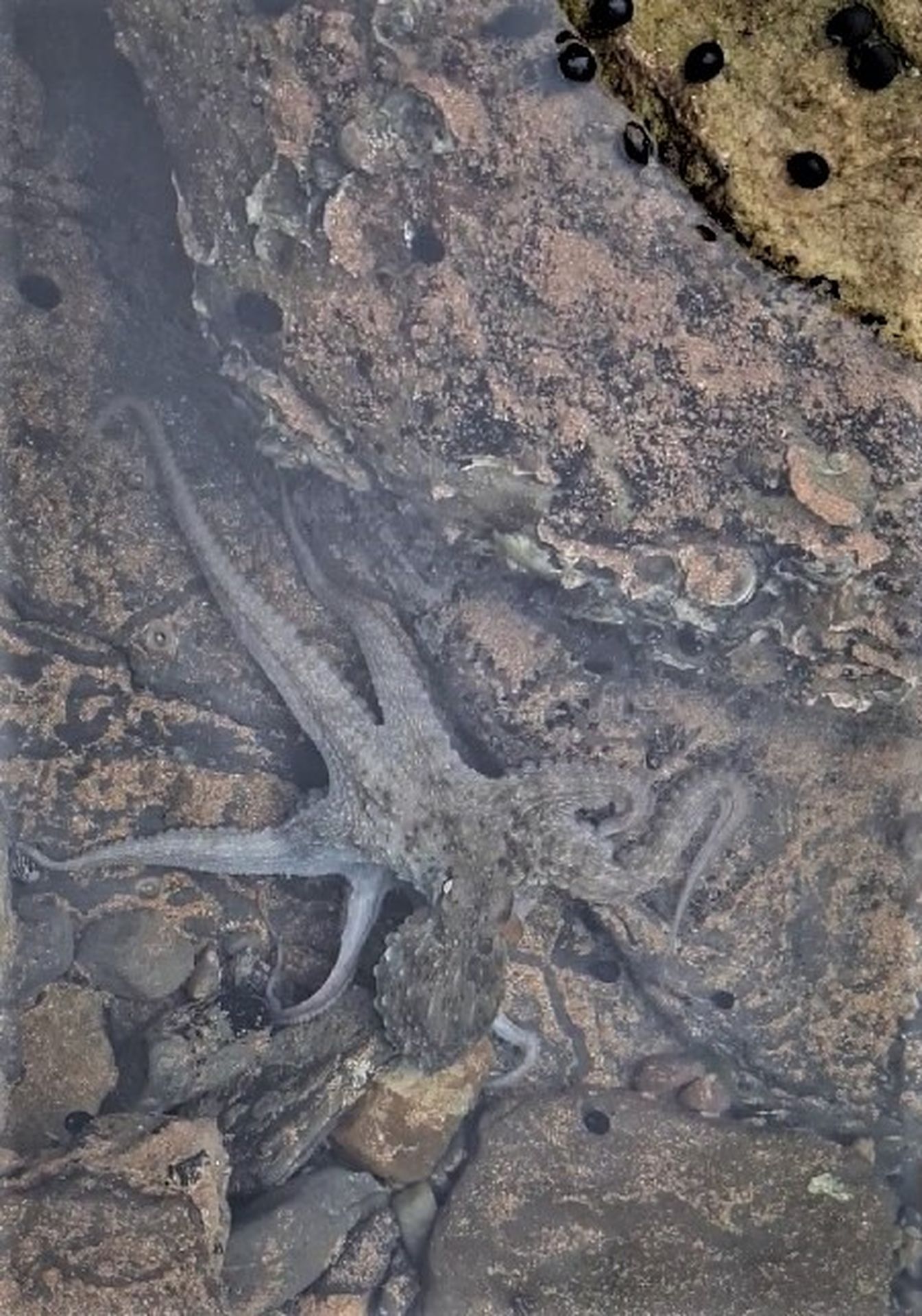
Weed Alert: Corky Passionflower At Mona Vale + Narrabeen Creek
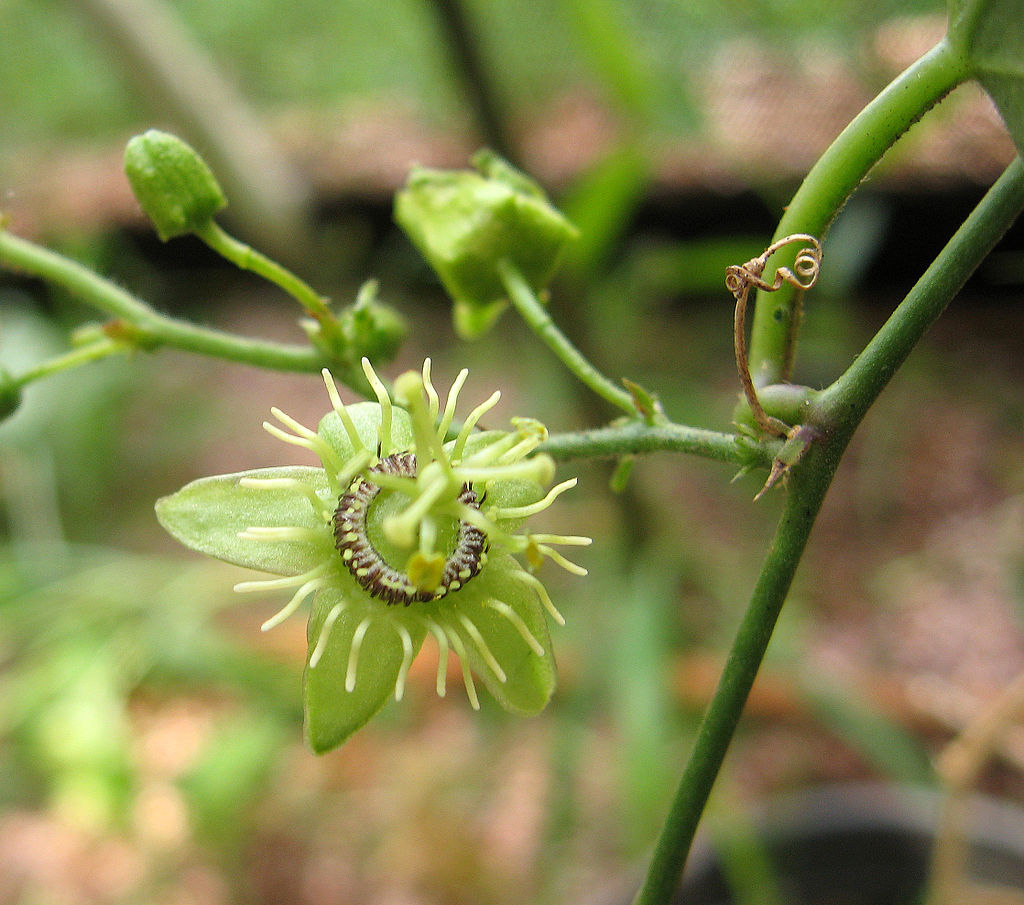
.jpg?timestamp=1663392221562)
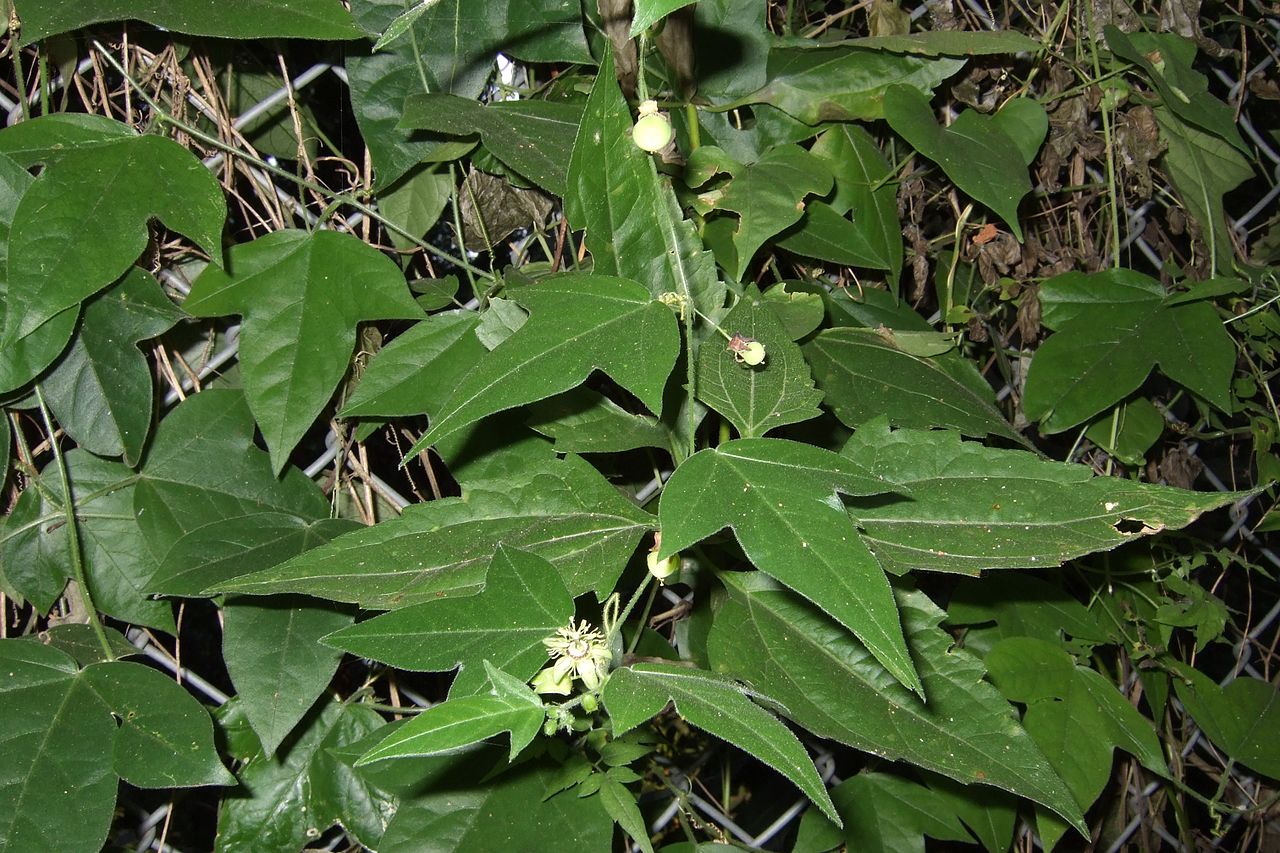
Katandra Bushland Sanctuary Open
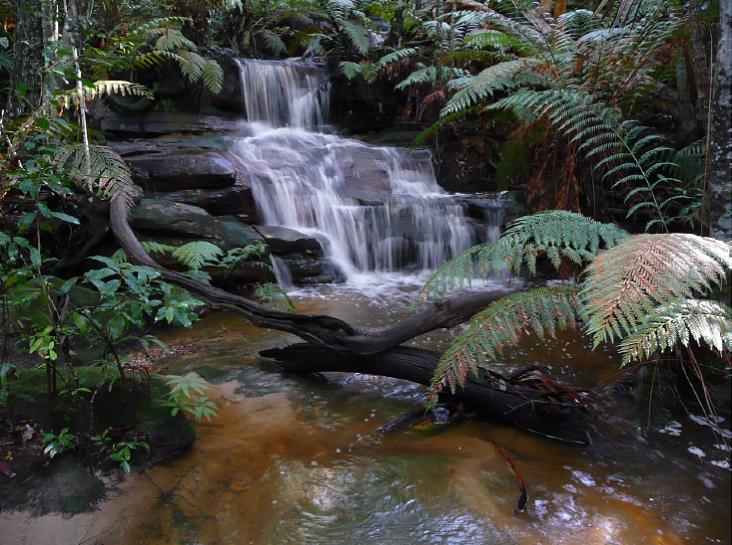
EPA Releases Climate Change Policy And Action Plan
The NSW Environment Protection Authority (EPA) is taking action to protect the environment and community from the impacts of climate change, today releasing its new draft Climate Change Policy and Action Plan which works with industry, experts and the community to reduce greenhouse gas emissions and support resilience.
NSW EPA Chief Executive Officer Tony Chappel said the EPA has proposed a set of robust actions to achieve a 50 per cent reduction in carbon emissions by 2030 (from 2005 levels), ensure net zero emissions by 2050, and improve resilience to climate change impacts.
“NSW has ambitious targets that align with the world’s best scientific advice and the Paris commitments, to limit global warming to an average of 1.5 degrees in order to avoid severe impacts on ecosystems,” Mr Chappel said.
“Over the past few years we have seen first-hand just how destructive the impacts of climate change are becoming, not only for our environment, but for NSW communities too.
“We know the EPA has a critical role to play in achieving the NSW Government’s net-zero targets and responding to the increasing threat of climate change induced weather events.
“Equally, acting on climate presents major economic opportunities for NSW in new industries such as clean energy, hydrogen, green metals, circular manufacturing, natural capital and regenerative agriculture.
“This draft Policy sends a clear signal to regulated industries that we will be working with them to support and drive cost-effective decarbonisation while implementing adaptation initiatives that build resilience to climate change risks.
“Our draft plan proposes a staged approach that ensures the actions the EPA takes are deliberate, well informed and complement government and industry actions on climate change. These actions will support industry and allow reasonable time for businesses to plan for and meet any new targets or requirements.
“Climate change is an issue that we all face so it’s important that we take this journey together and all play our part in protecting our environment and communities for generations to come.”
Actions include:
- working with industry, government and experts to improve the evidence base on climate change
- supporting licensees prepare, implement and report on climate change mitigation and adaptation plans
- partnering with NSW Government agencies to address climate change during the planning and assessment process for activities the EPA regulates
- establishing cost-effective emission reduction targets for key industry sectors
- providing industry best-practice guidelines to support them to reduce their greenhouse gas emissions
- phasing in the introduction of greenhouse gas emission limits on environment protection licences for key industry sectors
- developing and implementing resilience programs, best-practice adaptation guidance and harnessing citizen science and education programs
- working with EPA Aboriginal and Youth Advisory Committees to improve the EPA’s evolving climate change response
EPA Acting Chair Carolyn Walsh said the EPA is a partner in supporting and building on the NSW Government’s work to address climate change for the people of NSW.
“The draft Policy and Action Plan adopts, supports and builds on the strong foundations that have been set by the NSW Government through the NSW Climate Change Policy Framework, Net Zero Plan and Climate Change Adaptation Strategy,” Ms Walsh said.
The EPA will work with stakeholders, including licensees, councils, other government agencies, and the community to help implement the actions.
The draft EPA Climate Change Policy and Action Plan is available at https://yoursay.epa.nsw.gov.au/ and comments are open until 3 November 2022.
Wanted: Photos Of Flies Feeding On Frogs (For Frog Conservation)
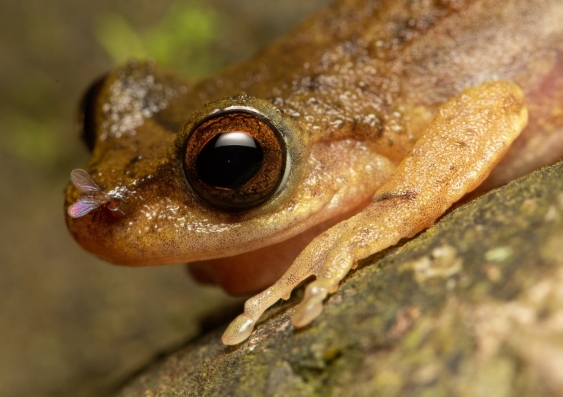
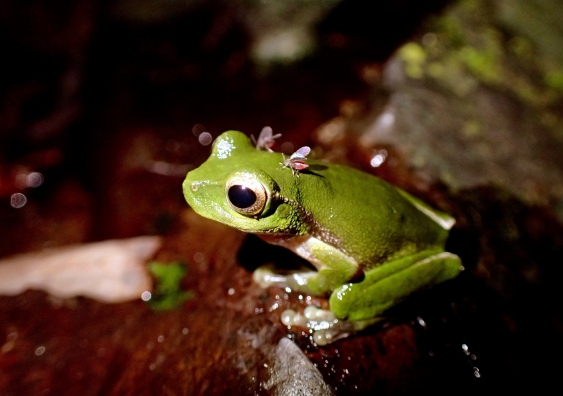
Possums In Your Roof?: Do The Right Thing

Local Wildlife Rescuers And Carers State That Ongoing Heavy Rains Are Tough For Us But Can Be Tougher For Our Wildlife:
- Birds and possums can be washed out of trees, or the tree comes down, nests can disintegrate or hollows fill with water
- Ground dwelling animals can be flooded out of their burrows or hiding places and they need to seek higher ground
- They are at risk crossing roads as people can't see them and sudden braking causes accidents
- The food may disappear - insects, seeds and pollens are washed away, nectar is diluted and animals can be starving
- They are vulnerable in open areas to predators, including our pets
- They can't dry out and may get hypothermia or pneumonia
- Animals may seek shelter in your home or garage.
You can help by:
- Keeping your pets indoors
- Assessing for wounds or parasites
- Putting out towels or shelters like boxes to provide a place to hide
- Drive to conditions and call a rescue group if you see an animal hit (or do a pouch check or get to a vet if you can stop)
- If you are concerned take a photo and talk to a rescue group or wildlife carer
There are 2 rescue groups in the Northern Beaches:
Sydney Wildlife: 9413 4300
WIRES: 1300 094 737
Please be patient as there could be a few enquiries regarding the wildlife.
Generally Sydney Wildlife do not recommend offering food but it may help in some cases. Please ensure you know what they generally eat and any offerings will not make them sick. You can read more on feeding wildlife here
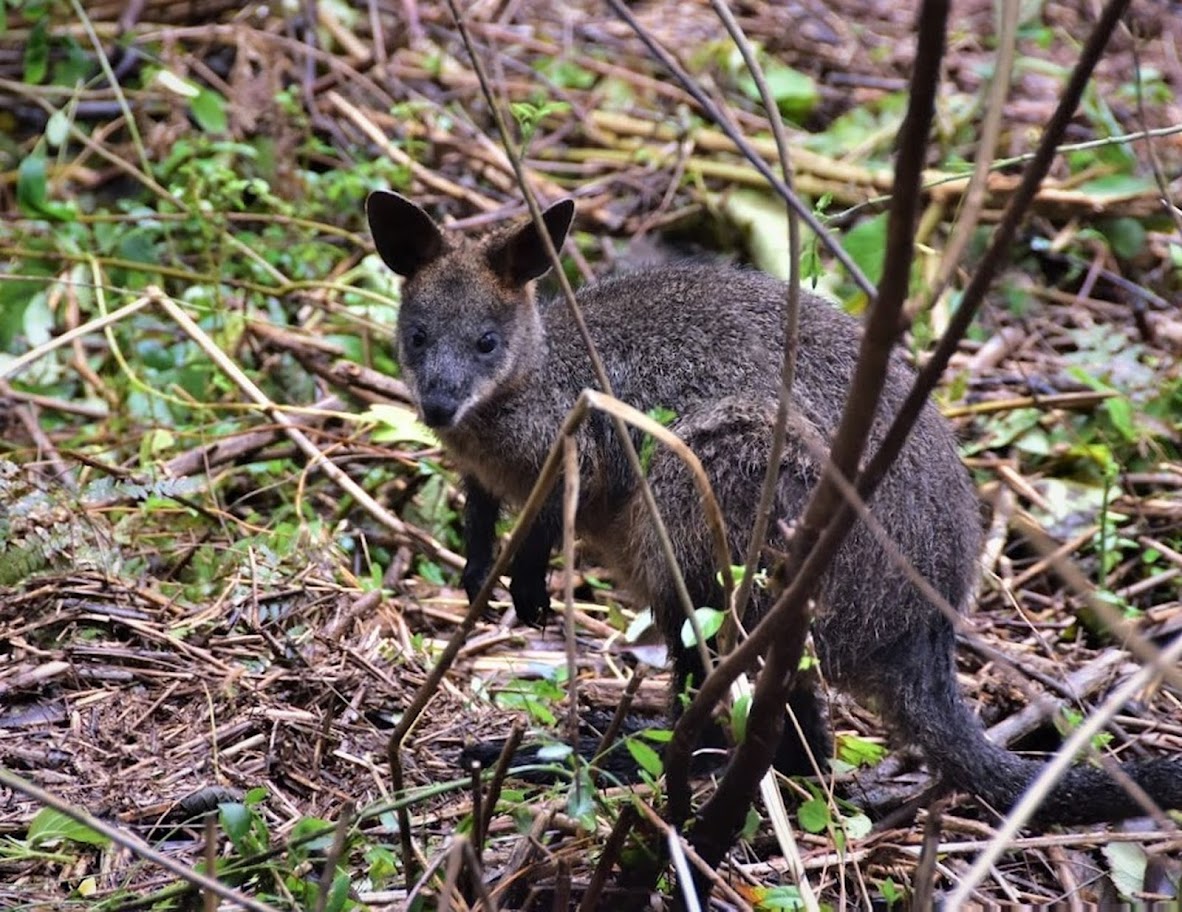
Information courtesy Ed Laginestra, Sydney Wildlife volunteer. Photo: Warriewood Wetlands Wallaby by Kevin Murray, March 2022.
Aviaries + Possum Release Sites Needed

Sydney Wildlife Rescue: Helpers Needed
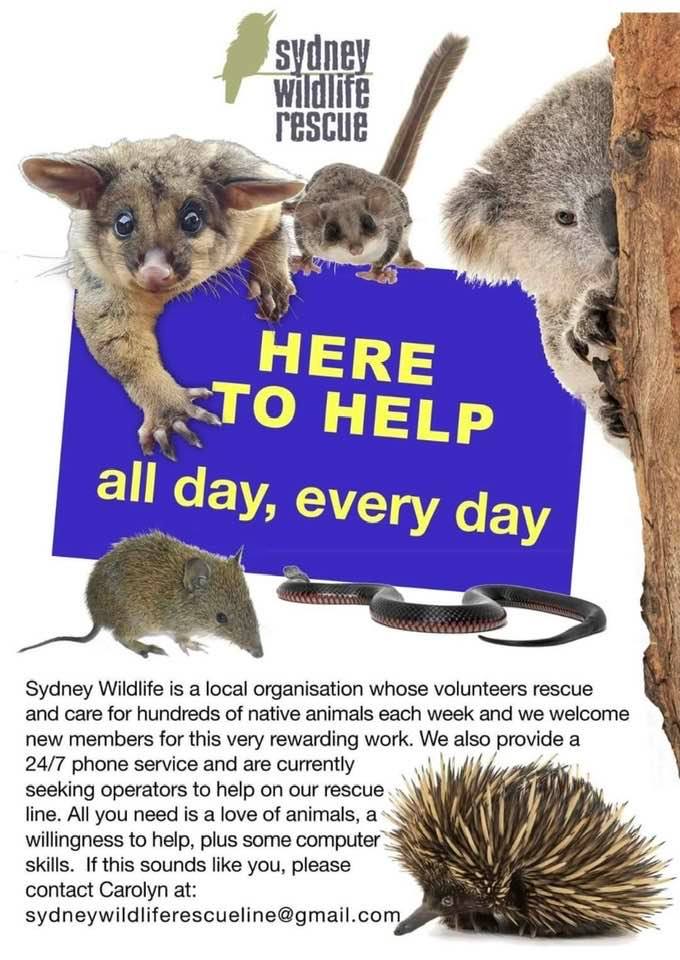
Bushcare In Pittwater
Where we work Which day What time
Avalon
Angophora Reserve 3rd Sunday 8:30 - 11:30am
Avalon Dunes 1st Sunday 8:30 - 11:30am
Avalon Golf Course 2nd Wednesday 3 - 5:30pm
Careel Creek 4th Saturday 8:30 - 11:30am
Toongari Reserve 3rd Saturday 9 - 12noon (8 - 11am in summer)
Bangalley Headland 2nd Sunday 9 to 12noon
Bayview
Winnererremy Bay 4th Sunday 9 to 12noon
Bilgola
North Bilgola Beach 3rd Monday 9 - 12noon
Algona Reserve 1st Saturday 9 - 12noon
Plateau Park 1st Friday 8:30 - 11:30am
Church Point
Browns Bay Reserve 1st Tuesday 9 - 12noon
McCarrs Creek Reserve Contact Bushcare Officer To be confirmed
Clareville
Old Wharf Reserve 3rd Saturday 8 - 11am
Elanora
Kundibah Reserve 4th Sunday 8:30 - 11:30am
Mona Vale
Mona Vale Beach Basin 1st Saturday 8 - 11am
Mona Vale Dunes 2nd Saturday +3rd Thursday 8:30 - 11:30am
Newport
Bungan Beach 4th Sunday 9 - 12noon
Crescent Reserve 3rd Sunday 9 - 12noon
North Newport Beach 4th Saturday 8:30 - 11:30am
Porter Reserve 2nd Saturday 8 - 11am
North Narrabeen
Irrawong Reserve 2nd Saturday 2 - 5pm
Palm Beach
North Palm Beach Dunes 3rd Saturday 9 - 12noon
Scotland Island
Catherine Park 2nd Sunday 10 - 12:30pm
Elizabeth Park 1st Saturday 9 - 12noon
Pathilda Reserve 3rd Saturday 9 - 12noon
Warriewood
Warriewood Wetlands 1st Sunday 8:30 - 11:30am
Whale Beach
Norma Park 1st Friday 9 - 12noon
Western Foreshores
Coopers Point, Elvina Bay 2nd Sunday 10 - 1pm
Rocky Point, Elvina Bay 1st Monday 9 - 12noon
Friends Of Narrabeen Lagoon Catchment Activities

Gardens And Environment Groups And Organisations In Pittwater
Toondah Harbour Proposal Will Undermine Global Protection Of Wetlands: BirdLife Australia Vehemently Opposes The Proposal
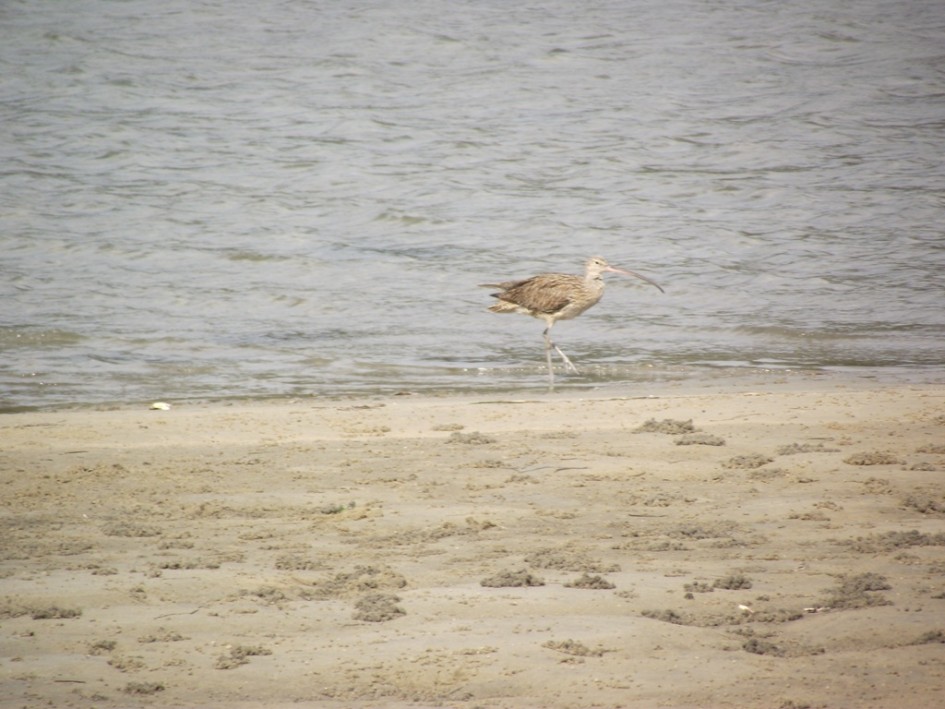
Eastern Curlew at Careel Bay foreshore in October 2011 - A J Guesdon photo
Raising Warragamba Dam Wall Threatens Birds On The Edge: Regents Threatened By Floods Upstream Of Megadam
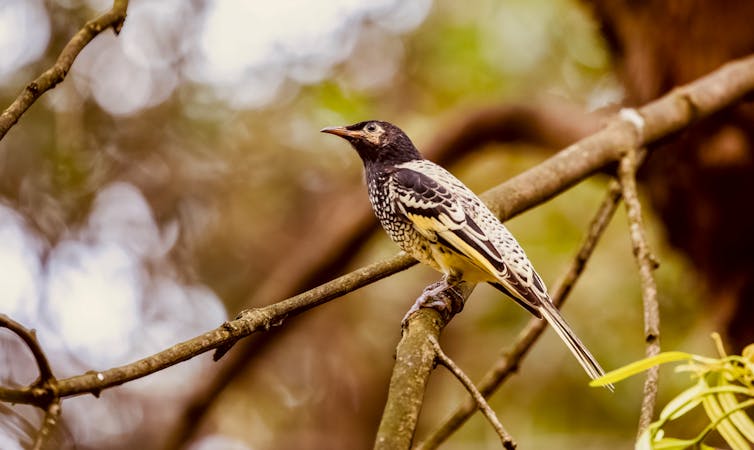
Touch Down!
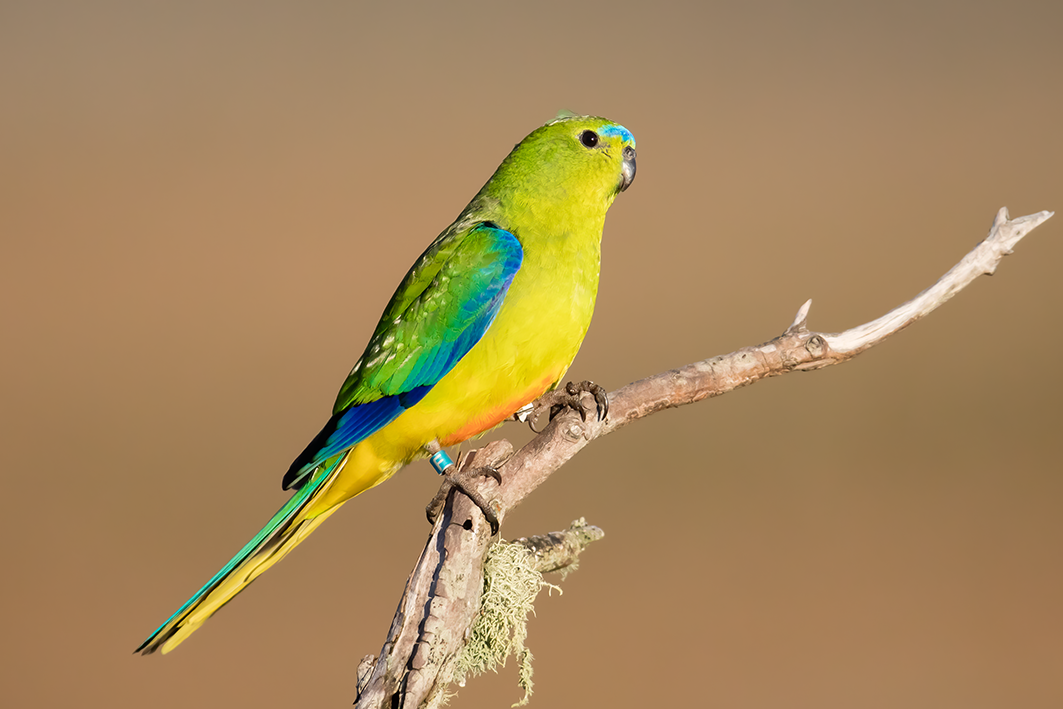
The wild weather of La Niña could wipe out vast stretches of Australia’s beaches and sand dunes
Javier Leon, University of the Sunshine CoastAustralians along the east cost are bracing for yet another round of heavy rainfall this weekend, after a band of stormy weather soaked most of the continent this week.
The Bureau of Meteorology has alerted southern inland Queensland, eastern New South Wales, Victoria and northern Tasmania to ongoing flood risks, as the rain falls on already flooded or saturated catchments.
This widespread wet weather heralds Australia’s rare third back-to-back La Niña, which goes hand-in-hand with heavy rain. There is, however, another pressing issue arising from La Niña events: coastal erosion.
The wild weather associated with La Niña will drive more erosion along Australia’s east coast – enough to wipe out entire stretches of beaches and dunes, if all factors align. So, it’s important we heed lessons from past storms and plan ahead, as climate change will only exacerbate future coastal disasters.
How La Niña Batters Coastlines
La Niña is associated with warmer waters in the western Pacific Ocean, which increase storminess off Australia’s east coast. Chances of a higher number of tropical cyclones increase, as do the chances of cyclones travelling further south and further inland, and of more frequent passages of east coast lows.
Australians had a taste of this in 1967, when the Gold Coast was hit by the largest storm cluster on record, made up of four cyclones and three east coast lows within six months. 1967 wasn’t even an official La Niña year, with the index just below the La Niña threshold.
Such frequency didn’t allow beaches to recover between storms, and the overall erosion was unprecedented. It forced many local residents to use anything on hand, even cars, to protect their properties and other infrastructure.
Official La Niña events occurred soon after. This included a double-dip La Niña between 1970 and 1972, followed by a triple-dip La Niña between 1973 and 1976.
These events fuelled two cyclones in 1972, two in 1974 and one in 1976, wreaking havoc along the entire east coast of Australia. Indeed, 1967 and 1974 are considered record years for storm-induced coastal erosion.
Studies show the extreme erosion of 1974 was caused by a combination of large waves coinciding with above-average high tides. It took over ten years for the sand to come back to the beach and for dunes to recover. However, recent studies also show single extreme storms can bring back considerable amounts of sand from deeper waters.
La Niña also modifies the direction of waves along the east coast, resulting in waves approaching from a more easterly direction (anticlockwise).
This subtle change has huge implications when it comes to erosion of otherwise more sheltered north-facing beaches. We saw this during the recent, and relatively weaker, double La Niña of 2016-18.
In 2016, an east coast low of only moderate intensity produced extreme erosion, similar to that of 1974. Scenes of destruction along NSW – including a collapsed backyard pool on Collaroy Beach – are now iconic.
This is largely because wave direction deviated from the average by 45 degrees anticlockwise, during winter solstice spring tides when water levels are higher.
All Ducks Aligned?
The current triple-dip La Niña started in 2020. Based on Australia’s limited record since 1900, we know the final events in such sequences tend to be the weakest.
However, when it comes to coastal hazards, history tells us smaller but more frequent storms can cause as much or more erosion than one large event. This is mostly about the combination of storm direction, sequencing and high water levels.
For example, Bribie Island in Queensland was hit by relatively large easterly waves from ex-Tropical Cyclone Seth earlier this year, coinciding with above-average high tides. This caused the island to split in two and form a 300-metre wide passage of seawater.
Further, the prolonged period of easterly waves since 2020 has already taken a toll on beaches and dunes in Australia.
Traditionally, spring is the season when sand is transported onshore under fair-weather waves, building back wide beaches and tall dunes nearest to the sea. However, beaches haven’t had time to fully recover from the previous two years, which makes them more vulnerable to future erosion.
Repeated elevation measurements by our team and citizen scientists along beaches in the Sunshine Coast and Noosa show shorelines have eroded more than 10m landwards since the beginning of this year. As the photo below shows, 2-3m high erosion scarps (which look like small cliffs) have formed along dunes due to frequent heavy rainfalls and waves.
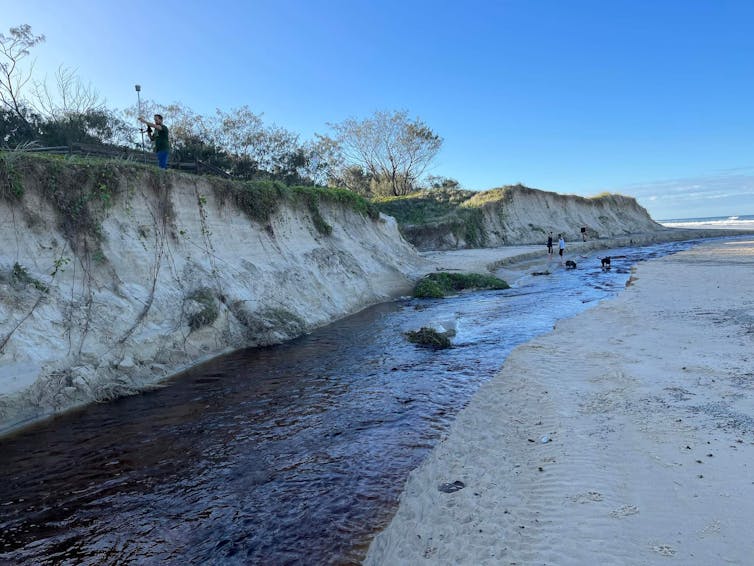
On the other hand, we can also see that the wet weather has led to greater growth of vegetation on dunes, such as native spinifex and dune bean.
Experiments in laboratory settings show dune vegetation can dissipate up to 40-50% of the water level reached as a result of waves, and reduce erosion. But whether this increase in dune vegetation mitigates further erosion remains to be seen.
A Challenging Future
The chances of witnessing coastal hazards similar to those in 1967 or 1974 in the coming season are real and, in the unfortunate case they materialise, we should be ready to act. Councils and communities need to prepare ahead and work together towards recovery if disaster strikes using, for example, sand nourishment and sandbags.
Looking ahead, it remains essential to further our understanding about coastal dynamics – especially in a changing climate – so we can better manage densely populated coastal regions.
After all, much of what we know about the dynamics of Australia’s east coast has been supported by coastal monitoring programs, which were implemented along Queensland and NSW after the 1967 and 1974 storms.
Scientists predict that La Niña conditions along the east coast of Australia – such as warmer waters, higher sea levels, stronger waves and more waves coming from the east – will become the norm under climate change.
It’s crucial we start having a serious conversation about coastal adaptation strategies, including implementing a managed retreat. The longer we take, the higher the costs will be.![]()
Javier Leon, Senior lecturer, University of the Sunshine Coast
This article is republished from The Conversation under a Creative Commons license. Read the original article.
On our wettest days, stormclouds can dump 30 trillion litres of water across Australia

This week, rain has drenched almost all of Australia – even the arid interior. The heaviest falls have hit the continent’s southeast, where the huge deluge has just propelled Sydney past its annual rainfall record of 2.2 metres with three months to go until year’s end.
Other parts of the eastern seaboard are bracing for yet more flooding in coming days. So what’s actually causing all this rain?
It all started last week, when unusually warm seas off northwest Australia gave off vast volumes of moist air. This air rose to form huge clouds which, propelled by winds, carried billions of tonnes of water across the continent.
Clouds might look fluffy and insubstantial, but they actually carry truly gigantic quantities of water. Let’s take the nearly 100 millimetres of rain that’s fallen so far this week on Sydney’s inner city – about 25 square kilometres. That’s about 2.5 billion litres of water!
On the wettest days, we can accumulate more than 4mm of rain on average across the whole continent. This equates to about 30 trillion litres of water. Or, to use the colloquial Australian measurement, 60 Sydney Harbour’s worth (1 Sydharb = 500 gigalitres).
Why Do We Get Rain In The First Place?
Major rain events need two main ingredients: moisture and rising motion in the atmosphere. Most of that moisture comes from evaporation from oceans but some comes from evaporation from the land, especially when it’s wet.
We get rising motion with surface heating or when air is forced to go up over obstacles (like mountains), or when we have weather systems that cause the air to ascend.
A blob of moist air rising from the surface will expand as it moves higher up in the atmosphere, since air pressure drops quickly with height. This is why balloons eventually pop when they go up in the sky. We can’t see this blob as it rises – it hasn’t turned white and fluffy yet.
The expansion of this moist air blob requires work, so energy has to be found from somewhere. The energy is taken from the movement of air and water molecules within the blob, and since temperature is a measure of the movement of molecules, the air cools.
As the air cools and the water molecules slow down, they stick together more easily, forming droplets. This is the process of condensation and it results in clouds forming. Clouds range in sizes but the biggest cumulonimbus – towering dark storm clouds – can reach more than 10km above the surface.
Even small clouds contain a lot of water. A single cloud covering one cubic kilometre would hold around 500 tonnes of water. You might wonder why this weight doesn’t bring the whole cloud down immediately. The answer is the moisture is very spread out throughout the cloud, and the air beneath the cloud is denser.
At a certain point, enough water has condensed and come together into droplets for gravity to win out and pull the water to the ground as rain.
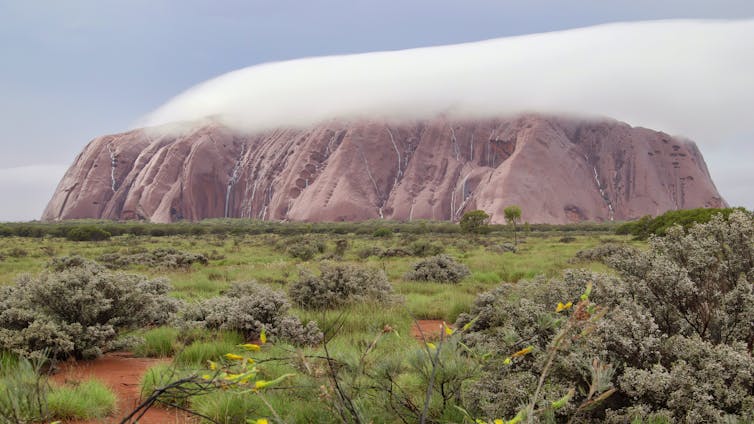
So Why’s It Raining So Much Right Now?
Right now, we have abundant moisture in the air. The weather is primed to move moisture up through the atmosphere, via low pressure systems and cold fronts moving from west to east.
Low pressure systems mean air pressure is lower than the surrounding areas. Because nature likes to even things out, air at the surface moves in to try and cancel out differences in pressure, although the rotation of the Earth forces the air to spiral in rather than moving directly in. This creates winds which move in towards the low pressure centre and then have to move upwards, carrying moisture with them. That’s why low pressure systems are associated with winds and rain.
Cold fronts are characterised by rising masses of air because they mark divisions between colder and warmer air. The warmer air is less dense and forced to rise over the colder air.
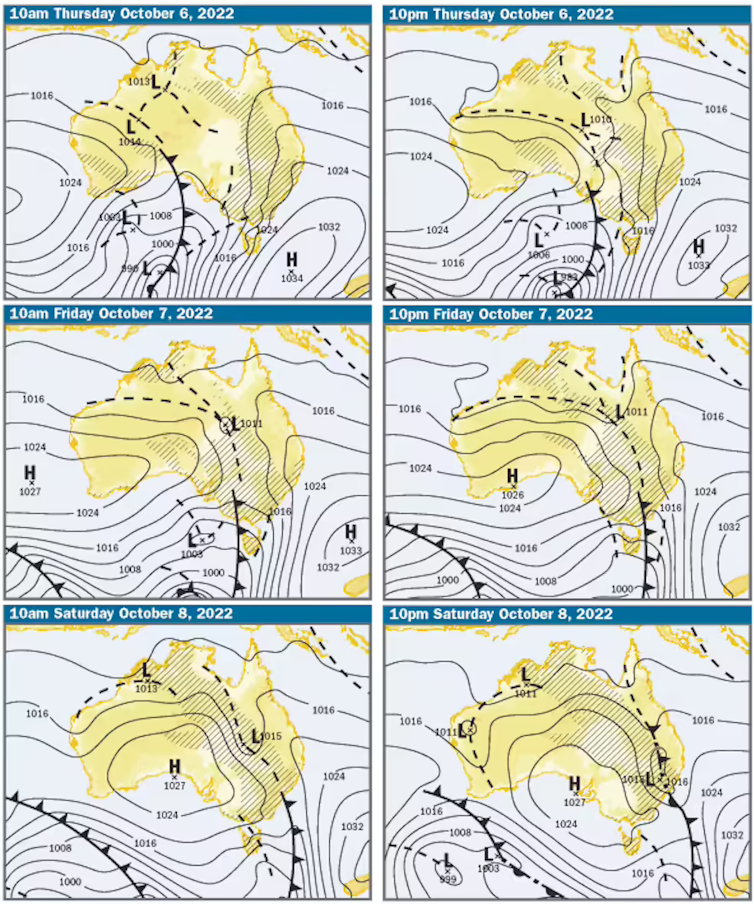
Why is there so much moisture in the air? That’s linked to warmer sea temperatures off northern Australia, which cause more water to evaporate from the sea surface.
La Niña conditions – which we’re experiencing for the third year running – brings cooler seas in the central and eastern Pacific Ocean near the equator and above-average sea surface temperatures in the western Pacific, including around Australia.
But La Niña has company. We also have what’s called a negative Indian Ocean Dipole, where westerly winds intensify, warming the waters around Indonesia and Australia’s northwest.
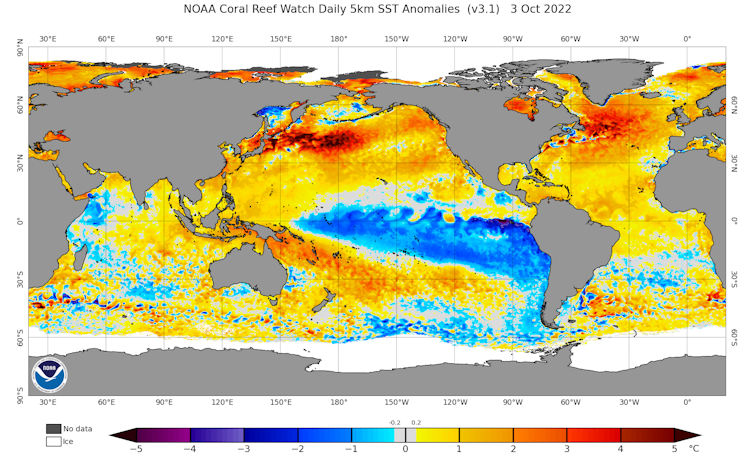
With these two climate cycles intersecting, we get more and more moisture in the air around Australia. When low pressure systems emerge, they draw the moisture over the continent and cause the air to rise and form heavily-laden clouds.
We can get heavy rains without La Niña, but La Niña loads the dice, making it more likely we get heavier and more widespread rain events. For example, the chance of having a wet day across a third of Australia more than doubles during La Niña compared to neutral conditions – and is more than five times more likely than in an El Niño event.
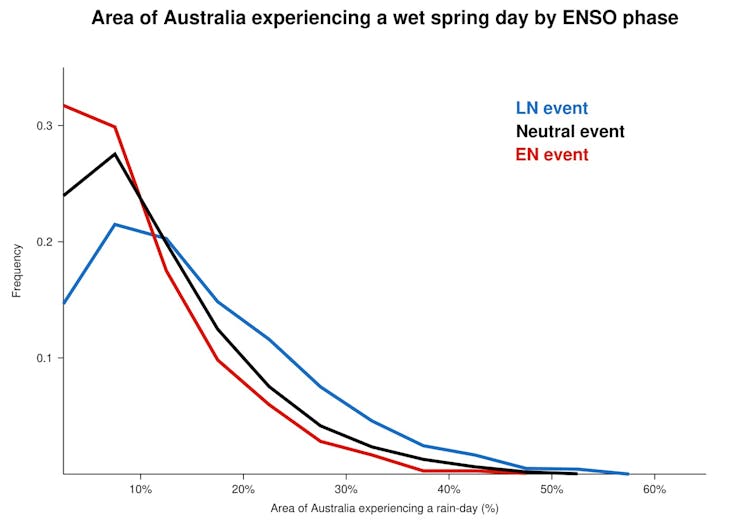
During most spring days, only a small percentage of Australia has a day with more than 1mm of rain. But occasionally, we can have days when a third or more of the continent experiences rain – just as we’ve seen this week.
Rain, Rain, Go Away
With the devastating floods of February and March still fresh in our memories, most Australians will be hoping for the rain to stop.
But the deluge isn’t done with us yet.
As La Niña continues, we can expect more widespread heavy rain events. And since eastern Australia’s soils are saturated in many areas, there’s a renewed chance of flooding.
By the start of next year, most forecast models predict a weakening La Niña. But it will most likely be a wet summer. Keep your eye on the horizon – and look for the clouds. ![]()
Andrew King, Senior Lecturer in Climate Science, The University of Melbourne
This article is republished from The Conversation under a Creative Commons license. Read the original article.
Labor’s plan to save threatened species is an improvement – but it’s still well short of what we need
Euan Ritchie, Deakin University; Megan C Evans, UNSW Sydney, and Yung En Chee, The University of MelbourneAustralia’s dire and shameful conservation record is well established. The world’s highest number of recent mammal extinctions – 39 since colonisation. Ecosystems collapsing from the north to the south, across our lands and waters. Even species that have survived so far are at risk, as the sad list of threatened species and ecological communities continues to grow.
During the election campaign, Labor pledged to turn this around. On Tuesday, federal Environment Minister Tanya Plibersek announced what this would look like: a new action plan for 110 threatened species. The goal: no new extinctions. “Our current approach has not been working. If we keep doing what we’ve been doing, we’ll keep getting the same results,” Plibersek said.
But is this really a step change? Let’s be clear. This plan is a welcome improvement – especially the focus on First Nations rangers and Indigenous knowledge, clearer targets, better monitoring and the goal of protecting 30% of Australia’s lands and seas within five years.
But the funding is wholly inadequate. The A$225 million committed is an order of magnitude less than what we need to actually bring these threatened species back from oblivion. The grim reality is this plan is nowhere near enough to halt the extinctions. Here’s why.
There’s Nowhere Near Enough Funding
Conservation costs money. Recovering threatened species takes effort. Tackling the threats that are pushing them over the edge, from feral cats to land clearing, is expensive. “Measures of last resort”, such as captive breeding, creation of safe havens and translocations, takes more still.
How much is enough? Estimates put it at A$1.7 billion per year. This is around one-seventh of the money Australian governments spent on fossil fuel subsidies last financial year. If there’s funding for that, there should be funding for wildlife.
Make no mistake – starving conservation of adequate funding is a choice. For decades, Australia’s unique environment and wildlife have been thrown consolation crumbs of funding – even though they are our collective natural heritage, fundamental to human survival, wellbeing and economic prosperity, and a major draw card for tourists and locals. You can see the results for yourself: more extinctions and many more threatened species.
Picking Winners Means Many Species Will Lose
Labor’s plan is focused on arresting the decline of 110 species, and 20 places such as the Australian Alps, Bruny Island and Kakadu and West Arnhem Land.
Unfortunately, that’s a drop in the ocean. Combined, we now have more than 2,000 species and ecological communities listed as threatened. Picking species to survive betrays our remarkable, diverse and largely unique plants, animals and ecosystems. It suggests – wrongly – that we have to choose winners and losers, when in fact we could save them all.
The plan assumes recovering priority species may help conserve other threatened species in the same areas and habitats. This is questionable, given only around 6% of listed threatened species are slated to receive priority funding, and how much the needs of different species can vary even in the same habitats and ecosystems. Different species respond very differently to fire regimes, for instance.
Policies And Laws Are Essential
Funding by itself isn’t enough. Unless all levels of governments enact and enforce effective policies aimed at conserving species and their homes, the situation will worsen. Australians are still waiting to see what reforms actually emerge from Graeme Samuel’s sweeping review of the main laws governing biodiversity and environmental protection.
Alignment of policies is vital. What’s the point of saving a rare finch from land clearing if you’re simultaneously opening up huge areas to fracking, polluting groundwater and adding yet more emissions to our overheated atmosphere? Despite Labor’s rhetoric on threatened species and climate change, they are still committed to more coal and gas.
Similarly, native vegetation clearing and habitat loss is barely mentioned in the threatened species plan. Yet these are leading causes of environmental degradation, as the 2021 State of the Environment Report makes clear.
If you want to save the critically endangered western ringtail possum and endangered black cockatoos, why would you approve the clearing of habitat vital to their existence? The Labor government did just that in July.
Conserving More Land Isn’t A Panacea
Protecting 30% of Australia’s lands and oceans by 2030 sounds great. But protecting degraded farmland is not the same as protecting a biodiverse grassland or wetland. And establishing protected areas is not the same as effective management.
To get this right, the new areas must add to our existing conservation estates by adding species and ecological communities with little or no representation. They must help species move as they would have before European colonisation, by connecting protected areas separated by human settlement or farms. And there must be enough money to actually look after the land. There’s no point protecting ever-larger tracts of degraded, weed-infested, rabbit, deer, horse, pig, fox and cat-filled land.

The 50 million hectares of land and sea to be added by 2027 is supposed to come almost entirely from Indigenous Protected Areas. But again, where’s the funding? Right now, these land and sea areas get a pittance – a few cents per hectare per year.
It’s also important to support conservation on private land, where many threatened species live and where significant gains can be made. Maintaining wildlife on private land can also help farmers and landholders through pollination and seed dispersal as well as broader ecosystem health.
We Need Laws With Teeth
If you liked it, you should have put a law around it. If the federal government is serious about ending extinctions, it should be enshrined in legislation. As it stands, “zero extinctions” is a promise with no clear way for us to see who is responsible or how the promise will be kept.
Too cynical? Alas, there’s a very real trend here. Successive governments have avoided accountability for losing species doing exactly this. They release strategies on glossy paper which note we all have a role to play in conservation – but strangely omit the part about who is responsible when a species dies out. If you want to save species, make human careers depend on species staying alive.
We know strong legislation and billions rather than millions of dollars are needed to stop extinctions. So far, the new government has announced inadequate funding, a non-binding strategy with an aspirational goal, and a seemingly rushed idea of a biodiversity market, dubbed “green Wall Street”, which made conservationists including the Wentworth Group of Concerned Scientists very concerned.
Tossing breadcrumbs to conservation is what we’ve done for decades. It’s a major reason why our unique species are in this mess. Time’s up.![]()
Euan Ritchie, Professor in Wildlife Ecology and Conservation, Centre for Integrative Ecology, School of Life & Environmental Sciences, Deakin University; Megan C Evans, Senior Lecturer and ARC DECRA Fellow, UNSW Sydney, and Yung En Chee, Senior Research Fellow, Environmental Science, The University of Melbourne
This article is republished from The Conversation under a Creative Commons license. Read the original article.
Australia has hundreds of mammal species. We want to find them all – before they’re gone
Andrew M. Baker, Queensland University of Technology; Diana Fisher, The University of Queensland; Greta Frankham, Australian Museum; Kenny Travouillon, Western Australian Museum; Linette Umbrello, Western Australian Museum; Mark Eldridge, Australian Museum; Sally Potter, Macquarie University, and Stephen Jackson, Australian MuseumLife on Earth is undergoing a period of mass extinction – the sixth in history, and the first caused by humans. As species disappear at an alarming rate, we have learned that we understand only a fraction of Earth’s variety of life.
The task of describing this biodiversity before it is lost relies on the discipline of taxonomy, the scientific practice of classifying and naming organisms.
But taxonomy is far more than just naming things. It underpins an enormous range of human activities, including biology (via health and conservation management), the economy (via agriculture and biosecurity) and many other areas of endeavour.
Unfortunately, taxonomy is suffering globally from reduced support and funding. This is an area of ongoing concern recognised in Australia’s State of the Environment report released in July this year. The workforce of taxonomists has declined when it is needed most.
Taxonomists Unite
So, what is being done?
Communities of taxonomists in Australia and the world over are making a concerted effort to face the challenge of naming and understanding Earth’s unknown species.
Australian taxonomists are garnering support to achieve the goal of documenting all Australian species by 2050.
This ambitious plan requires not just government and other external support but also co-ordination of our taxonomists. Success will mean bringing together those who study lesser-known groups, such as insects, spiders and fungi, with those who work on more familiar groups such as vertebrates, including mammals.
Mammals Under Threat
Mammals are perhaps the best known and cherished group of species on the planet. Even so, many mammals remain undiscovered.
Mammals are also among the most threatened animal groups globally. And because it has contributed the most species to the list, Australia has the worst modern mammal extinction record of any country, along with one of the most distinctive mammal faunas on Earth: about 90% of our terrestrial mammals live nowhere else.
More than 100 species that lived only in Australia are recognised as having become extinct since 1788.

Thirty-nine of these extinct species are mammals. Most recently, this includes the Bramble Cay melomys (Melomys rubicola), a native rodent declared extinct in 2016, and the first known mammal extinction due at least in part to human-induced climate change.
In the face of an avalanche of human-mediated threats, including climate warming, land-use change and introduction of pest species, are the host of hidden mammal species destined for extinction before they are even discovered, described and known to humanity?
The Australasian Mammal Taxonomy Consortium
To help address this existential threat, and in response to the call to arms within Australian taxonomy, we have formed the Australasian Mammal Taxonomy Consortium (AMTC), a group affiliated with the Australian Mammal Society.
The consortium aims to promote stability and consensus, provide advice and guidance, and promote the cause and importance of Australasian mammal taxonomy to both scientists and the broader public.
We have recently introduced the aspirations and aims of our group in a review paper and published our first list of species, covering Australian mammals.
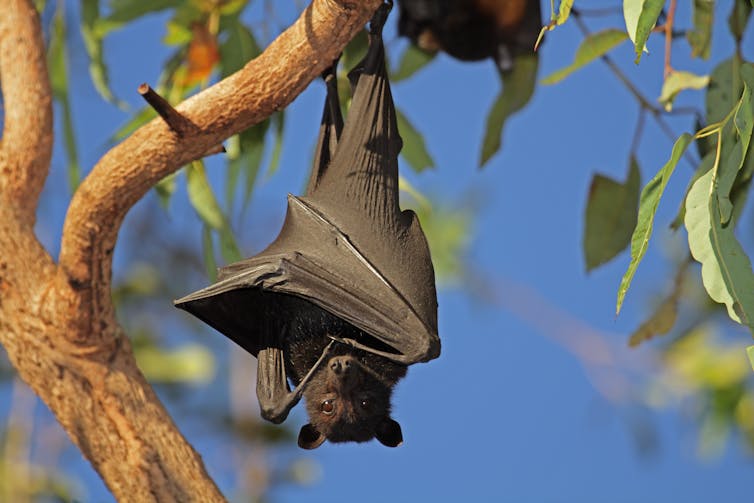
We recognise 404 Australian mammal species, including 2 monotremes (platypus and short-beaked echidna), 175 marsupials (such as the Tasmanian devil, the numbat, the koala, kangaroos and so on) and 227 placentals (such as rodents, bats, seals, whales and dolphins). The list includes 11 species, and numerous subspecies, that have only been discovered and formally named in the past decade.
A suite of other recognised variable forms, new species-in-waiting, need study and description.
The Australian mammal species list will be updated annually to incorporate new species names. In the future, working with research groups throughout the region, we will produce lists of mammal species found elsewhere in Australasia.
A New Launching Point
We hope this will standardise the use of mammal species names, highlight groups where further taxonomic work is required, and provide a launching point for this work.
In the past decade, rapid DNA sequencing has revolutionised our ability to understand biodiversity, even while species loss to extinction at the hands of humanity is at an all-time high. This juxtaposition makes it both an exciting and critically important time for taxonomy.
We hope the Australasian Mammal Taxonomy Consortium can do its part to help grow and focus an interest to better understand and conserve our precious Australasian mammals before it is too late.
The authors comprise a steering committee representing the broader Australasian Mammal Taxonomy Consortium working group, which includes more than 30 members.![]()
Andrew M. Baker, Senior Lecturer in Ecology and Environmental Science, Queensland University of Technology; Diana Fisher, Associate Professor, School of Biological Sciences, The University of Queensland; Greta Frankham, Scientific Officer, Australian Centre for Wildlife Genomics, Australian Museum; Kenny Travouillon, Curator of Mammals, Western Australian Museum; Linette Umbrello, Research Associate – Terrestrial Zoology, Western Australian Museum; Mark Eldridge, Principal Research Scientist, Terrestrial Vertebrates, Australian Museum; Sally Potter, Australian Research Council Future Fellow, School of Natural Sciences, Macquarie University, and Stephen Jackson, Associate Director, Collection Enhancement Project, Australian Museum
This article is republished from The Conversation under a Creative Commons license. Read the original article.
740,000km of fishing line and 14 billion hooks: we reveal just how much fishing gear is lost at sea each year
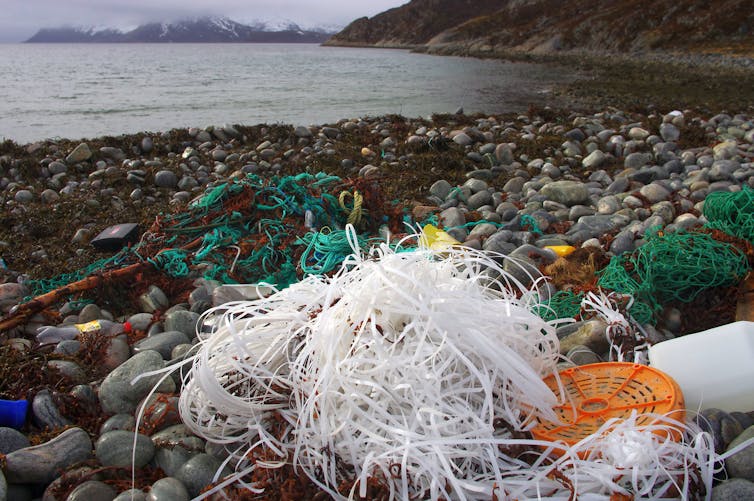
Two per cent of all fishing gear used worldwide ends up polluting the oceans, our new research finds. To put that into perspective, the amount of longline fishing gear littering the ocean each year can circle the Earth more than 18 times.
We interviewed 450 fishers from seven of the world’s biggest fishing countries including Peru, Indonesia, Morocco and the United States, to find out just how much gear enters the global ocean. We found at current loss rates, in 65 years there would be enough fishing nets littering the sea to cover the entire planet.
This lost fishing equipment, known as ghost gear, can cause heavy social, economic and environmental damage. Hundreds of thousands of animals are estimated to die each year from unintentional capture in fishing nets. Derelict nets can continue to fish indiscriminately for decades.
Our research findings help highlight where to focus efforts to stem the tide of fishing pollution. It can also help inform fisheries management and policy interventions from local to global scales.
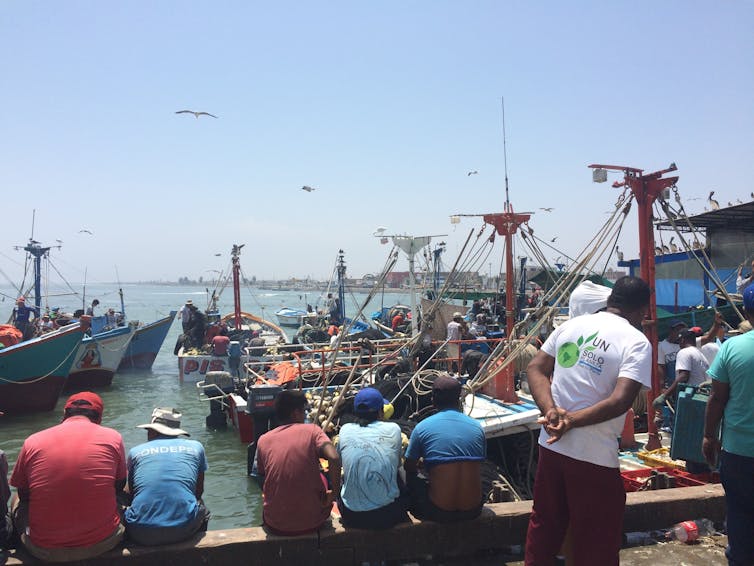
14 Billion Longline Hooks Litter The Sea Each Year
The data we collected came directly from fishers themselves. They experience this issue firsthand and are best poised to inform our understanding of fishing gear losses.
We surveyed fishers using five major gear types: gillnets, longlines, purse seine nets, trawl nets, and pots and traps.
We asked how much fishing gear they used and lost annually, and what gear and vessel characteristics could be making the problem worse. This included vessel and gear size, whether the gear contacts the seafloor, and the total amount of gear used by the vessel.
We coupled these surveys with information on global fishing effort data from commercial fisheries.
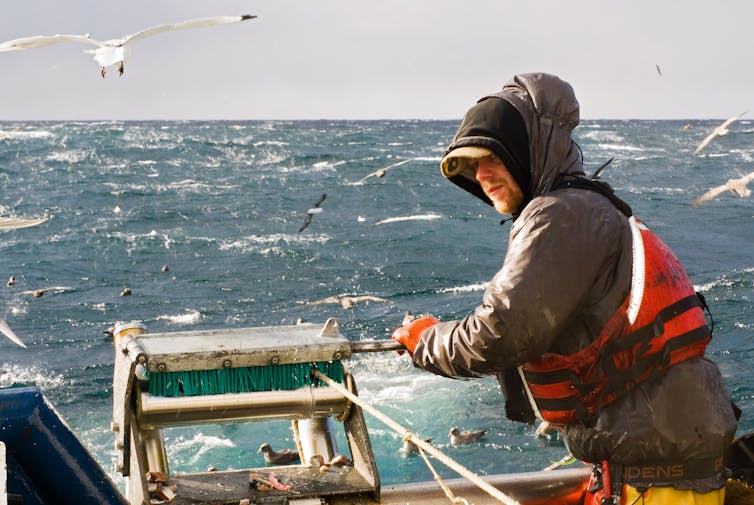
Fishers use different types of nets to catch different types of fish. Our research found the amount of nets littering the ocean each year include:
- 740,000 kilometres of longline mainlines
- nearly 3,000 square kilometres of gill nets
- 218 square kilometres of trawl nets
- 75,000 square kilometres of purse seine nets
In addition, fishers lose over 25 million pots and traps and nearly 14 billion longline hooks each year.
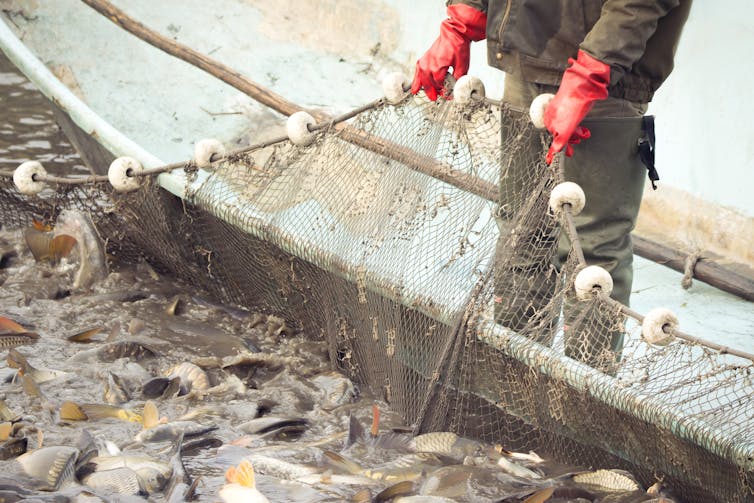
These estimates cover only commercial fisheries, and don’t include the amount of fishing line and other gear lost by recreational fishers.
We also estimate that between 1.7% and 4.6% of all land-based plastic waste travels into the sea. This amount likely exceeds lost fishing gear.
However, fishing gear is designed to catch animals and so is generally understood as the most environmentally damaging type of plastic pollution in research to date.

Harming Fishers And Marine Life
Nearly 700 species of marine life are known to interact with marine debris, many of which are near threatened. Australian and US research in 2016 found fishing gear poses the biggest entanglement threats to marine fauna such as sea turtles, marine mammals, seabirds and whales.
Other marine wildlife including sawfish, dugong, hammerhead sharks and crocodiles are also known to get entangled in fishing gear. Other key problematic items include balloons and plastic bags.
Lost fishing gear is not only an environmental risk, but it also has an economic impact for the fishers themselves. Every metre of lost net or line is a cost to the fisher – not only to replace the gear but also in its potential catch.
Additionally, many fisheries have already gone through significant reforms to reduce their environmental impact and improve the sustainability of their operations.

Some losses are attributable to how gear is operated. For instance, bottom trawl nets – which can get caught on reefs – are lost more often that nets that don’t make contact with the sea floor.
The conditions of the ocean can also make a significant difference. For example, fishers commonly reported that bad weather and overcrowding contributes to gear losses. Conflicts between gears coming into contact can also result in gear losses, such as when towed nets cross drifting longlines or gillnets.
Where fish are depleted, fishers must expend more effort, operate in worse conditions or locations, and are more likely to come in contact with others’ gear. All these features increase losses.
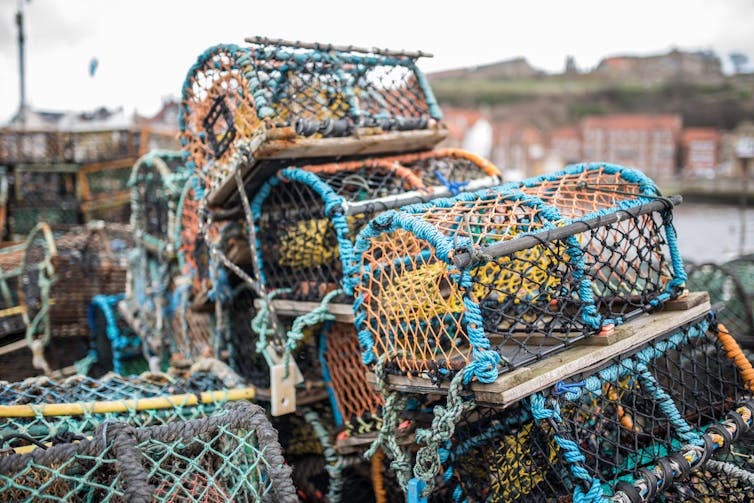
What Do We Do About It?
We actually found lower levels of fishing gear losses in our current study than in a previous review of the historical literature on the topic. Technological improvements, such as better weather forecasts and improved marking and tracking of fishing gear may be reducing loss rates.
Incentives can further reduce losses resulting in ghost gear. This could include buyback programs for end-of-life fishing gear, reduced cost loans for net replacement, and waste receptacles in ports to encourage fishers to return used fishing gear.
Technological improvements and management interventions could also make a difference, such as requirements to mark and track gear, as well as regular gear maintenance and repairs.
Developing effective fishing management systems can improve food security, leave us with a healthier environment, and create more profitable businesses for the fishers who operate in it.![]()
Britta Denise Hardesty, Senior Principal Research Scientist, Oceans and Atmosphere, CSIRO; Chris Wilcox, Senior Principal Research Scientist, CSIRO; Joanna Vince, Associate professor, University of Tasmania, and Kelsey Richardson, PhD Candidate, CSIRO
This article is republished from The Conversation under a Creative Commons license. Read the original article.
Megadroughts helped topple ancient empires. We’ve found their traces in Australia’s past, and expect more to come
Kathryn Allen, University of Tasmania; Alison O'Donnell, The University of Western Australia; Benjamin I. Cook, Columbia University; Jonathan Palmer, UNSW Sydney, and Pauline Grierson, The University of Western AustraliaMost Australians have known drought in their lifetimes, and have memories of cracked earth and empty streams, paddocks of dust and stories of city reservoirs with only a few weeks’ storage. But our new research finds over the last 1,000 years, Australia has suffered longer, larger and more severe droughts than those recorded over the last century.
These are called “megadroughts”, and they’re likely to occur again in coming decades. Megadroughts can last multiple decades – or even centuries – with occasional wet years offering only brief relief. Megadroughts can also be shorter periods of very extreme conditions.
We show megadroughts have occurred several times across every inhabited continent over the last two millennia. They’ve dealt profound damage to agriculture and water supplies, increased fire risk, and have even contributed to toppling civilisations.
Unless we incorporate the full potential of Australian drought into our planning, management and design, their impacts on society and the environment will likely worsen in coming decades.
The Role Of Climate Change
Instrumental records only go back so far. In Australia, they cover only the last 120 years or so. Scientists can gauge local, yearly climate further back in time, by deciphering clues written in tree rings, corals, and buried ice (known as ice cores), among other archives.
To look at previous occurrences of megadroughts, we consolidated findings drawn from such datasets and a range of other long-term records.
Historically, droughts have been defined by rainfall deficits, and these deficits can be largely attributed to complex interactions between oceans and the atmosphere over a long time. For example, decades-long La Niña conditions have been linked to medieval droughts in North and South America.
In contrast, research suggests human-caused climate change is now playing a more important role in amplifying drought conditions, as rising global temperatures increase evaporation.
There is some uncertainty in climate models about the effect of climate change on rainfall at local and regional scales. However, climate change is putting places that have previously endured megadroughts – such as Australia – at an increased risk of megadroughts in future.
Megadroughts And Collapsing Civilisations
Currently, parts of the United States – including Arizona, Nevada and Utah – are in the throes of a megadrought, lasting some two decades. Historically, megadroughts have profoundly impacted societies and environments.
In the American southwest, megadroughts in the late 1200s likely contributed to the desertion of the Mesa Verde cliff dwellings. Likewise, the Hohokam peoples relied heavily on a canal system, and this dependence in a time of severe and extended drought may have contributed to their decline over the 14th and 15th Centuries.
In Central America, a megadrought between 1149 and 1167 likely brought instability to the Toltec state. And a megadrought between 1514-1539 weakened the Aztec state just prior to Spanish conquest.
Europe and Asia have had their share of megadroughts, too. Research shows severe megadroughts in Asia in the 1300s and early 1400s quite likely helped cause the collapse of Cambodia’s vast Khmer Empire.

Megadroughts In Australia
While many Australians may remember the severity of the Millennium Drought between 1997 and 2009, we found this drought wasn’t actually particularly unusual. Megadroughts of the same or greater severity have occurred over the past 1,000 years across several parts of Australia, and were relatively common over much of eastern Australia.
This includes megadroughts between 1500 and the 1520s, and between the 1820s and 1840s. And while relatively short, a dry period between 1789 and 1795, coinciding with European invasion, included several years of severe drought. The year 1792 in particular was extremely dry over almost all of eastern Australia.
Western Australia’s wheat belt is currently experiencing a decline in rainfall. This, too, isn’t unusual compared to droughts there in the past. Tree rings in the region reveal that longer, more severe droughts occurred there six times in the last 700 years, including the years 1393-1407, 1755-1785, and 1889-1908.
Even in Tasmania, evidence suggests prolonged dry periods occurred in the latter part of the 16th Century, with a shorter but more severe downturn from 1670-1704.
We Need To Be Better Prepared
Water management in Australia has relied on short instrumental data. These do not capture the full range of variability in our rainfall.
This means, for example, that Australia’s infrastructure may be inadequately designed or managed to cope with major flood events or prolonged dry conditions.
Now, even relatively short but very dry periods can lead to major problems. We saw this recently in Tasmania in the summer of 2015 and 2016 when, after a dry winter and spring, water levels in major catchments were minimal and fires raged in the west. The Basslink cable, which connects Tasmania to the national grid, broke, resulting in the use of diesel power generation to keep power on in the state.
Future megadroughts will amplify the pressures on already degraded Australian ecosystems. We know from Australia’s recent past the harm relatively smaller droughts can impose on the environment, the economy, and our mental and physical health.
We must carefully consider whether current management regimes and water infrastructure are fit-for-purpose, given the projected increased frequency of megadroughts.
It’s difficult to plan effectively without fully understanding even natural variability. And this means better appreciating the data we have from archives such as tree rings, corals and ice cores – crucial windows to our distant past.![]()
Kathryn Allen, ARC Future Fellow, University of Tasmania; Alison O'Donnell, Adjunct Research Fellow, The University of Western Australia; Benjamin I. Cook, Climate Scientist, Columbia University; Jonathan Palmer, Research Fellow, School of Biological, Earth and Environmental Sciences., UNSW Sydney, and Pauline Grierson, Director, West Australian Biogeochemistry Centre; Professor School of Biological Sciences, The University of Western Australia
This article is republished from The Conversation under a Creative Commons license. Read the original article.
A secretive legal system lets fossil fuel investors sue countries over policies to keep oil and gas in the ground – podcast

A new barrier to climate action is opening up in an obscure and secretive part of international trade law, which fossil fuel investors are using to sue countries if policy decisions go against them.
In this episode of The Conversation Weekly podcast, we speak to experts about the investor-state dispute settlement (ISDS) mechanism and how it works. Many are worried that these clauses in international trade deals could jeopardise global efforts to save the climate – costing countries billions of dollars in the process.
ISDS clauses were first introduced into international trade agreements in the post-colonial period. Most of these treaties were between a developed and a developing country. “It was really intended in the first instance to protect the interests of multinational companies from the global north when they were operating in these newly decolonised parts of the world,” explains Kyla Tienhaara, an expert in ISDS and environmental governance at Queen’s University in Ontario, Canada.
Yet Tienhaara says the use of ISDS has “morphed beyond all recognition” of the treaties’ original intentions, due to what she calls “creative lawyering” and the fact the system is stacked in favour of investors and against governments.
A looming concern is the chilling effect these clauses could have on countries’ decisions to phase out fossil fuels or take other action to protect the environment if investors decide to sue for compensation. In April, a summary report by the UN’s Intergovernmental Panel on Climate Change singled out ISDS clauses saying that they may “limit countries’ ability to adopt trade-related climate policies” and stick to their commitments under the 2015 Paris agreement.
In a recent study, Tienhaara and her colleagues estimated that countries could face up to US$340 billion in financial and legal risk from cancelling fossil fuel projects covered by ISDS clauses.
Some countries are more vulnerable than others because of the nature of the contracts they’ve entered into. Mozambique, with its large gas and coal reserves, is particularly so, explains Lea Di Salvatore, a PhD candidate at Nottingham University in the UK.
She analysed 29 of the country’s mega-projects for gas, coal and hydrocarbons and found that the vast majority are covered by ISDS clauses. This means that “the company can directly go and initiate an arbitration against Mozambique”, she says, if it feels a government policy has negatively affected its investment.
We hear what it’s like inside one of these arbitration rooms from Emilia Onyema, a professor of international commercial law at SOAS, University of London in the UK. “It’s a private process,” she explains. “The parties determine who the arbitrator is. They appoint the arbitrator. They pay the arbitrator. So they have more powers over the process than they would have in litigation.”
And we tell the story of one ISDS case launched against Italy by the British oil company, Rockhopper Exploration. In 2016, Italy banned oil drilling 12 nautical miles off its coast, which blocked Rockhopper’s exploration of the offshore Ombrina Mare field in the Adriatic Sea. Maria-Rita D'Orsogna, a US-based mathematician and leading campaigner against oil exploration in Abruzzo, explains what was at stake and what happened next.
Listen to the whole episode on The Conversation Weekly to find out about the fight back against ISDS, including moves to reform a big international trade treaty covering the fossil fuel industry and what countries are doing to limit their risk from ISDS climate arbitration.
This episode was produced by Gemma Ware and Mend Mariwany, with sound design by Eloise Stevens. The executive producer was Gemma Ware. Our theme music is by Neeta Sarl.
You can find us on Twitter @TC_Audio, on Instagram at theconversationdotcom or via email. You can also sign up to The Conversation’s free daily email here. A transcript of this episode will be available soon.
You can listen to “The Conversation Weekly” via any of the apps listed above, download it directly via our RSS feed, or find out how else to listen here.![]()
Gemma Ware, Editor and Co-Host, The Conversation Weekly Podcast, The Conversation and Daniel Merino, Assistant Science Editor & Co-Host of The Conversation Weekly Podcast, The Conversation
This article is republished from The Conversation under a Creative Commons license. Read the original article.
‘Astonishing’: global demand for exotic pets is driving a massive trade in unprotected wildlife
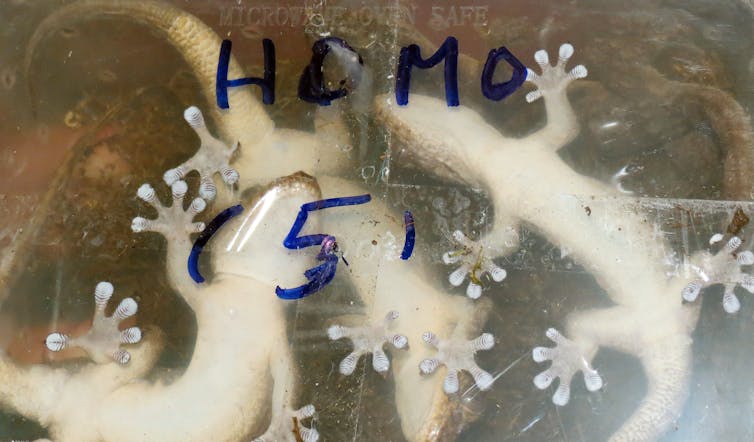
Global demand for exotic pets is increasing, a trend partly caused by social media and a shift from physical pet stores to online marketplaces.
The United States is one of the biggest markets for the wildlife trade. And our new research has identified an astonishing number of unregulated wild-caught animals being brought into the US – at a rate 11 times greater than animals regulated and protected under the relevant global convention.
Wildlife trade can have major negative consequences. It can threaten the wild populations from which animals and plants are harvested, and introduce novel invasive species to new environments. It can also lead to diseases transmitted from wildlife to humans and threaten the welfare of trafficked animals.
Tackling this problem requires an international effort – particularly by rich nations where the demand for exotic pets is greatest.

Shining A Light On The Pet Market
Most live animals transported through the wildlife trade are destined for the global, multi-billion dollar exotic pet market. Captive breeding supplies a portion of this market, but many species are collected from the wild – often illegally.
Animals such as otters, slow lorises and galagos or “bushbabies” are frequently depicted on social media as cute, and with human-like feelings and behaviours. This helps create demand for such species as pets which drives both the illegal and legal wildlife trades.
Non-native animals frequently smuggled into Australia in the past, include the corn snake, leopard gecko and red-eared slider turtle. Reptiles and birds are among the most commonly trafficked species because they can be easily transported.
Species deemed at risk from international trade are regulated through the Convention on International Trade in Endangered Species of Wild Fauna and Flora (CITES). It aims to ensure sustainable and traceable legal international trade.
But the convention lists less than 10% of all described plants and terrestrial vertebrates, and less than 1% of all fish and invertebrate species. No international regulatory framework exists to monitor the trade of the many unlisted species.
Australia has rigorous regulations for exotic pet ownership and trade. Broadly, our native wildlife cannot be commercially exported.
However, Australia’s fauna is poached from the wild and illegally exported for the international pet market. Once the animal is smuggled out of Australia, its trade in recipient countries is often not monitored or restricted.
For example, research last year showed four subspecies of Australia’s shingleback lizard – one of which is endangered – were being illegally extracted from the wild and smuggled out of the country, to be sold across Asia, Europe and North America.
This lack of overseas regulation prompted the former Morrison government to push for 127 native reptile species targeted by international wildlife smugglers to be listed under CITES. They include blue tongue skinks and numerous gecko species.
But in the meantime, the global illegal wildlife trade continues. Our new research analysed the extent of this, by focusing on the movement of unlisted species to and from the US.

What We Found
The US is one of the few countries that maintains detailed records of all declared wildlife trade, including species not listed under CITES.
We examined a decade of data on wild-harvested, live vertebrate animals entering the US. Most would have been headed for the pet trade. We found 3.6 times the number of unlisted species in US imports compared with CITES-listed species – 1,356 versus 378 species.
Overall, 8.84 million animals from unlisted species were imported – about 11 times more than animals from CITES-listed species. More than a quarter of unlisted species faced conservation threats – including those with declining populations and those threatened with extinction.
For example, we found a substantial trade of the unlisted Asian water dragon. These bright green lizards are native to Thailand, Vietnam, Cambodia, Laos, Burma and southern China, and are considered vulnerable.
In the decade to 2018, more than 575,000 Asian water dragons were imported to the US from Vietnam. The species has been proposed for inclusion in CITES. But decades of unregulated global trade poses a major threat to the survival of native populations.
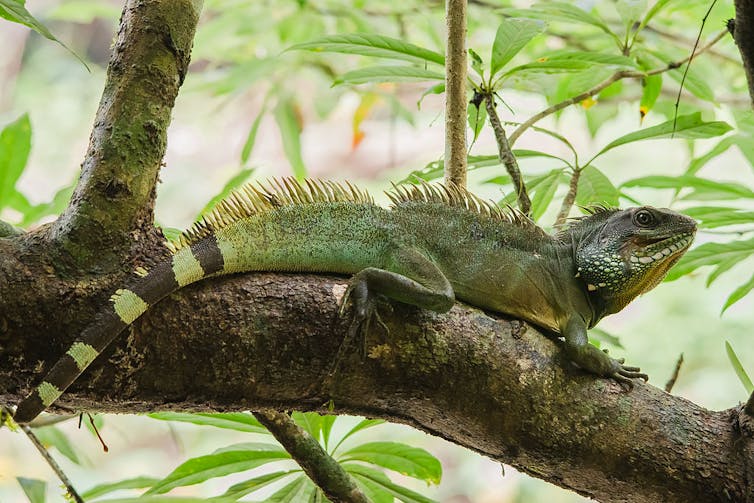
How Do We Fix This?
Our study highlights the urgent need to monitor all traded wildlife species, not just those listed under CITES.
The biodiversity of life on Earth is under enormous pressure. Given this, and the other harms caused by the wildlife trade, this lack of regulation and monitoring is unacceptable.
For a species to be considered for listing under CITES, a national government must demonstrate that regulation is needed to prevent trade-related declines. But if trade in the species has never been monitored, how can that need be proven?
Sadly, the trade of many species is not formally regulated until it’s too late for their wild populations. Clearly, tighter regulation is needed to prevent this decline.
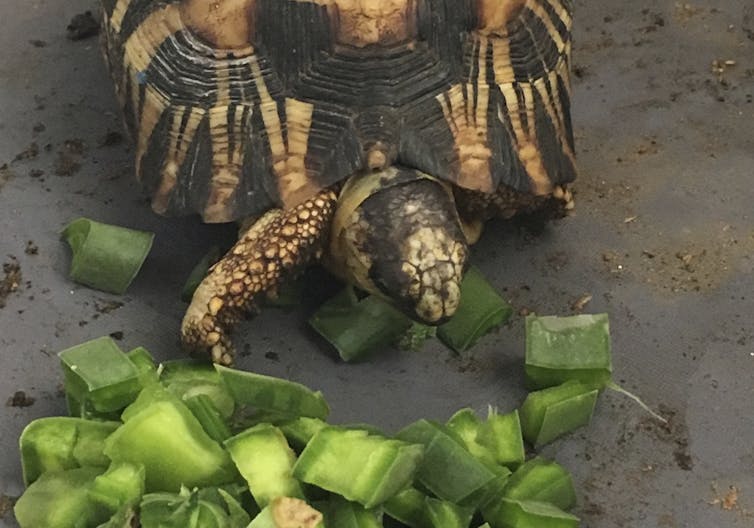
Traded wildlife predominantly flows from lower-income to higher-income countries. Many source countries do not possess the frameworks needed to monitor the harvest and export of unlisted species.
So what should be done? First, all nations should follow the lead of the US and record species-level data for all wildlife imported and exported. This information should be gathered as part of a standardised data management system.
Such a system would increase compliance with the rules and make the origin of wildlife easier to trace It would allow trade data to be shared and integrated between countries and allow timely assessment of species which may need further protection.
And second, affluent countries – where demand for exotic pets is largest – must take the lead on sustainable trade practices. This should include supporting supply countries and pushing for better data collection.
Such measures are vital to protecting both wildlife and human wellbeing.![]()
Freyja Watters, PhD candidate, University of Adelaide and Phill Cassey, Assoc Prof in Invasion Biogeography and Biosecurity, University of Adelaide
This article is republished from The Conversation under a Creative Commons license. Read the original article.
Dramatic Decline In Adelie Penguins Near Mawson
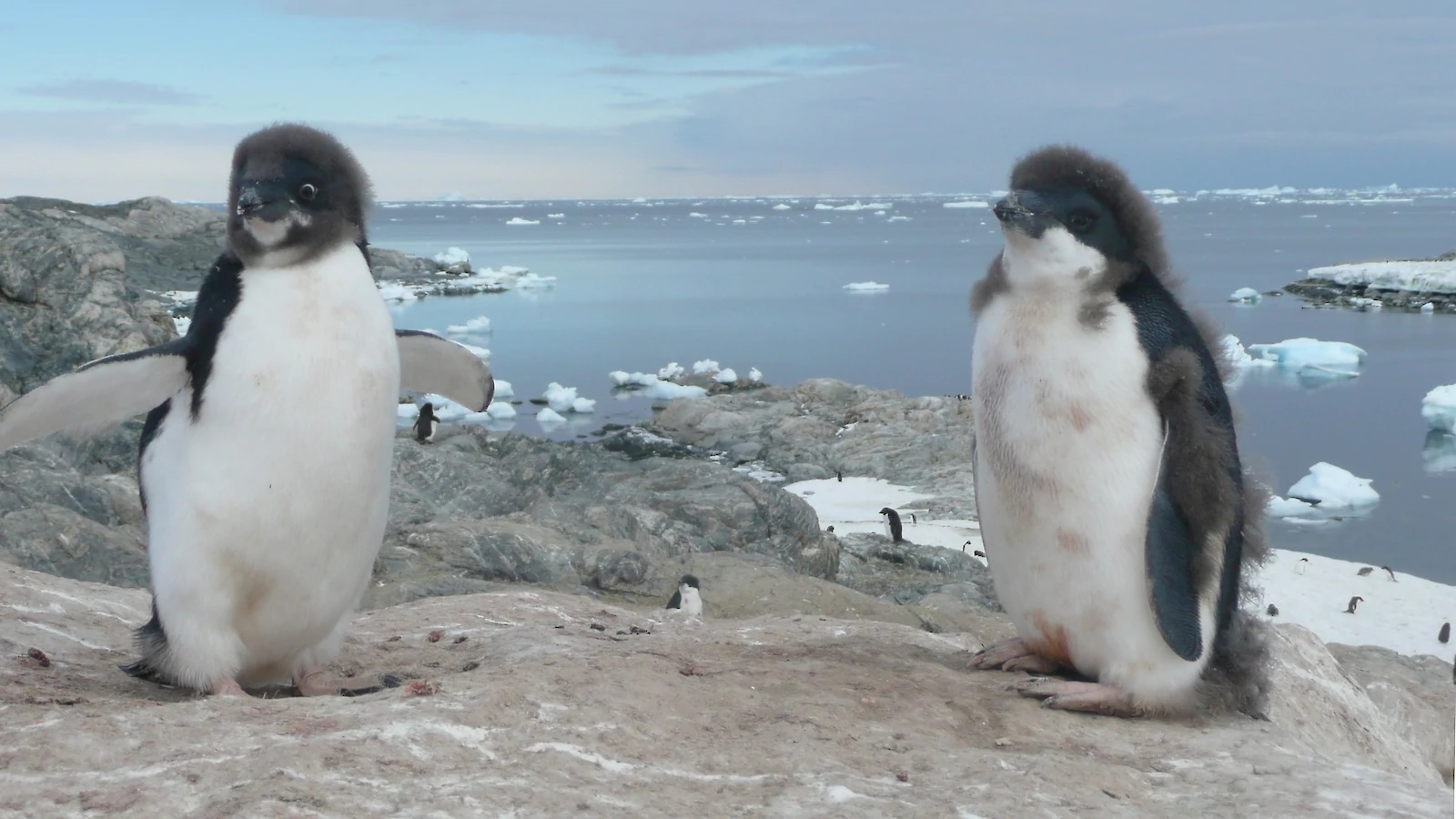
Commission For The Conservation Of Antarctic Marine Living Resources (CCAMLR) 2022 Meeting
A deadly disease has driven 7 Australian frogs to extinction – but this endangered frog is fighting back
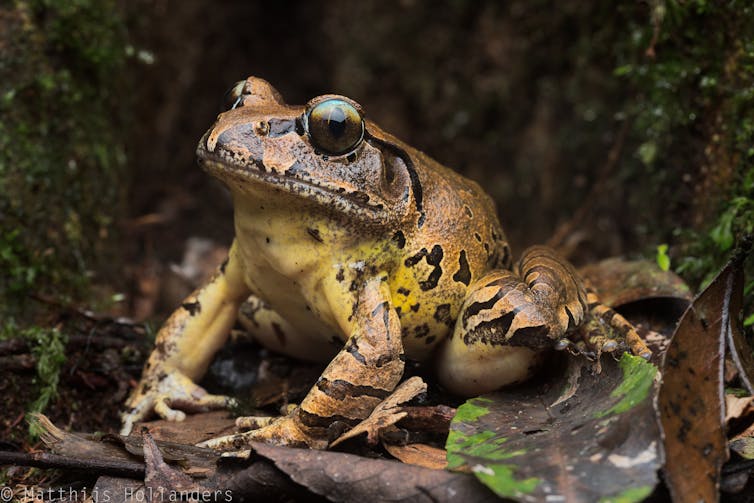
Environmental scientists see flora, fauna and phenomena the rest of us rarely do. In this series, we’ve invited them to share their unique photos from the field.
Frogs are among the world’s most imperilled animals, and much of the blame lies with a deadly frog disease called the amphibian chytrid fungus. The chytrid fungus has caused populations of over 500 frog species worldwide to plummet, and rendered seven Australian frogs extinct.
Our new research, however, has identified an endangered frog species that seems to have developed a natural resistance to the disease, after having previously succumbed to it in prior decades: Fleay’s barred frog (Mixophyes fleayi).
Fleay’s barred frog grows up to 9 centimetres long, and lives near gravelly streams in the rainforests of northern New South Wales and southeast Queensland. It is not the only frog species largely resistant to the disease, with a precious few others also known to survive it, such as common mistfrogs and cascade treefrogs.
We speculate that other frog species worldwide may be on a similar trajectory. There is currently no cure for the chytrid fungus, but understanding how Fleay’s barred frog and others are fighting back may prove instrumental in helping us bring more species back from the brink.
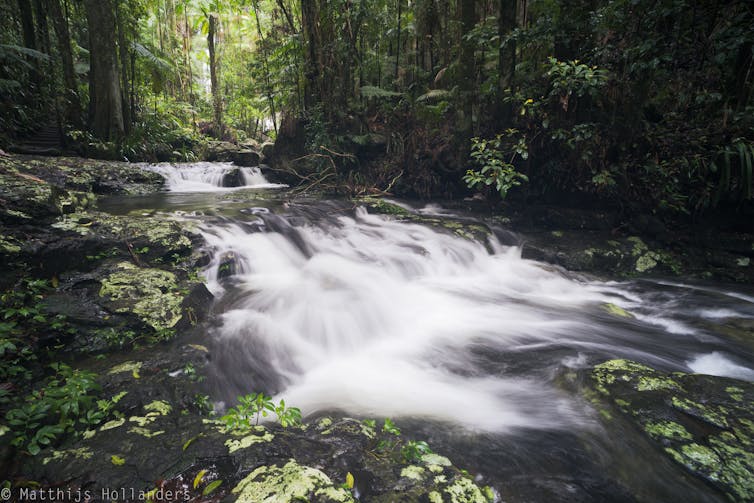
The Killer Fungus
The amphibian chytrid fungus (Batrachochytrium dendrobatidis) causes a skin disease and breached Australian borders in the 1970s. Since then, the disease has caused populations of dozens of species to severely decline, and has driven seven to extinction, including the gastric brooding frogs and southern day frogs.
It wasn’t until 1998 that two independent research teams discovered the fungal pathogen was to blame. This unfortunately meant much of the damage was already done prior to its discovery.
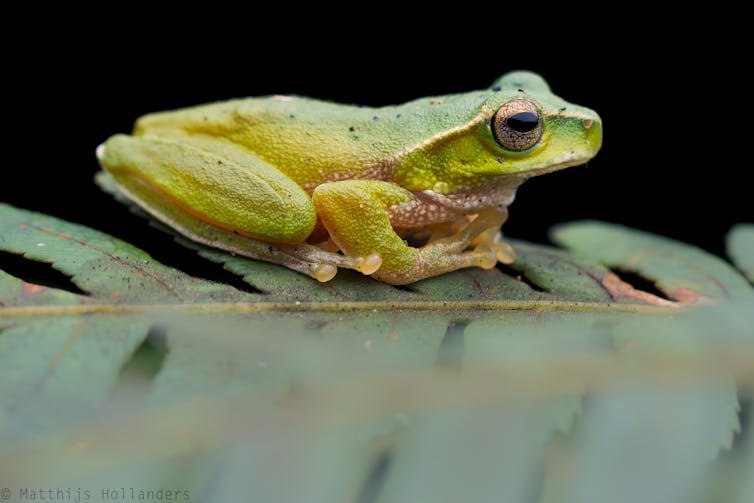
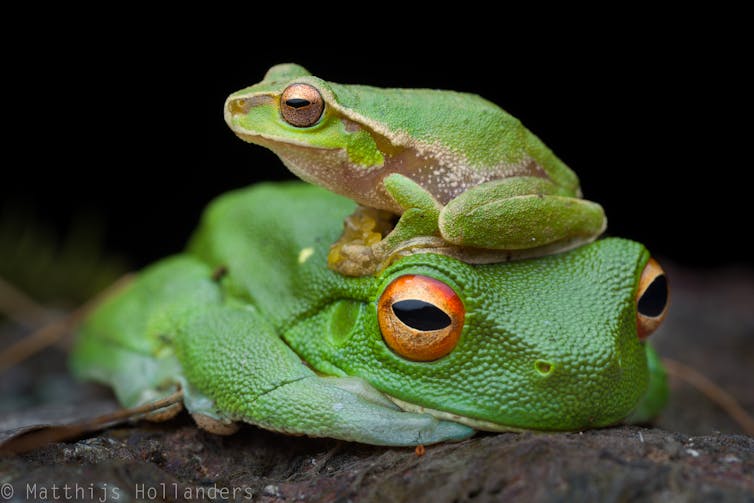
Similarly, Fleay’s barred frog wasn’t distinguished as being a separate species of barred frog before the chytrid fungus caused its populations to decline across its range in the 1980s. It became extinct in at least three places it once lived.
But our research suggests the Fleay’s barred frog is bouncing back. Over four years, we conducted intensive field research at several rainforest streams in northern New South Wales to investigate the prevalence and intensity of infection within Fleay’s barred frog populations.
We found while some frogs with high-level infections died, most seemed capable of clearing their infections.
Frogs Are Fighting Back
Surveys in the late 1990s detected up to 15 Fleay’s barred frogs at the sites we studied. But during our investigations, we regularly found close to 100. Moreover, other researchers have noted that these frogs are relatively common across many rainforest streams, suggesting populations of Fleay’s barred frog have recovered.
We implanted 686 frogs with microchips and tested frogs for the chytrid fungus via a skin swab every time they were captured. This allowed us to follow these frogs over four years to learn about the population’s death rates and infection dynamics.
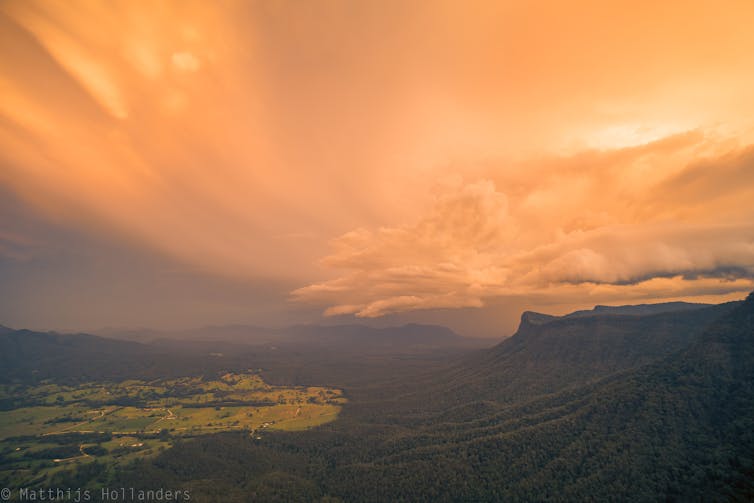
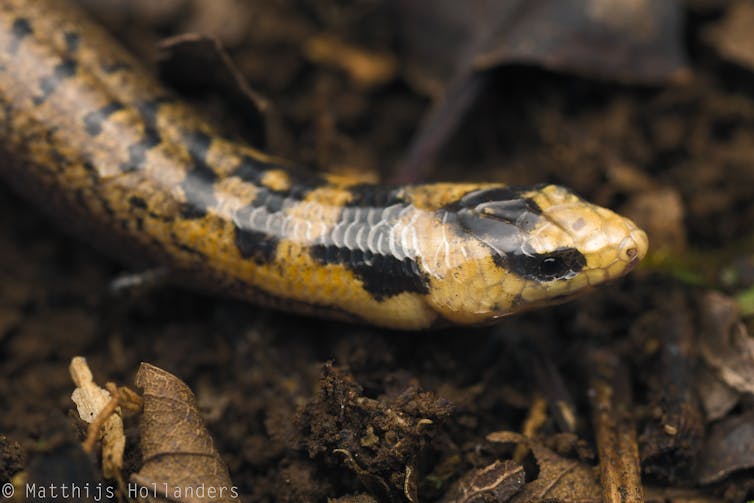
Fortunately, male Fleay’s barred frogs don’t travel far from home and are readily recaptured – we located some frogs more than 20 times.
We confirmed the prevalence of the chytrid fungus and the intensity of its infection was influenced by environmental conditions. Specifically, it was greatest with lower temperatures and higher rainfall.
This may help explain why we have witnessed mass death events in Australian frogs during recent wet winters along the eastern seaboard.
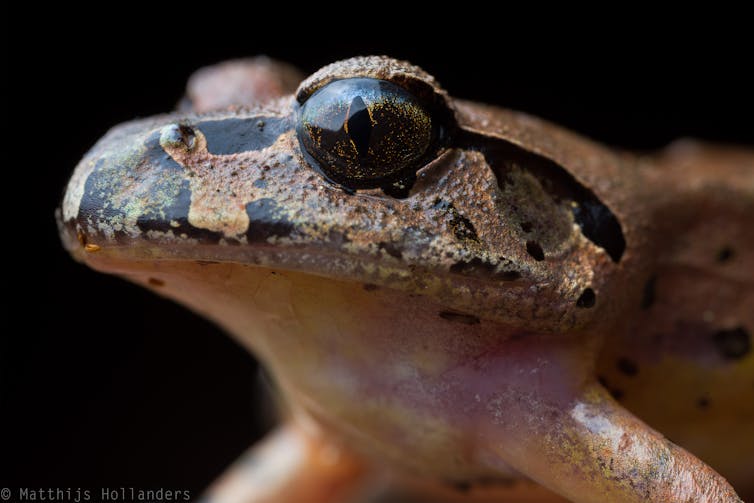
In addition to investigating the deadliness of a chytrid fungus infection, we also estimated the rates with which individuals were gaining and clearing infections.
We found infections were poor predictors of death. Only the highest pathogen loads were associated with an increase in rate of deaths, but frogs were very rarely infected with such high burdens.
Instead, frogs were much more likely to clear their infections than to gain them, ultimately leading to a low infection prevalence in the populations. On average, just one in five frogs were likely to be infected at any given time.
For those infected, pathogen loads were among the lowest we observed in rainforest frog communities. Some of the other species, such as the cascade treefrog, stony creek frog and giant barred frog, carried loads that were 30% higher.
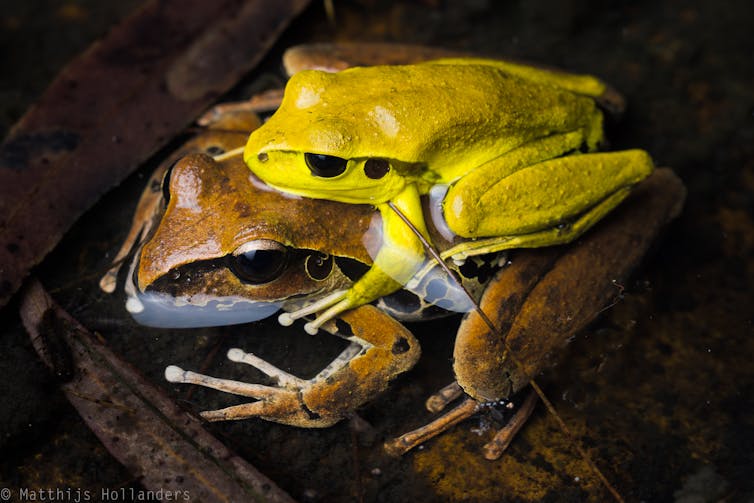
How This Could Help Save Frogs
So why can the frogs now deal with a disease that decimated populations just a few decades ago? This question is unfortunately still hard to answer.
Given their low pathogen loads and high rates of clearing them, we believe Fleay’s barred frogs have developed natural resistance against the chytrid fungus, meaning their immune systems are actively combating infections. We further speculate that other species worldwide may be doing the same.
A promising avenue of conservation research is to use the genetic information of some species to help others survive threats in the wild, such as disease or climate change. Fleay’s barred frogs may carry just the genes we’re looking for.
We now hope to use these resistant frogs for a reintroduction program in nearby Wollumbin (Mount Warning) in NSW, where the species disappeared from in the 1990s. This approach may help the ecosystem of this iconic World Heritage site to thrive.![]()
Matthijs Hollanders, PhD candidate, Southern Cross University and David Newell, Senior Lecturer, School of Environment, Science & Engineering, Southern Cross University
This article is republished from The Conversation under a Creative Commons license. Read the original article.
The Nord Stream breaches are a stark reminder of the vulnerabilities in undersea infrastructure
Claudio Bozzi, Deakin UniversityOn the night of September 26, near the end of the calm season on the Baltic, a broiling kilometre-wide circle disturbed the face of the sea and a huge mass of methane erupted into the air. The gas formed a cloud that crossed Europe, in what’s considered the greatest single release of this potent greenhouse gas ever recorded.
It was caused by four breaches of Russia’s Nord Stream 1 and 2 gas pipelines, located in or near the territorial seas of Denmark and Sweden. Seismologists detected explosions at a depth of 70-90 metres on the seabed. These were not earthquakes.
Danish, Swedish and German authorities have reported that the explosions were a deliberate act, equivalent to the use of 500 kilograms of TNT.
The bubbling surface of the Baltic is a stark visual image of fossil fuel consumption changing the world’s climate. Methane has over 25 times the global warming effect of the equivalent amount of carbon dioxide, and is a crucial target for combating climate change.
It also highlights the vulnerability of undersea pipelines and undersea infrastructure in general, of which Australia has a significant network.
Wasted Emissions
The explosions have had no direct economic or energy consequences. Nord Stream 1 stopped operating at the beginning of September following gradual supply reductions during the summer.
Nord Stream 2 was never launched as Germany refused to certify it following Russia’s invasion of Ukraine. Europe was not counting on the resumption of supplies from either pipeline.
While the pipelines were not transmitting gas, they contained methane gas to maintain pressure.
The amount of gas released is hard to quantify. Estimates suggest that roughly 300,000 tonnes of methane (or the equivalent of 7.5 million tonnes of carbon) has probably been released into the atmosphere, making it the largest release of methane in a single event (and over twice as large as the 2015 Aliso Canyon leak in California).
That tonnage represents around 10% of Germany’s annual methane output, or one third of Denmark’s total annual gas emissions, or the equivalent of the annual carbon emissions of one million cars. Nord Stream, however, is a wasted emission without either social benefit or productivity gains.
The leak is a reminder of the problem of “fugitive” methane, which comprises the leak, loss, escape and emission of gas from active or abandoned industrial sites.
While emissions from beef and rice production are the main culprits of fugitive emissions, oil and gas facilities also leak a significant amount of methane, as do activities such as fracking, coal mining and oil extraction. CSIRO estimates global oil and gas industries emit between 69 and 88 million tonnes of methane each year.
Australia’s Undersea Infrastructure Network
Critical undersea infrastructure plays a vital role in the global economy. For example, the fibre-optic cable network is the unseen lifeblood of globalisation, consisting of around 1.1 million kilometres of cables carrying 99% of global data.
When we talk about data flows and digital commodities we are, in fact, referring to the transmission of communications through these undersea cables. The stability of the global economy and the wealth of multi-national corporations depend on the integrity of these cables and on the uninterrupted connectivity they provide.
Undersea pipelines delivering oil and gas from one country or state to another form the material basis of energy markets. Australia’s offshore energy pipelines include the 740km-long Tasmanian Gas Pipeline, 300km of which is sub-sea, as well as the Gorgon (140km), Scarborough (280km), Pluto (180km), Browse (400km), and numerous others.
Undersea power cables are a rapidly developing infrastructure. The proposed undersea and underground Marinus power cable link will connect Tasmania and Victoria.
Harnessing the potential of offshore wind (now one of the largest energy investments globally) is being realised in Australian projects such as Star of the South. Meanwhile, Sun Cable aims to supply renewable energy produced in Australia to Singapore via 4,200km subacqueous cable.
While speculative, such projects represent aspects of the green power revolution which will drive emissions reductions, and which are likely to become more common. Ensuring the resilience of these systems against malicious digital and physical threats is a priority.
System Failures And Hostile Agents
The dependence of society and the economy on the reliability of this infrastructure is underappreciated.
The integration between cables and pipelines and the national and international markets they service is so tight, even the slightest disruption could inflict disproportionate economic damage.
These systems are so complex and closely integrated that their failures have consequences that traverse physical and national borders. This represents a significant challenge to ocean infrastructure governance.
System failure may occur because cables and pipelines are prone to accidental damage by ships’ anchors, trawl net fishing, and other undersea activities such as dredging. As the Nord Stream pipeline incident shows, they are also vulnerable to intentional hostile attack – both physical and cyber.
Hostile agents may exploit the fact that the sea is an opaque realm, one that’s difficult to operate in and defend. It, therefore, provides an effective shield against detection and subsequent prosecution.
Nord Stream was attacked in one of the busiest and the most surveilled seas in the world – the Baltic, in close proximity to the Danish military base of Bornholm Island. This clearly exposes the vulnerabilities of undersea infrastructure: it enables attackers to get close to targets undetected.
Cables and pipelines are governed by both national and international law. However, there are security gaps in international waters, where responsibility is ambiguously shared between corporations and government.
The lack of clarity gives companies little incentive to invest in security, or cooperate with government, increasing their vulnerability to attack.
The privatisation of cables and pipelines has resulted in cost-effective practices being adopted to reduce operating costs. But this has been achieved by reducing maintenance and surveillance.
Undersea infrastructure will continue to be vital to world trade and social cohesion. The growing demand for bandwidth and the need for energy security makes cables and pipelines both more crucial and vulnerable. Nord Stream highlights the need for resilient systems to limit the risk of accidents, and has given greater impetus to transition from fossil to renewable energy.![]()
Claudio Bozzi, Lecturer in Law, Deakin University
This article is republished from The Conversation under a Creative Commons license. Read the original article.
Shifting ocean currents are pushing more and more heat into the Southern Hemisphere’s cooler waters
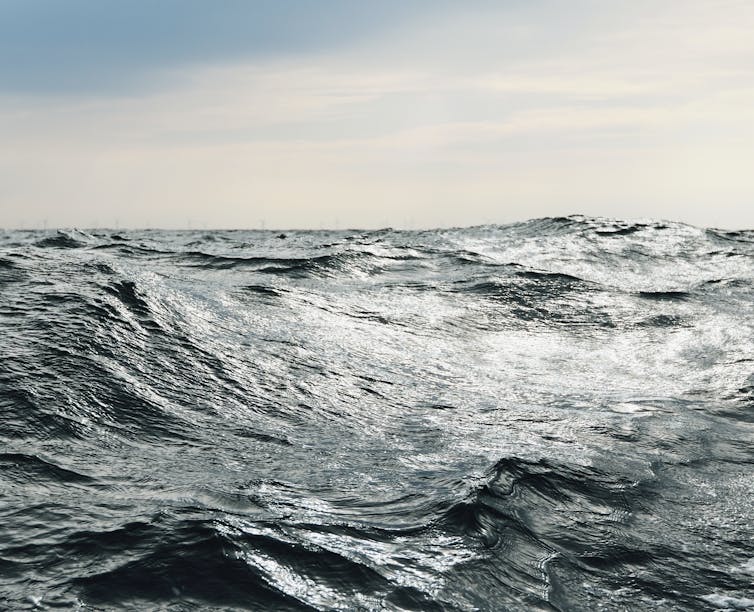
The oceans absorb more than 90% of all extra heat trapped by the emissions we’ve produced by burning fossil fuels. This heat is enormous. It’s as if we exploded an atom bomb underwater, every second of every day.
The ocean isn’t warming at the same rate everywhere. We know the heat is concentrated in the fast, narrow currents that flow along the east coasts of the world’s continents and funnel warm water from the tropics down towards the poles.
In the Southern Hemisphere, these currents – known as the western boundary currents – are warming faster than the global average at their southern limits, creating ocean warming hotspots.
Until now, we haven’t known exactly why. These western boundary currents are particularly important in the Southern Hemisphere, which is more than 80% ocean compared to just 60% for the Northern Hemisphere.
Our new research has found a vital part of the puzzle: strong easterly winds in the mid-latitudes are moving south, driving the western boundary currents further south and leading to faster ocean warming in these areas.
What Are These Currents And Why Do They Matter?
These streams of warm water are like fast-flowing rivers in the oceans. They flow rapidly in a narrow band along the western side of the world’s major ocean basins, passing densely populated coastlines in South Africa, Australia and Brazil where hundreds of millions of people live.
These currents often play a role in regulating local climates. Think of the most well known of these currents, the Northern Hemisphere’s Gulf Stream, which has for millennia ensured Europe is much warmer than it would otherwise be given its latitude.
In the Southern Hemisphere, we have three major sub-tropical western boundary currents, the Agulhas Current in the Indian Ocean, the East Australian Current in the Pacific Ocean and the Brazil Current in the Atlantic Ocean.
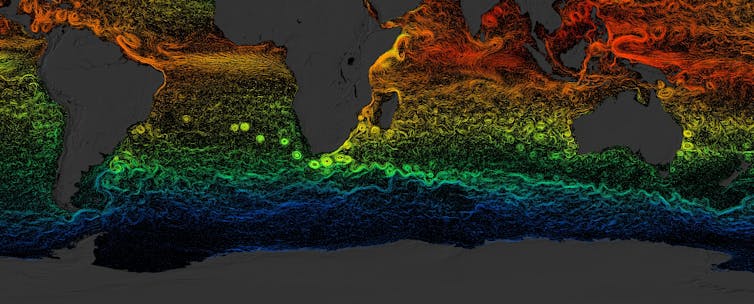
In recent decades, these currents have become hotspots for ocean warming, carrying larger and larger amounts of heat south. Since 1993, the East Australian Current has moved southward at around 33 kilometres per decade, while the Brazil Current is moving south by around 46 kilometres per decade. The currents send heat and moisture into the atmosphere as they flow. In their southernmost reaches, the heat they carry displaces the colder ocean and warms it rapidly. These areas of the ocean are warming two to three times faster than the global average.
As the currents carry more heat energy, they also generate more ocean eddies – large rotating spirals of water spinning off from the main current. If you’ve looked closely at the way a fast flowing stream flows, you’ll see small eddies forming and dissolving all the time.
Why do these eddies matter? Because they’re the way heat actually ends up in the cold seas. As the eddies get faster and more loaded with heat, they act as path-breakers, carrying heat further south and eventually into the deep ocean. This is why NASA is soon to launch a new satellite to track these eddies, responsible for up to half of all heat transfer to the deep.
Our team have a research cruise planned for September next year aboard RV Investigator, Australia’s research vessel, to explore eddies under the path of this new satellite. This will shed new light on eddy processes in the warming ocean.
How Do The Winds Fit In?
Western boundary currents are driven by large-scale winds blowing across ocean basins.
You might have heard of the trade winds. These are the winds traders and mariners used for centuries to go from east to west, taking advantage of winds blowing constantly from the southeast across the tropics and subtropics.
Further south, the strongest winds are the prevailing westerlies, better known by sailors as the Roaring Forties. These westerly winds carry cold fronts and rain, and often stray north to dump rain over Australia.
These westerlies can change track over time, shifting northwards and southwards, depending on a pattern known as the Southern Annular Mode.
At present, this belt of strong westerly winds has strengthened and moved southward in what’s known as the mode’s positive phase. Since 1940, this climate pattern has increasingly favoured this positive phase, which tends to bring drier conditions to Australia.
When we analysed changes in the tropical trade winds over the past three decades, we found they too had shifted poleward 18 km per decade since 1993.
So what does this mean? The trade winds have been pushed further south while the Southern Annual Mode is increasing. As they move south, they drive the western boundary currents further southward.
Even though these currents are carrying ever-warmer water southwards from the tropics, they have not actually become stronger. Rather, they’ve become less stable in their southern regions as they’ve elongated. As the currents are pushed south, they transfer heat energy into the cold seas through chaotic eddies mixing the warmer water with the cold. These eddies aren’t small – they’re between 20 and 200 kilometres wide.

What Does This Mean For People And Nature?
Western boundary currents have long played a key role in stabilising our climate, by carrying heat southwards and moderating coastal climates. As these currents warp and become less predictable, they will change how heat is distributed, how gases are dissolved in seawater, and how nutrients are spread across the oceans. In turn, this will mean major changes to local weather patterns and marine ecosystems.
More intense eddies are likely to warm our coastal oceans, too, by moving warm waters closer to shore.
For many people, these currents are out of sight, out of mind. They won’t stay that way. As these vital currents change, they will change the lives and livelihoods of hundreds of millions of people who live along the coasts of South Africa, Australia and Brazil. ![]()
Moninya Roughan, Professor in Oceanography, UNSW Sydney and Junde Li, Postdoctoral research associate
This article is republished from The Conversation under a Creative Commons license. Read the original article.
The boab trees of the remote Tanami desert are carved with centuries of Indigenous history – and they’re under threat

Australia’s Tanami desert is one of the most isolated and arid places on Earth. It’s a hard place to access and an even harder place to survive.
But sprinkled across this vast expanse of desert, sweeping for thousands of kilometres across the Northern Territory and Western Australia, are some of the oldest and most incredible stories of human life and settlement of our ancient continent.
It takes the shape of art in the bark of iconic and bountiful boab trees.
Our newly published research looks at 12 examples of these carved trees across the Tanami desert. This artwork tells the incredible story of the Indigenous Traditional Owners who have long called the Tanami home.
Sadly, after lasting centuries if not millennia, this incredible artwork is now in danger of being lost.
We are in a race against time to document and preserve this invaluable art.
Art In The Bark
The Australian boab or bottle tree (Adansonia gregorii) is an iconic tree naturally found only in a restricted area of northwestern Australia.
Boabs are an important economic species for First Nations Australians. The pith, seeds and young roots are all eaten, and the inner bark of the roots used to make string. First Nations Australians also used parts of the boab for medicine.
While the culinary and health attributes of boabs are well known, less well known is that many of these trees are culturally significant, carved with images and symbols hundreds, and perhaps even thousands, of years ago. Australian boabs have never been successfully dated. They are often said to live for more than a thousand years, but this is based on the ages obtained from baobab trees in South Africa.
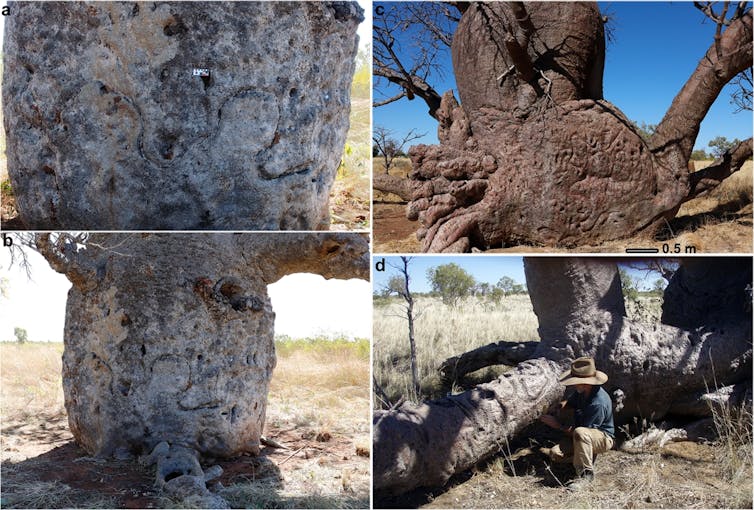
Some hint of the great age of the boabs can be gleaned from the heritage-listed “Mermaid tree” on the Kimberley coast at Careening Bay. “HMC Mermaid 1820” was carved into the tree during Phillip Parker King’s second voyage.
At the time of carving, the girth of the Mermaid tree was measured at 8.8 metres. Today, more than 200 years on, the inscription is still clear and the trunk circumference has increased to about 12 metres.
Now, modern pastoral land clearance and bushfires are having a toll on the oldest of the boabs. There is some urgency to record this cultural and artistic archive before the ancient trees die.
Too Often Overlooked
The earliest recordings of carvings on boab trees were made by the British artist and explorer, Thomas Baines, during the North Australian Expedition (1855–56) led by Augustus Gregory.
During the journey, Baines made several sketches of the Australian boab tree, including with Indigenous carved designs.
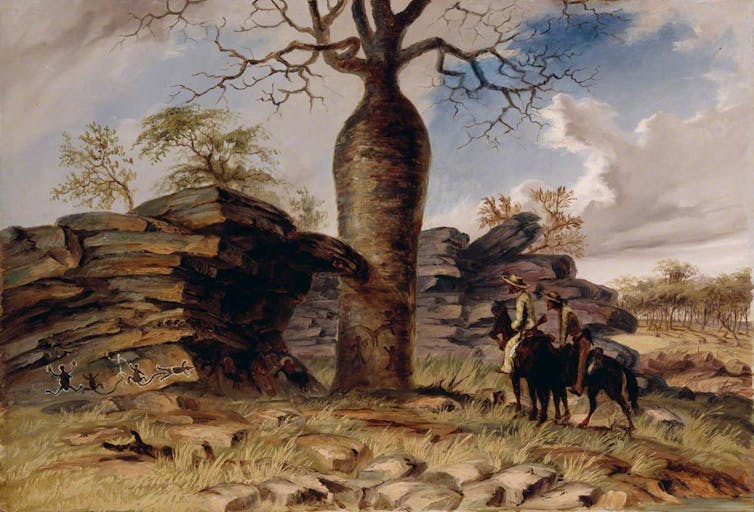
Despite this early interest, little more was documented about carved boab trees until Ian Crawford wrote The Art of the Wandjina in 1968.
Crawford, a historian at the Western Australian Museum, was primarily engaged in recording the rock art paintings in the Kimberley region. However, on his travels he noted seeing ancient carved boab trees. The Traditional Owners accompanying him made fresh carvings using their metal skinning knives on some of the trees near their campsite.
Almost 20 year later, historian Darrell Lewis stumbled across the Tanami Indigenous carved boabs while searching for a boab tree engraved with the letter “L” marked by the explorer Ludwig Leichhardt on his final expedition, during which he and his team disappeared without a trace.
Our Race Against The Clock
We and our colleagues are now recording and investigating the carved trees.
In July last year, academics and Traditional Owners began to record the boab trees with carvings in the remote northern Tanami Desert.
This area of the Tanami is extremely inaccessible. Finding and checking the trees was a task in itself.
We set up camp among the sand dunes and spent seven days looking for boabs. Although the Tanami is sandy, sharp stakes from burnt out acacia shrubs took their toll. We often spent the best part of the day changing and repairing tyres, or digging the four-wheel drives out of washaways and sand rills.
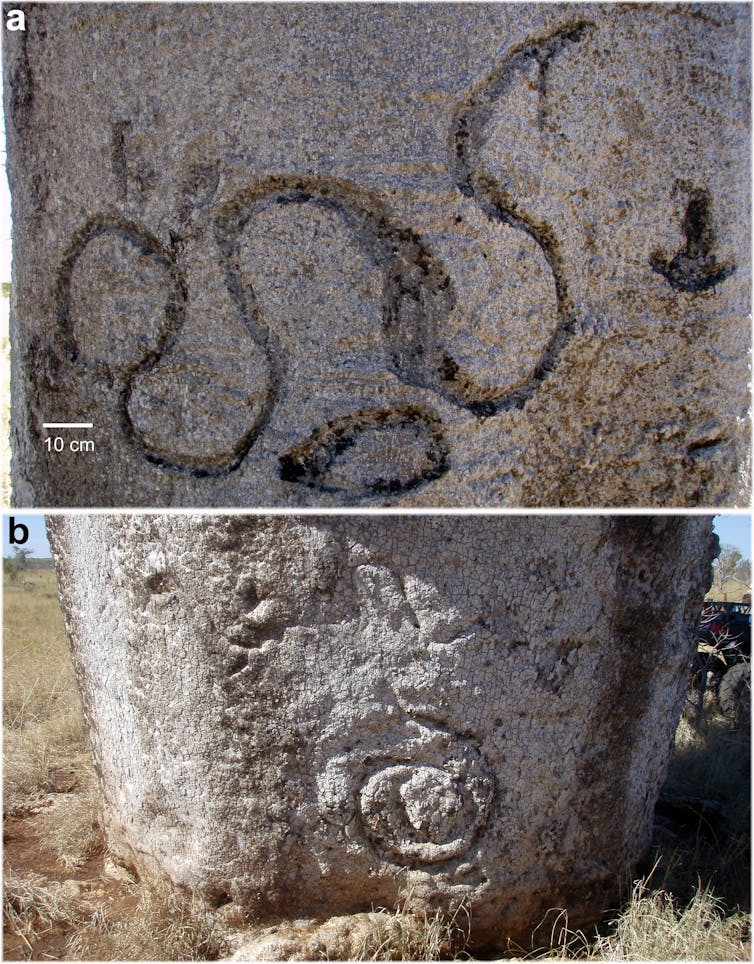
Once we spotted a boab in the remote distance it was safer to leave the vehicle and set off on foot. We found and recorded 12 carved boabs, but there are hundreds more trees visible on Google Earth which remain to be checked.
Most of the carved boabs recorded on the Tanami trip feature snakes. Indigenous oral tradition describes a major Dreaming track, King Brown Snake Dreaming (Lingka), which begins near Broome and travels east across the Kimberley region of WA before passing into the Northern Territory. Our survey area was located along this track.
Scattered around the base of the larger boabs we found stone artefacts and broken grinding stones, remnant of past First Nations campsites.
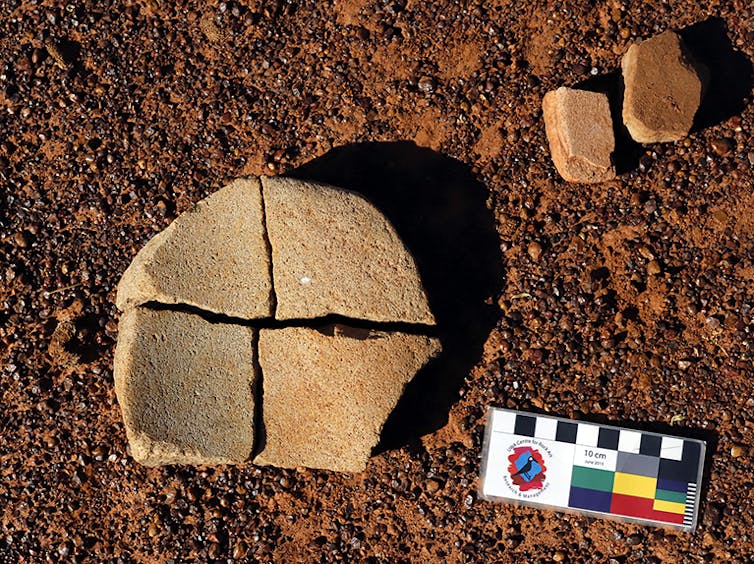
The next step in our work is to continue searching for these carved boabs in the coming dry season, and to get radiocarbon dates to establish the age of some of the largest boabs.
These remarkable Australian trees help tell the story of First Nations Australians and are the source of a rich cultural heritage. Through our work and partnership with the Traditional Owners we are rediscovering these Australian stories before they are gone forever. ![]()
Sue O'Connor, Distinguished Professor, School of Culture, History & Language, Australian National University; Brenda Garstone, CEO, Yura Yungi Medical Service Aboriginal Corporation, Indigenous Knowledge, and Jane Balme, Professor Emerita of Archaeology, The University of Western Australia
This article is republished from The Conversation under a Creative Commons license. Read the original article.
Pittwater Reserves: Histories + Notes + Pictorial Walks
A History Of The Campaign For Preservation Of The Warriewood Escarpment by David Palmer OAM and Angus Gordon OAM
America Bay Track Walk - photos by Joe Mills
An Aquatic June: North Narrabeen - Turimetta - Collaroy photos by Joe Mills
Angophora Reserve Angophora Reserve Flowers Grand Old Tree Of Angophora Reserve Falls Back To The Earth - History page
Annie Wyatt Reserve - A Pictorial
Avalon's Village Green: Avalon Park Becomes Dunbar Park - Some History + Toongari Reserve and Catalpa Reserve
Bairne Walking Track Ku-Ring-Gai Chase NP by Kevin Murray
Bangalley Headland Bangalley Mid Winter
Banksias of Pittwater
Barrenjoey Boathouse In Governor Phillip Park Part Of Our Community For 75 Years: Photos From The Collection Of Russell Walton, Son Of Victor Walton
Barrenjoey Headland: Spring flowers
Barrenjoey Headland after fire
Bayview Baths
Bayview Wetlands
Beeby Park
Bilgola Beach
Botham Beach by Barbara Davies
Bungan Beach Bush Care
Careel Bay Saltmarsh plants
Careel Bay Birds
Careel Bay Clean Up day
Careel Bay Playing Fields History and Current
Careel Creek
Careel Creek - If you rebuild it they will come
Centre trail in Ku-ring-gai Chase National Park
Chiltern Track- Ingleside by Marita Macrae
Clareville Beach
Clareville/Long Beach Reserve + some History
Coastal Stability Series: Cabbage Tree Bay To Barrenjoey To Observation Point by John Illingsworth, Pittwater Pathways, and Dr. Peter Mitchell OAM
Cowan Track by Kevin Murray
Curl Curl To Freshwater Walk: October 2021 by Kevin Murray and Joe Mills
Currawong and Palm Beach Views - Winter 2018
Currawong-Mackerel-The Basin A Stroll In Early November 2021 - photos by Selena Griffith
Currawong State Park Currawong Beach + Currawong Creek
Deep Creek To Warriewood Walk photos by Joe Mills
Drone Gives A New View On Coastal Stability; Bungan: Bungan Headland To Newport Beach + Bilgola: North Newport Beach To Avalon + Bangalley: Avalon Headland To Palm Beach
Duck Holes: McCarrs Creek by Joe Mills
Dunbar Park - Some History + Toongari Reserve and Catalpa Reserve
Dundundra Falls Reserve: August 2020 photos by Selena Griffith - Listed in 1935
Elsie Track, Scotland Island
Elvina Track in Late Winter 2019 by Penny Gleen
Elvina Bay Walking Track: Spring 2020 photos by Joe Mills
Elvina Bay-Lovett Bay Loop Spring 2020 by Kevin Murray and Joe Mills
Fern Creek - Ingleside Escarpment To Warriewood Walk + Some History photos by Joe Mills
Iluka Park, Woorak Park, Pittwater Park, Sand Point Reserve, Snapperman Beach Reserve - Palm Beach: Some History
Ingleside
Ingleside Wildflowers August 2013
Irrawong - Ingleside Escarpment Trail Walk Spring 2020 photos by Joe Mills
Irrawong - Mullet Creek Restoration
Katandra Bushland Sanctuary - Ingleside
Lucinda Park, Palm Beach: Some History + 2022 Pictures
McCarrs Creek
McCarr's Creek to Church Point to Bayview Waterfront Path
McKay Reserve
Mona Vale Beach - A Stroll Along, Spring 2021 by Kevin Murray
Mona Vale Headland, Basin and Beach Restoration
Mount Murray Anderson Walking Track by Kevin Murray and Joe Mills
Mullet Creek
Narrabeen Creek
Narrabeen Lagoon Catchment: Past Notes Present Photos by Margaret Woods
Narrabeen Lagoon State Park
Narrabeen Lagoon State Park Expansion
Narrabeen Rockshelf Aquatic Reserve
Nerang Track, Terrey Hills by Bea Pierce
Newport Bushlink - the Crown of the Hill Linked Reserves
Newport Community Garden - Woolcott Reserve
Newport to Bilgola Bushlink 'From The Crown To The Sea' Paths: Founded In 1956 - A Tip and Quarry Becomes Green Space For People and Wildlife
Pittwater spring: waterbirds return to Wetlands
Pittwater's Lone Rangers - 120 Years of Ku-Ring-Gai Chase and the Men of Flowers Inspired by Eccleston Du Faur
Pittwater's Parallel Estuary - The Cowan 'Creek
Resolute Track at West Head by Kevin Murray
Resolute Track Stroll by Joe Mills
Riddle Reserve, Bayview
Salvation Loop Trail, Ku-Ring-Gai Chase National Park- Spring 2020 - by Selena Griffith
Seagull Pair At Turimetta Beach: Spring Is In The Air!
Stapleton Reserve
Stapleton Park Reserve In Spring 2020: An Urban Ark Of Plants Found Nowhere Else
Stony Range Regional Botanical Garden: Some History On How A Reserve Became An Australian Plant Park
The Chiltern Track
The Resolute Beach Loop Track At West Head In Ku-Ring-Gai Chase National Park by Kevin Murray
Topham Track Ku-Ring-Gai Chase NP, August 2022 by Joe Mills and Kevin Murray
Towlers Bay Walking Track by Joe Mills
Trafalgar Square, Newport: A 'Commons' Park Dedicated By Private Landholders - The Green Heart Of This Community
Tranquil Turimetta Beach, April 2022 by Joe Mills
Turimetta Beach Reserve by Joe Mills, Bea Pierce and Lesley
Turimetta Beach Reserve: Old & New Images (by Kevin Murray) + Some History
Turimetta Headland
Warriewood Wetlands and Irrawong Reserve
Whale Beach Ocean Reserve: 'The Strand' - Some History On Another Great Protected Pittwater Reserve
Wilshire Park Palm Beach: Some History + Photos From May 2022
Winji Jimmi - Water Maze

New Shorebirds WingThing For Youngsters Available To Download
A Shorebirds WingThing educational brochure for kids (A5) helps children learn about shorebirds, their life and journey. The 2021 revised brochure version was published in February 2021 and is available now. You can download a file copy here.
If you would like a free print copy of this brochure, please send a self-addressed envelope with A$1.10 postage (or larger if you would like it unfolded) affixed to: BirdLife Australia, Shorebird WingThing Request, 2-05Shorebird WingThing/60 Leicester St, Carlton VIC 3053.

 Shorebird Identification Booklet
Shorebird Identification Booklet
The Migratory Shorebird Program has just released the third edition of its hugely popular Shorebird Identification Booklet. The team has thoroughly revised and updated this pocket-sized companion for all shorebird counters and interested birders, with lots of useful information on our most common shorebirds, key identification features, sighting distribution maps and short articles on some of BirdLife’s shorebird activities.
The booklet can be downloaded here in PDF file format: http://www.birdlife.org.au/documents/Shorebird_ID_Booklet_V3.pdf
Paper copies can be ordered as well, see http://www.birdlife.org.au/projects/shorebirds-2020/counter-resources for details.
Download BirdLife Australia's children’s education kit to help them learn more about our wading birdlife
Shorebirds are a group of wading birds that can be found feeding on swamps, tidal mudflats, estuaries, beaches and open country. For many people, shorebirds are just those brown birds feeding a long way out on the mud but they are actually a remarkably diverse collection of birds including stilts, sandpipers, snipe, curlews, godwits, plovers and oystercatchers. Each species is superbly adapted to suit its preferred habitat. The Red-necked Stint is as small as a sparrow, with relatively short legs and bill that it pecks food from the surface of the mud with, whereas the Eastern Curlew is over two feet long with a exceptionally long legs and a massively curved beak that it thrusts deep down into the mud to pull out crabs, worms and other creatures hidden below the surface.
Some shorebirds are fairly drab in plumage, especially when they are visiting Australia in their non-breeding season, but when they migrate to their Arctic nesting grounds, they develop a vibrant flush of bright colours to attract a mate. We have 37 types of shorebirds that annually migrate to Australia on some of the most lengthy and arduous journeys in the animal kingdom, but there are also 18 shorebirds that call Australia home all year round.
What all our shorebirds have in common—be they large or small, seasoned traveller or homebody, brightly coloured or in muted tones—is that each species needs adequate safe areas where they can successfully feed and breed.
The National Shorebird Monitoring Program is managed and supported by BirdLife Australia.
This project is supported by Glenelg Hopkins Catchment Management Authority and Hunter Local Land Services through funding from the Australian Government’s National Landcare Program. Funding from Helen Macpherson Smith Trust and Port Phillip Bay Fund is acknowledged.
The National Shorebird Monitoring Program is made possible with the help of over 1,600 volunteers working in coastal and inland habitats all over Australia.
The National Shorebird Monitoring program (started as the Shorebirds 2020 project initiated to re-invigorate monitoring around Australia) is raising awareness of how incredible shorebirds are, and actively engaging the community to participate in gathering information needed to conserve shorebirds.
In the short term, the destruction of tidal ecosystems will need to be stopped, and our program is designed to strengthen the case for protecting these important habitats.
In the long term, there will be a need to mitigate against the likely effects of climate change on a species that travels across the entire range of latitudes where impacts are likely.
The identification and protection of critical areas for shorebirds will need to continue in order to guard against the potential threats associated with habitats in close proximity to nearly half the human population.
Here in Australia, the place where these birds grow up and spend most of their lives, continued monitoring is necessary to inform the best management practice to maintain shorebird populations.
BirdLife Australia believe that we can help secure a brighter future for these remarkable birds by educating stakeholders, gathering information on how and why shorebird populations are changing, and working to grow the community of people who care about shorebirds.
To find out more visit: http://www.birdlife.org.au/projects/shorebirds-2020/shorebirds-2020-program
Aussie Bread Tags Collection Points

Website: youthupfront.org.au
Instagram: www.instagram.com/youthupfront
Facebook: www.facebook.com/BusinessEduNetwork
YouTube: www.youtube.com/user/NorthernBeachesBEN
Email: info@youthupfront.org.au
Telephone: 02 9986 3339
The Northern Beaches Business Education Network Inc., now renamed in 2022 as Youth Up Front, celebrates its 30th year in 2023. Residents may be familiar with the annual Careers Expo, the Work Placement Program for both Employers and Youth or even participate in the annual Golf Day fundraiser, but did you know Youth Up Front have also been running a Canine Assisted Learning Program?
The name change recognises what is at the core of this organisation - putting young peoples needs first.
Youth Up Front is a registered Australian charity that helps young people transition from adolescence to adulthood. Youth Up Front have inspired more than 100,000 students over more than two decades.
Youth Up Front improves the lives of children by providing outreach and vocational programmes, mentoring, case worker and personal development support.
This Issue we share an overview for our Youth and their Parents - and for all who want to invest in this charity so it is sustained into the future, whether by donation, exhibiting at the Careers Expo, or getting involved in the Work Placement Program or any of the activities on offer.
Self-compassion is the superpower year 12 students need for exams … and life beyond school

This week, year 12 students in New South Wales will begin their final exams, with students in other states soon to follow.
This can be one of the most stressful times in a students’ life. It can also be very stressful for parents trying to support their children.
But there is a superpower in the arsenal of every year 12 student that can be harnessed to manage this stress. This superpower fuels resilience, not only for exams, but for any difficult situation they may be faced with across their lifespan. It’s called self-compassion.
I am a clinical psychologist who specialises in self-compassion. This is how you can use it, both for yourself and for your kids.
What Is Is Self-Compassion?
The most enduring relationship we have is the the one we have with ourselves.

This relationship shapes how we think, feel and behave to such an extent that often we are not even aware of it. We may think being hard or critical on ourselves pushes us to achieve results. But research shows this can lead to self-doubt, avoidance of hard tasks, higher risk of psychological illness and poor resilience.
In contrast, self-compassion encourages us to feel comfortable in our own skin. It allows us to generate our own feelings of warmth, reassurance, soothing and liking who we are.
What Does It Look Like?
Difficult moments, like an unexpected exam question, are a ripe breeding ground for self-criticism. You may be familiar with thoughts like, “I’m not good enough, I can’t do this, I should have worked harder, I’m going to fail, I am a failure.” These self-critical thoughts are almost addictive – when they pop up it is easy to fixate on them and spiral into panic or avoidance.
In contrast, picture a friend sitting the same exam and getting the same unexpected question. This is a good friend who you really care about. If you could say something to them in that moment, it’s probably easy to think of supportive words. Such as,
I know this is hard, but you can do this. Your best is good enough. This one exam will not define your life, even if you get this wrong. I still think you’re a wonderful person.
Self-compassionate responses are more likely to make us feel confident, safer and therefore resilient. If we’re feeling this way, it will likely be easier to at least attempt the question rather than give up. It it is easy to draw on compassionate wisdom for our friends. But why don’t we say these things to ourselves?
Our Tricky Brains
We don’t because we have a “tricky brain”.
We like to think of ourselves as sensible and rational, but the brain is actually a faulty piece of machinery. The brain is hardwired, through evolution, to focus on threat.
Noticing threat, and triggering the flight or fight response, is what kept our ancestors alive when they were faced with an aggressive cave man or attack from a sabre tooth tiger.
Today, threats tend to be less extreme: like not getting the score we want in a test or not having the career pathway we might like. But our mind and body still react in the same way as if we are facing a sabre tooth tiger, flooding our body with adrenaline and the stress hormone cortisol.
The (Many) Advantages Of Self-Compassion
Treating ourselves with the same kindness and support as we would a good friend comes with a plethora of mental health benefits.

It is associated with greater psychological well-being and a lower risk of developing symptoms of poor mental health.
It leads to better stress-management and boosts motivation to study for exams, often contributing to better grades. Self-compassion gives us the bravery to try things we may fail at, because we can take bigger chances if we know we won’t beat ourselves up if we fall short. And sometimes, as with more study, these chances and extra effort pay off.
Self-compassion can also weaken the link between perfectionism and depression. Perfectionism involves high standards and high levels of self-criticism and which can lead to depressive symptoms, especially when we fall short of our goals. But self-compassion may enable perfectionists to have high standards and be motivated to do well, without experiencing the mental health cost.
For example, in the lead up to an exam, having high standards and wanting to achieve can motivate us to study. But during and after the exam, this perfectionism can turn into self-criticsm which places us at risk of feeling low and unmotivated.
If we are compassionate with ourselves, we can normalise how tough exams are, and show unconditional positive regard for ourselves no matter the outcome. These compassionate ways of thinking can help protect us from depression symptoms.
How Can We Learn And Teach Self-Compassion?
Some of us tend to be more self-compassionate than others. But if you’re not naturally a very self-compassionate person, there is good news. Research suggests you can learn to do it.
Here are some ways to approach it, both for yourselves and your kids:
Check yourself: before talking with your child about self-compassion, consider how you treat yourself when under stress. Do you notice when your self-critic is triggered? It is hard to be genuine when encouraging someone else to be self-compassionate if you are not.
Model self-compassion: when you make an error, try replacing “I’m so stupid I let this happen” with “I’m upset about this and that’s okay – anyone would feel this way in this situation”. Talk to yourself in a soft, calm tone. Whether you say it aloud or even just think it, your behaviour in that moment will change, and your kids will see this
Talk about it: start a conversation with your child about their relationship with themselves. You could start with: “what do you tend to say to yourself or feel about yourself during exams?” or “what effect does this have on you?”
Help them spot self-criticism: encourage your child to notice when self-criticism pops up. Give the self-criticsm a name such as “Voldemort” or the “angry voice”. Say, “When you notice Voldemort is hanging around, gently ask yourself, what would you say to a good friend or a ten-year-old version of yourself in this situation?” This simple question is a powerful way to tap into the compassionate wisdom we all carry
Give yourself a hug: to help calm yourself, give yourself a hug. Either wrap your arms around yourself or hold your hand on your heart or chest and notice the warmth. Research tells us we get a flood of oxytocin - the body’s “love drug” – and relax when we are hugged by someone we trust. Our brain and body has an almost identical reaction when we hug ourselves. Use as a this short-cut to trigger some feelings of self-compassion.
And Don’t Forget This
Self-compassion is not something you master once, and then move on from. It is a lifelong journey of practising and learning. Sometimes, especially when we are busy or stressed, it will drop off and we may need reminding of it’s superpower.
As a self-compassion researcher, I talk, write, think, debate and practice self-compassion daily. Yet I still find myself listening to Voldemort at times. This is part of living with a “tricky brain”. But there is a more self-compassionate option. And if we take it, the science says we will be more resilient and more likely to accomplish our goals.![]()
Madeleine Ferrari, Clinical Psychology Lecturer , Australian Catholic University
This article is republished from The Conversation under a Creative Commons license. Read the original article.
The Anne Kantor Young Women Environmentalist Fellowship 2023: Applications Now Open
The Anne Kantor Young Women Environmentalists Fellowship program provides on-the-job training to equip and encourage new voices in Australia's future policy and democratic debates.
The Australia Institute runs two Fellowship programs: The Anne Kantor Fellowship (General) and the Anne Kantor Young Women Environmentalists Fellowship.
In 2023 there will be three Young Women Environmentalist Fellowships available. Two Fellowships will be with the Australia institute undertaking research and advocacy work in our Canberra office.
The third Fellowship is delivered in partnership with the Tasmanian Independent Science Council and located in our Tasmanian Office. This role provides secretariat duties for the Science Council in addition to the work of the Tasmanian branch of the Australia Institute. Our work in Tasmania focuses on democracy and accountability, marine governance, climate change, environmental and economic policy.
The objectives of the program are to:
- provide Fellows with a unique opportunity to gain on the job training in research, advocacy, and media and communications with research, environmental, climate change or other advocacy-based organisations
- create an experienced pool of Fellows with the skills and experience to effectively advocate for change
- establish a pipeline of new voices to contribute to Australia's future policy and democratic debates
- build relationships and drive future collaboration with partner organisations and other stakeholders
Applications for the 2023 Anne Kantor Young Women Environmentalist Fellowship program close on 31st October.
For further information on how to apply please visit annekantorfellowship.org.au.
Anne Kantor Fellows receive:
- Support to develop skills and gain experience in public policy and advocacy at both the Australia Institute and/or at a partner organisation.
- Mentoring from Australia Institute staff who will offer their knowledge and experience and provide advice to guide and support the Fellow during the program.
- On the job training in areas such as economics, advocacy, media and communications, and NFP governance.
- Networking opportunities and membership of the Australia Institute Alumni.
Applications for the 2023 Anne Kantor Young Women Environmentalist Fellowship are open until 31st October 2022. For further information on how to apply please visit annekantorfellowship.org.au.
The Anne Kantor Fellowship program will ensure Anne's legacy endures long into the future through the terrific young leaders supported by this program. ~ the Australia Institute team
School Leavers Support
- Download or explore the SLIK here to help guide Your Career.
- School Leavers Information Kit (PDF 5.2MB).
- School Leavers Information Kit (DOCX 0.9MB).
- The SLIK has also been translated into additional languages.
- Download our information booklets if you are rural, regional and remote, Aboriginal or Torres Strait Islander, or living with disability.
- Support for Regional, Rural and Remote School Leavers (PDF 2MB).
- Support for Regional, Rural and Remote School Leavers (DOCX 0.9MB).
- Support for Aboriginal and/or Torres Strait Islander School Leavers (PDF 2MB).
- Support for Aboriginal and/or Torres Strait Islander School Leavers (DOCX 1.1MB).
- Support for School Leavers with Disability (PDF 2MB).
- Support for School Leavers with Disability (DOCX 0.9MB).
- Download the Parents and Guardian’s Guide for School Leavers, which summarises the resources and information available to help you explore all the education, training, and work options available to your young person.
School Leavers Information Service
- navigate the School Leavers Information Kit (SLIK),
- access and use the Your Career website and tools; and
- find relevant support services if needed.
Local Students To Shine As Featured Artists In 2022 Schools Spectacular: 'Creating The Magic'!

The 46 Featured Artists for this year’s Schools Spectacular, ‘Creating the Magic’, have been announced and have started rehearsals for the Spec shows at Qudos Bank Arena in November. This includes local students Maddie Stead from Narrabeen and Billy Lowe from Beacon Hill. Billy is also the youngest of the Featured Artists in this year’s Schools Spectacular.
Schools Spectacular Creative Director Sonja Sjolander said the young stars from NSW public schools created a buzz when they recently came together as a group for the first time.
“The excitement and anticipation among our young artists was absolutely palpable. They were bursting with energy and pride, and there is already much camaraderie between them,” Ms Sjolander said.
Schools Spectacular is the largest variety event in the world and showcases the creative talents of NSW public school students. It is produced by the Arts Unit at the NSW Department of Education.
The Featured Artists range in age from 10 to 18 and will perform as singers, dancers and musicians alongside a 2,100-voice choir, 2,200 dancers, a 100-piece symphony orchestra, stage bands, a signing choir, specialist ensembles and vocational education and training crews. More than 600 teachers and school staff are involved in the coordination and rehearsals of the School Spec extravaganza.
The young stars come from all parts of NSW, including Abbotsford, Annandale, Beacon Hill, Beecroft, Bourkelands, Braefield, Bungendore, Burraneer Bay, Candelo, Carlingford, Earlwood, East Corrimal, East Maitland, Edensor Park, Grafton, Hamilton South, Harrington Park, Heathcote, Hornsby, Kurraba Point, Lane Cove, Lindfield, Long Jetty, Maraylya, Narrabeen, Penrith, Sapphire Beach, Shell Cove, Springwood, Strathfield South, Tallawong, Turramurra, Winmalee and Yass.
“These incredibly talented young people can’t wait to perform in front of a large arena audience,” Ms Sjolander said.
“For many of them, it’s their first time stepping into the spotlight after the challenges of the past few years. A lot of work will be done to support them with their wellbeing and their confidence as well as their artistry. It will be a big moment for them”.
All up 19 local schools are participating in the 2022 Schools Spectacular. Now in its 39th year, the Schools Spectacular is Australia's longest-running annual arena variety show. It's exciting this showcase will be back at the Qudos Bank Arena after two years of cancellations due to Covid can return to being live on stage.
With a 2022 theme of 'Creating the Magic', this remarkable annual event celebrates youth, education, culture, diversity and young Australian talent and will feature over 5,000 students from across New South Wales public schools.
This week a few insights from, about and by Maddie and Billy, Featured Artists!
MADDIE STEAD
D.O.B: 12/18/2004
School: Northern Beaches Secondary College Freshwater Senior Campus
Year: 12
For the last four years I have had the incredible opportunity to share my music with the community while getting paid by busking and performing gigs at various locations around the Northern Beaches and wider Sydney. Busking has had a profound impact on my development of personal musical style and performance, whilst building up a massive amount of resilience within my musical journey. Busking has shown me that people love music and has allowed me to connect with so many different and wonderful people.
I've been singing and playing piano at church since I was 7, which has immensely shaped my love for music. It's where I first saw the joy and connection music can bring. My mum is one of the main reasons for this. Whenever I watched her sing, I could see how deeply she felt about the words she was saying, and how she could share that feeling with others through her voice.
My parents have always been an incredible support system for me, driving me (sometimes for hours) to gigs, auditions, camps, performances and any opportunities that would allow me to develop and share my voice. When I was younger I used to do dance lessons, but I was always a singer. I still remember being sent to the back of the room in the middle of my jazz dance to ‘Firework’ by Katy Perry, because I was singing when I was supposed to be dancing. So naturally my parents decided to put me into musical theatre classes so that I could sing and dance without getting into trouble. I still love dance and the art of performance in any form, being part of ballet, jazz, hip-hop, character, and musical theatre dance classes has taught me the importance of putting on a show when performing, it showed me that you don't have to sing in order to connect to an audience.
Being part of school bands from year 3-10 playing the alto saxophone has also been an incredible experience. I would hear songs naturally progress, improving week by week, eventually into a masterpiece that would give me goosebumps as I played. This showed me the power and importance of dedication, passion and practice in crafting an emotionally moving performance.
Previous involvement in Schools Spectacular?
Yes In 2017, 2018 and 2019 I was part of the mass choir.
How do you feel about being involved in Schools Spectacular 2022?
I am so excited and honoured to have the opportunity to be a Featured Artist in School Spectacular 2022, Not only to perform in front of so many people, but also for the incredible learning experiences and friendships that this opportunity will bring.

Maddie Stead
BILLY LOWE
D.O.B: 3/24/2011
School: Beacon Hill Public School
Year: 6
Performer biography:
Billy Lowe is a Year 6 student and Captain at Beacon Hill Public School on the Northern Beaches of Sydney. He has a big love of singing and music in general, playing piano since the age of 6, along with trombone in his school band. Billy has had considerable success with sport like touch, rugby, soccer and athletics but has recently had an opportunity to develop his passion for singing, which has led him to the stage of School Spectacular. He can't wait to join with the hundreds of performers in November to share some magic and celebrate the return of performing arts and audiences into schools.
Any shows you have performed in recently?
Arts Alive Choral Festival - Sydney Town Hall - Burrendong Concert - Tues 9th - solo - Giants in the Sky, Sydney North Dance Festival - Glen St Theatre - Beacon Hill Public, Beacon Hill Public School Arts Showcase - 6 band performances + Snr Dance.
School involvement including extra-curricular activities, sports, debating, leadership, academic etc.:
School Captain, Sydney North PSSA Touch team (captain), Syd Nth cross-country championships, Syd Nth rugby championships, Syd Nth athletics championships, Premiers Debating Challenge team, school bball team, school Eagle Tag in weekly PSSA comp (summer), school Rugby League team in weekly PSSA comp (winter).
Any hobbies, activities of interest or special skills?
Billy keeps himself pretty occupied with music/singing and sport (outside of school; Touch, Soccer, Rugby Union).
What does our theme 'Creating The Magic' mean to you?
We did talk about this and determined that the songs were selected to remind the performers and the audience that there are many kinds of magic and wonder and hope that we can seek, in our minds, in our interactions with others, in looking at the natural world around us, that can help lift us into hoping for more and becoming more. Covid hampered our ability to share our creativity with each other in the usual ways, so we are celebrating being reunited, but Covid also sparked new ways of sharing and forced us to find magic and wonder in the more mundane, so we are celebrating the resilience that a strong imagination provides too.

Schools Spectacular 2022 is proudly supported by Telstra, the NSW Teachers Federation, School Bytes, RØDE, Smartsalary, Teachers Health, ASM Global and the Seven Network.
2022 Schools Spectacular ‘Creating the Magic’
Where: Qudos Bank Arena, Sydney Olympic Park
When: Friday 25 November 11:00am & 7:00pm & Saturday 26 November 1:00pm & 7:00pm
Prices: Platinum: Adults $60 | Concession $50
Family Pass (2 adults + 2 children) $186
Gold: Adults $46 | Concession $36
Family Pass (2 adults + 2 children) $131
Bookings: www.ticketek.com.au or phone 13 28 49
Website: www.schoolsspectacular.com.au
Facebook: www.facebook.com/schoolsspectacular
Instagram: @SchoolsSpec Twitter: @SchoolsSpec
2022 Schools Spectacular - Local Schools Participating
- Avalon Public School
- Beacon Hill Public School
- Belrose Arts Alive
- Collaroy Plateau Public School
- Curl Curl North Public School
- Davidson High School
- Elanora Heights Public School
- Forestville Public School
- Harbord Public School
- Killarney Heights High School
- Mona Vale Public School
- Narrabeen Lakes Public School
- Narrabeen Sports High School
- Neutral Bay Public School
- Northern Beaches Secondary College Cromer Campus
- Northern Beaches Secondary College Freshwater Senior Campus
- Northern Beaches Secondary College Mackellar Girls Campus
- Northern Beaches Secondary College Manly Campus
- Pittwater High School
- has taken place annually at Qantas Credit Union Arena (formerly known as the Sydney Entertainment Centre) since 1984, and in 2016 was held at the Qudos Bank Arena.
- in 2016, set a new GUINNESS WORLD RECORDS TM for the Largest Amateur Variety Act with over 5,300 students performing in the show!
- is an established and well-recognised event on the Sydney live entertainment calendar
- showcases a cast of 2,300 dancers, a combined choir of 2,500, an 80-piece full symphony orchestra, and a 25-piece stage band
- delivers outstanding, cutting-edge artistry in dance and musical performance
- features state-of-the-art sound, lighting and staging
- is televised nationally in prime-time on Channel 7.
- Dates: show week rehearsals – Monday 21 November to Thursday 24 November 2022, including final combined dance rehearsal, orchestra and stage band sound checks, mass choir rehearsal and dress rehearsal.
- Performances: Friday, 25 November, and Saturday, 26 November 2022, including the schools’ preview matinee, Friday evening, Saturday matinee and Saturday evening performances.

National Bird Week + Aussie Bird Count 2022
HSC Online Help Guides
Stay Healthy - Stay Active: HSC 2022

2023 Year 12 School Scholarship Program Now Open: DYRSL

Securing A Brighter Future For Disadvantaged Youth
Be The Boss: I Want To Be An Architect
- Complete a bachelor degree in architecture. This usually takes three years of full-time study.
- Complete an accredited Master of Architecture. At some universities, students with prior experience in the field may be able to progress straight to a masters degree without a bachelor degree.
- Complete two years of relevant work experience.
- Pass a three-part competency assessment process called the Architectural Practice Examination. This includes the completion of a logbook, a written paper and an interview with current practising architects.
- Register with your state or territory’s Architect Registration Board.

1907 plans by Charles Jakin- signed off 10.5.1907. Courtesy State Records of NSW.
Also Available:
- Be The Boss: I Want to Be a Marine Electrician
- Be The Boss: I want To Be A Cabinet Maker
- Be The Boss: I Want To Be An Automotive Mechanic
- Be The Boss: I Want To Be A Biotechnologist
- Be The Boss: I Want To Be A Pilot
- Be The Boss: I Want To Be A Music Producer
- Be The Boss: I Want To Be A Gardener
- Be The Boss: I Want To Be A Builder
- Be The Boss: I Want To Be A Confectioner
- Be The Boss: I Want To Be A Ship's Captain
Eastern Grey Kangaroo - An Urban Kangaroo: Spring School Holidays Wildlife Spotting
This week a few photos of an eastern grey kangaroo and joey taken during our school holidays. This pair were part of a female mob of around 20 mums and bubs that live in Western Sydney, on Cumberland Plain Woodlands and are what we at Pittwater Online News call 'Urban Kangaroos' because they live in the remaining patches of bushland in urban areas. Fortunately, where this pair live, hundreds of hectares have been permanently set aside by those who developed this housing estate to ensure they can continue to thrive.
The eastern grey kangaroo (Macropus giganteus) is a marsupial found in the eastern third of Australia, with a population of several million. It is also known as the great grey kangaroo and the forester kangaroo.
The eastern grey kangaroo is the second largest and heaviest living marsupial and native land mammal in Australia. An adult male will commonly weigh around 50 to 66 kg (110 to 146 lb) whereas females commonly weigh around 17 to 40 kg (37 to 88 lb). They have a powerful tail that is over 1 m long in adult males. Large males of this species are more heavily built and muscled than the lankier red kangaroo and can occasionally exceed normal dimensions. One of these, shot in eastern Tasmania weighed 82 kg (181 lb), with a 2.64 m (8.7 ft) total length from nose to tail (possibly along the curves). The largest known specimen, examined by Lydekker, had a weight of 91 kg (201 lb) and measured 2.92 m (9.6 ft) along the curves. When the skin of this specimen was measured it had a "flat" length of 2.49 m (8.2 ft).
The eastern grey is easy to recognise: its soft grey coat is distinctive, and it is usually found in moister, more fertile areas than the red. Red kangaroos, though sometimes grey-blue in colour, have a totally different face than eastern grey kangaroos. Red kangaroos have distinctive markings in black and white beside their muzzles and along the sides of their face. Eastern grey kangaroos do not have these markings, and their eyes seem large and wide open.
Where their ranges overlap, it is much more difficult to distinguish between eastern grey and western grey kangaroos, which are closely related. They have a very similar body and facial structure, and their muzzles are fully covered with fine hair (though that is not obvious at a distance, their noses do look noticeably different from the noses of reds and wallaroos). The eastern grey's colouration is a light-coloured grey or brownish-grey, with a lighter silver or cream, sometimes nearly white, belly. The western grey is a dark dusty brown colour, with more contrast especially around the head.
Indigenous Australian names include iyirrbir (Uw Oykangand and Uw Olkola) and kucha (Pakanh).
The highest ever recorded speed of any kangaroo was 64 kilometres per hour (40 mph) set by a large female eastern grey kangaroo. That's fast! These are the only known animals that move by bounding, or 'hopping'.
Sometimes, when out in the bush up on the north coast, you can hear a soft 'thump, thump, thump' as they bound across the grassy forest floor, even before you see them. This is a lovely sound.
Although the red is better known, the eastern grey is the kangaroo most often encountered in Australia, due to its adaptability. It inhabits coastal areas, woodlands, sub-tropical forests, mountain forests, and inland scrubs. There are even some in our area.
Like all kangaroos, it is mainly nocturnal and is seen early in the morning, or as the light starts to fade in the evening. In the middle of the day, these kangaroos will rest in the cover of the woodlands and eat there but then come out in the open to feed on the grasslands in large numbers. The eastern grey kangaroo is predominantly a grazer, eating a wide variety of grasses, whereas some other species (e.g. the red kangaroo) include significant amounts of shrubs in their diet.
Eastern grey kangaroos are gregarious and form open-membership groups. The groups contain an average of three individuals. Smaller groups join together to graze in preferred foraging areas, and to rest in large groups around the middle of the day. They exist in a dominance hierarchy and the dominant individuals gain access to better sources of food and areas of shade. However, kangaroos are not territorial. Eastern grey kangaroos adjust their behaviour in relation to the risk of predation with reproductive females, individuals on the periphery of the group and individuals in groups far from cover being the most vigilant. Vigilance in individual kangaroos does not seem to significantly decrease when the size of the group increases. The open membership of the group allows more kangaroos to join and thus provide more buffers against predators.
Females may form strong kinship bonds with their relatives. Females with living female relatives have a greater chance of reproducing. Most kangaroo births occur during the summer. It's worth noting that Eastern grey kangaroos are obligate breeders in that they can only reproduce in one kind of habitat.
The female eastern grey kangaroo is usually permanently pregnant except on the day she gives birth; however, she has the ability to freeze the development of an embryo until the previous joey is able to leave the pouch. This is known as embryonic diapause, and will occur in times of drought and in areas with poor food sources.
The composition of the milk produced by the mother varies according to the needs of the joey. In addition, the mother is able to produce two different kinds of milk simultaneously for the newborn and the older joey still in the pouch. Unusually, during a dry period, males will not produce sperm, and females will only conceive if there has been enough rain to produce a large quantity of green vegetation.[14] Females take care of the young without any assistance from the males. The joeys are heavily reliant on their mothers for about 550 days, which is when they are weaned.
Where does the word 'kangaroo' come from?
In 1898, anthropologist Walter Roth wrote to the editors of The Australasian to set the record straight: “kangaroo,” he said, is clearly derived from “gangurru,” meaning “black kangaroo” in the language of the Guugu Yimidhirr people of north Queensland. It’s their name for the eastern grey kangaroo. But lexicographers took no note of this until 1972, when linguistic anthropologist John Haviland began his work on Guugu Yimidhirr and was able to confirm the “gangurru” etymology.
Kangaroos are four marsupials from the family Macropodidae (macropods, meaning "large foot"). In common use the term is used to describe the largest species from this family, the red kangaroo, as well as the antilopine kangaroo, eastern grey kangaroo, and western grey kangaroo. Kangaroos are indigenous to Australia and New Guinea.
The kangaroo is a recognisable symbol of Australia. The kangaroo and emu feature on the Australian coat of arms. Kangaroos have also been featured on coins, most notably the five kangaroos on the Australian one dollar coin.
Kangaroos are well-known for their calm and peaceful nature and do not like to get involved in any fight unless they are threatened.
There have been lots of stories and poems written about kangaroos - this is one is short but sweet:
A SPRING POEM.
'Twas in the gloomy Winter, when I walked about the zoo.;
The creatures had the blues, except the leaping kangaroo.
"How can you be so cheerful at this dismal time?" I cried.
"It's always spring with me, my friend," the kangaroo replied.
A SPRING POEM. (1917, June 4). The Globe and Sunday Times War Pictorial (Sydney, NSW : 1914 - 1917), p. 6. Retrieved from http://nla.gov.au/nla.news-article102215327
Word Of The Week: Fun
noun - enjoyment, amusement, or light-hearted pleasure.
adjective - amusing, entertaining, or enjoyable.
verb (informal - north America) - joke or tease
From "diversion, amusement, mirthful sport," 1727, earlier "a cheat, trick" (c. 1700), from verb fun (1680s) "to cheat, hoax," which is of uncertain origin, possibly a variant of Middle English fonnen "befool" (c. 1400; fond). Scantly recorded in 18c. Older senses are preserved in phrase to make fun of (1737) also: mid-15c., "foolish, silly;" 1846, "enjoyable," from fun (n.).
The Jacksons - Can You Feel It (Kirk Franklin Remix 2021 - Originally 1980)
Lifehouse - Hanging By A Moment (2004)
Powderfinger - Sunsets (2003)
Kool & The Gang - Celebration (1980)
I was an expert advisor on the documentary ‘How to Thrive’. Here’s what happened after this wellbeing experiment

The How to Thrive documentary, which screens in cinemas from today, follows seven people as they learn to not only survive, but thrive.
The documentary aligns with “positive psychology”, which aims to provide people with the skills and resources to proactively support their mental health and wellbeing.
I research positive psychology and was as an expert advisor for the documentary, assessing the participants’ progress over 18 months.
My analysis shows the evidence-based strategies in the documentary supported participants to thrive, leading most of them to feel and function well across multiple aspects of their lives.
There are lessons here for everyone. Here’s what we learned from the intensive film-making process that you can apply to better your life.
The Process
Filming began just before the start of the pandemic. Twelve people from diverse backgrounds – all with varying degrees of mental illness – took part. A two-day retreat introduced everyone to each other, and the journey ahead.
Each person had their own psychiatric supports as a requirement for being part of the program. There was also a clinical psychologist overseeing the process.
Then lockdown began.
Participants connected through Zoom, creating a sense of community and developing a sense of belonging. They were introduced to evidence-based strategies to improve their lives, and filmed their progress on their phones.
All participants learned about their character strengths (the positive parts of your personality that make you feel authentic and engaged), created a vision board of their best possible future self, practised self-compassion, and identified what went well in their life and why.
They also received individual coaching sessions, and were given activities specific to their needs.
Of the original 12 participants, seven were included in the final cut of the film, based on which stories allowed the producers to talk about a range of approaches and diversity of mental health conditions.
How I Assessed Their Progress
I collected data documenting participants’ experiences, mental illness and wellbeing.
Over eight months, participants made major changes in their lives and saw the benefits. Benefits continuing over the subsequent ten months.
Let’s take a scale from -10 (to indicate high mental distress) to +10 (completely thriving).
On average, participants went from -3.2 (mild-to-moderate distress) to +5.4. Even a 2-point improvement would be statistically significant. But we saw a difference of more than 8 points, clearly showing participants were thriving, and demonstrating clinically significant improvements.
The greatest changes occurred from March to April 2020, during the documentary’s main intervention period. But improvements continued over the next 17 months.

On average, participants felt more satisfied with their lives, more hopeful, more engaged, and more connected. Participants improved their physical health, and felt less lonely and distressed.
Participants felt like they were struggling less. They felt more supported by others and gave more support to others. They increased their skills, resources, and motivation to live well.
The results support studies suggesting happiness does not just happen – it’s a skill that can be learned and developed, with the right aims and supports in place.
What Else Could Be Going On?
While seven participants were included in the final cut, all the original 12 took part in the assessments across the first 12 months. Almost all demonstrating significant increases in their mental health and wellbeing across the intervention period and beyond.
One participant, who did not engage in many of the intervention activities and remained distant from the group, did not see these improvements.
It’s possible the benefits arose from the psychiatric supports participants had in place as part of the documentary. However, each participant had years of experience with psychologists, psychiatrists, and other mental health supports, yet continued to deeply struggle.
This suggests the intervention provided added benefits to usual mental health care.
Studies suggest that positive psychology interventions can increase wellbeing and reduce the symptoms of depression.
However, we don’t know how positive psychology interventions alone compare with usual mental health care. We also don’t have evidence for adding positive psychology to usual mental care.
Positive psychology interventions have mostly been used with people without moderate-to-severe mental illness. Indeed, one of the extraordinary parts of this experiment was adding positive psychology to typical care for people with moderate-to-severe mental illness.
What Can We Learn?
The documentary suggests several key ways to support mental health and wellbeing.
1. Find your tribe
Throughout the documentary, participants developed a community. Humans have a natural need for belonging. In contrast, loneliness relates to mental and physical illness, and even early death. Find people that you can belong with and connect at a deep level, beyond superficial “friends”.
2. Engage in meaningful activities
Studies suggest engagement in life is an important marker of healthy ageing. This means not simply gliding through life, but sucking the marrow out of life. It involves finding and committing to activities that fill you up and give you a sense of life, rather than those that drain the life from you.
3. Be compassionate
Be compassionate towards yourself and others. We are often our own worst critics. We are doing the best we can. Be kind to yourself, and extend that kindness to others.
4. Be optimistic
Be optimistic and hopeful for the future. Things won’t always work out, but if we are biased towards seeing the possibility of what could be, the results might surprise us.
5. Nurture yourself
Nurture your physical, mental, social and spiritual wellbeing. Eat and rest well, engage in moderate physical activity, and actively engage in activities that make you feel and function well.
But Be Careful
Positive psychology interventions are far from a panacea. As part of the documentary, they only worked for those who actively took part in the interventions and connected well with others.
Each participant was dealing with one or more mental illnesses. So positive psychology was not a replacement for conventional psychiatric support. They went hand-in-hand.
While the documentary presents a hopeful story of recovery, if you are struggling with mental illness, it’s important to connect with additional forms of support, including your GP, psychologist or psychiatrist.
If this article has raised issues for you, or if you’re concerned about someone you know, call Lifeline on 13 11 14.![]()
Peggy Kern, Associate professor, Centre for Positive Psychology, The University of Melbourne
This article is republished from The Conversation under a Creative Commons license. Read the original article.
These stunning satellite images look like abstract art – and they reveal much about our planet
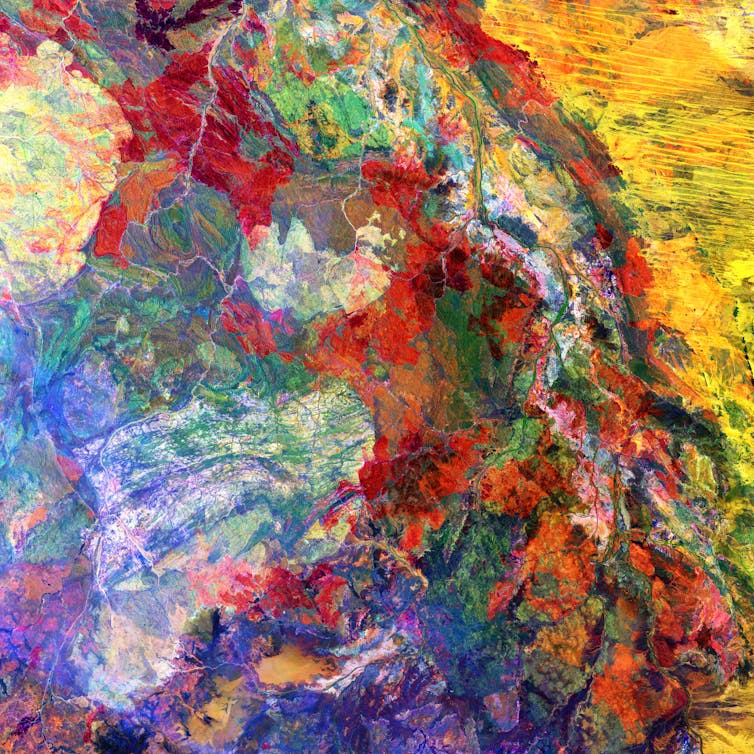
Environmental scientists see flora, fauna and phenomena the rest of us rarely do. In this series, we’ve invited them to share their unique photos from the field.
There’s something to be said for a job that pays you to stroll over the Scottish Highlands, scoot around a Greek Island, or go on an expedition to Antarctica – all in the name of geoscience, the study of the Earth.
But during COVID travel restrictions, many geologists had to mine the collection of samples and data they already had. Other geologists used satellite and other images to make geological interpretations.
This field of geology is called remote sensing, which is the process of using, for instance, satellites or aeroplanes to observe the physical features of an area at a distance. It’s often easier to see how geology shapes our landscapes by taking this birds-eye view.
In terrific news for remote sensing geologists, armchair geology enthusiasts and lovers of stunning landscapes, the United States Geological Survey (USGS) has a vast collection of satellite images of the Earth’s surface, capturing breathtaking geological features from space.
Remote sensing geologists use many techniques which make features of interest more distinct. This enhances or alters colours, which you can see in a few of my picks of USGS’s eight most fascinating images. Here’s what they reveal about the planet.
Volcanoes From Space
Volcanoes are usually pretty distinctive when you see them from the ground, whether it’s the iconic Mount Fuji, the lava fields of Iceland, or the hundreds of volcanoes that pockmark the fields of western Victoria in Australia.
From above, they can look a little different. In the first image below of Mount Elgon on the border of Uganda and Kenya, you can spot the “caldera” – a bowl-shaped depression in the centre of the volcano where the rock has collapsed after the magma chamber empties.
In the second image of New Zealand’s Mount Taranaki, you can spot the crater, which is also a depression, but forms when the volcano explodes and rocks are ejected.
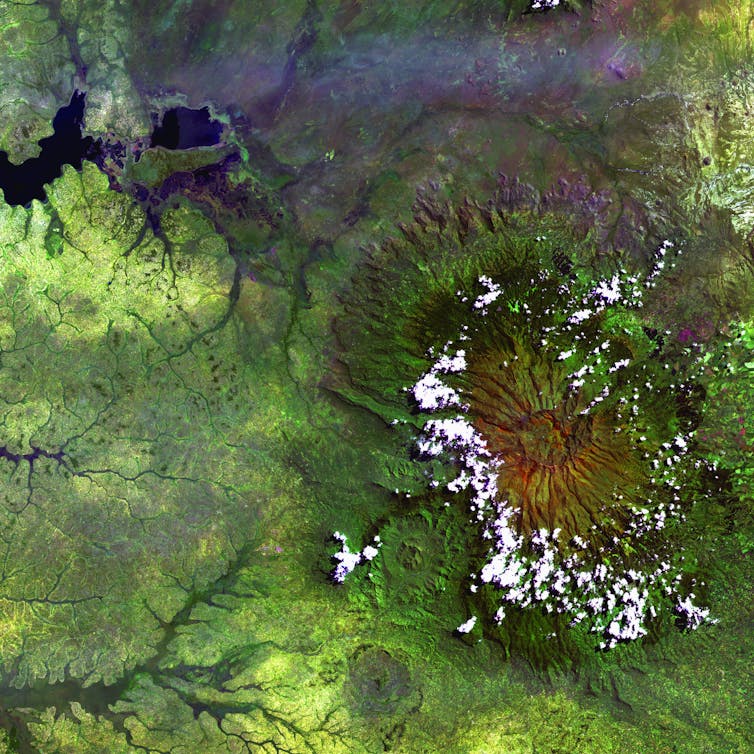
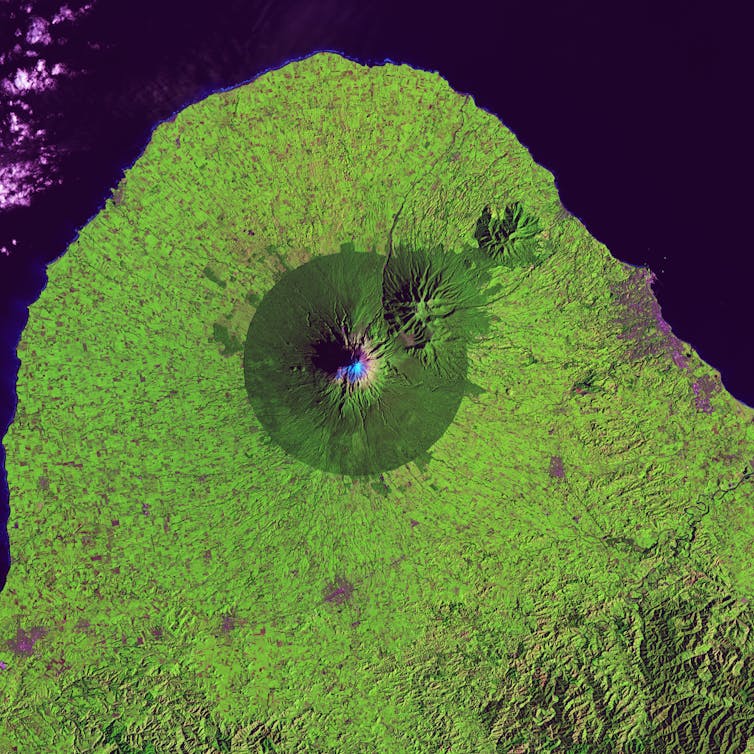
The products of volcanoes may also be obvious in satellite images. You can see the lava flow from the Haruj volcano in Libya in the third image below. It is a black stain of basalt on the surrounding white and yellow sand, to envy even the finest Rorschach inkblots.
This field of lava is about 185 kilometres wide, a huge distance that’s possible because the chemical composition of the lava made it runny and able to flow a long distance from the eruption site.
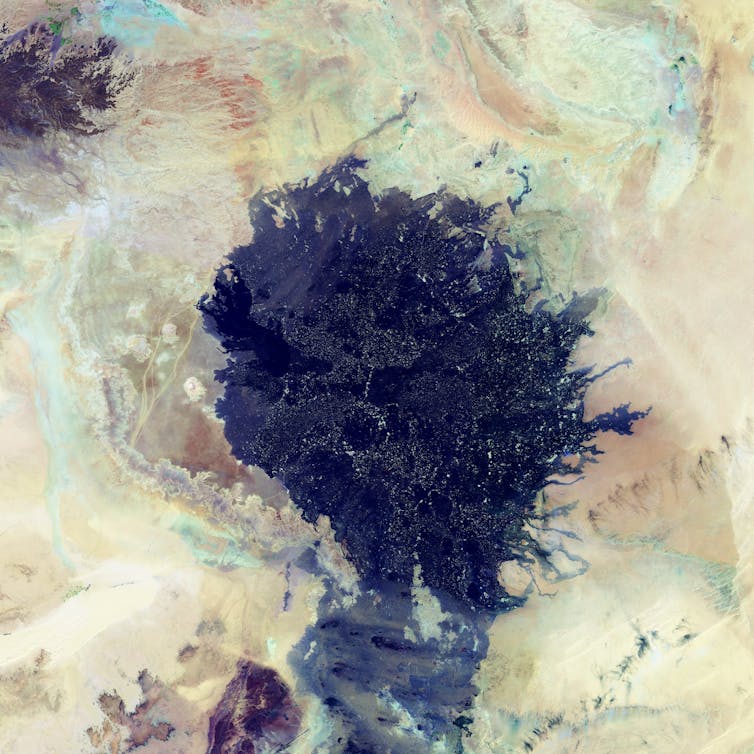
Some magma-related features have stumped geologists for years. Only by combining remote sensing with observations on the ground have they been able to solve these geological puzzles. The Richat Structure in Mauritania’s Maur Adrar Desert, shown below, is one such feature.
It looks like a meteorite impact crater or, perhaps, a bullseye for intergalactic visitors. But in recent years, researchers determined – after much debate – that it formed when a series of magmas from deep below the surface intruded into the existing sediments.
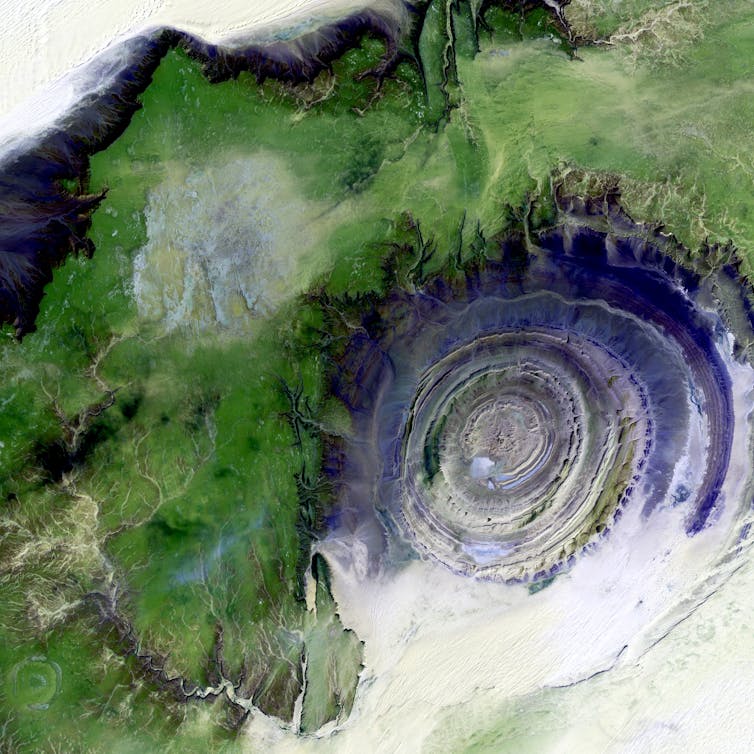
Some of these magmas formed concentric circles, known as ring dikes, which is the main feature we see in satellite imagery. These ring dike magmas never reached the surface and are only exposed now because the overlying rocks eroded away over time.
But other magmas in the series did make it to the surface to erupt as lava. You can see the small volcano formed by these surface eruptions on the USGS image where it appears as a white-grey smudge interrupting the southwestern part of the innermost ring dike.
When Rocks Collide
The landscapes of Iran’s Zagros Mountains and China’s Keping Shan thrust range have two major things in common.
First, they both look spectacular from above. Second, they were both formed at the bottom of oceans and were then uplifted and deformed by geological forces to form the ridges and valleys which dominate these two regions today.
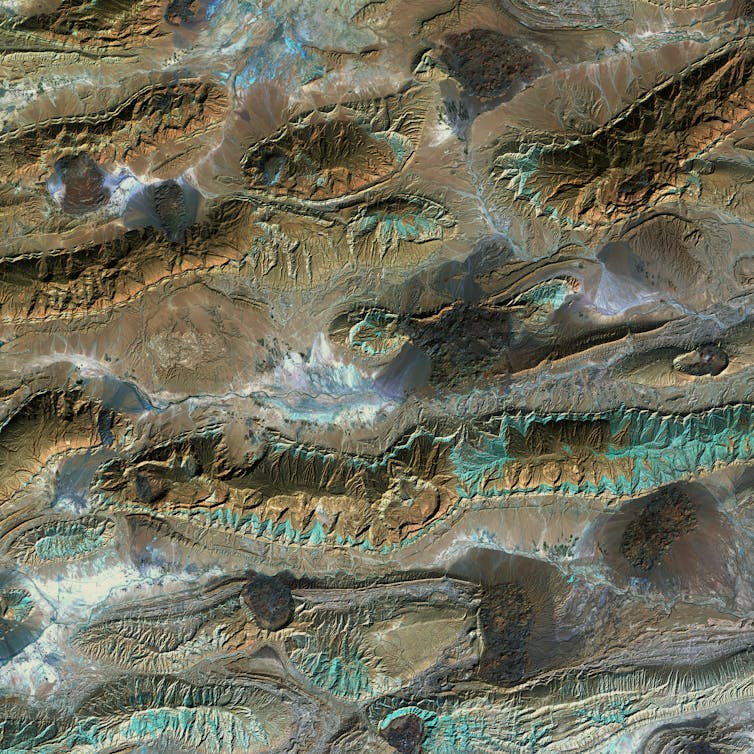
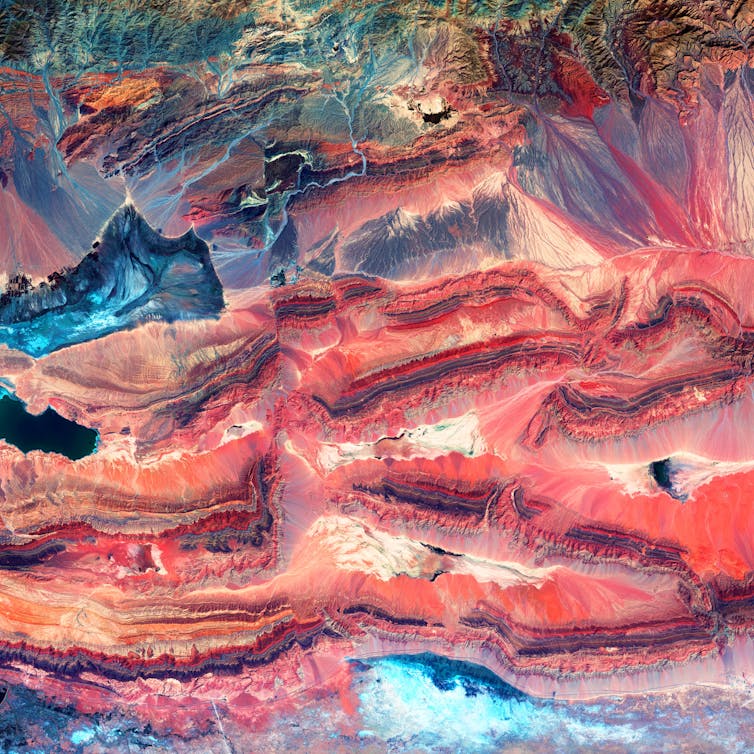
Both mountain belts were created when land masses collided, and the pressure from these collisions caused the rocks to fold over themselves. In some places, the rocks broke apart completely.
These breaks, known as faults, brought up deeper, older rocks to sit on top of younger rocks. These faults form the layered ridges seen in the satellite image of Keping Shan.
Unlike Keping Shan, the ridges in the Zagros Mountains were formed when softer rocks, such as silt and mudstone, were eroded away over time. This erosion formed valleys beside the more resistant rocks of limestone and dolomite, which comprise the arch-shaped folded domes.
Unravelling Rivers
Rivers make huge changes to our landscapes. Over many years they can find and exploit weaknesses in rocks to carve their way through any terrain. Rivers look and behave differently depending on factors such as flow rate, how much sediment they carry, and the gradient of the slope they’re on.
Rivers can consist of one narrow and winding stream (called a meandering river) such as the Beni River in Bolivia, or a wide channel made up of many branches braided together between bars of sediment (called a braided river), such as the portion of Brazil’s Rio Negro in the last image below.
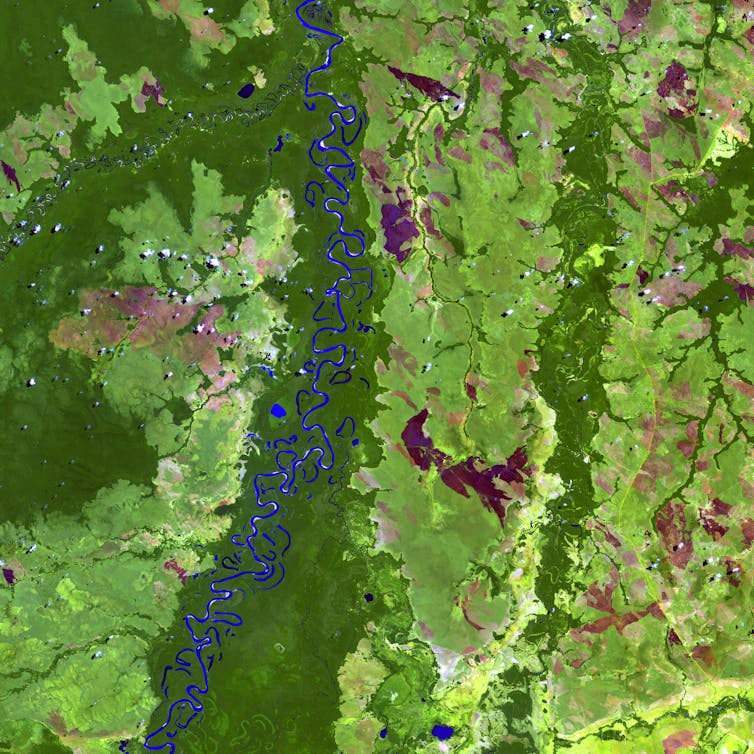
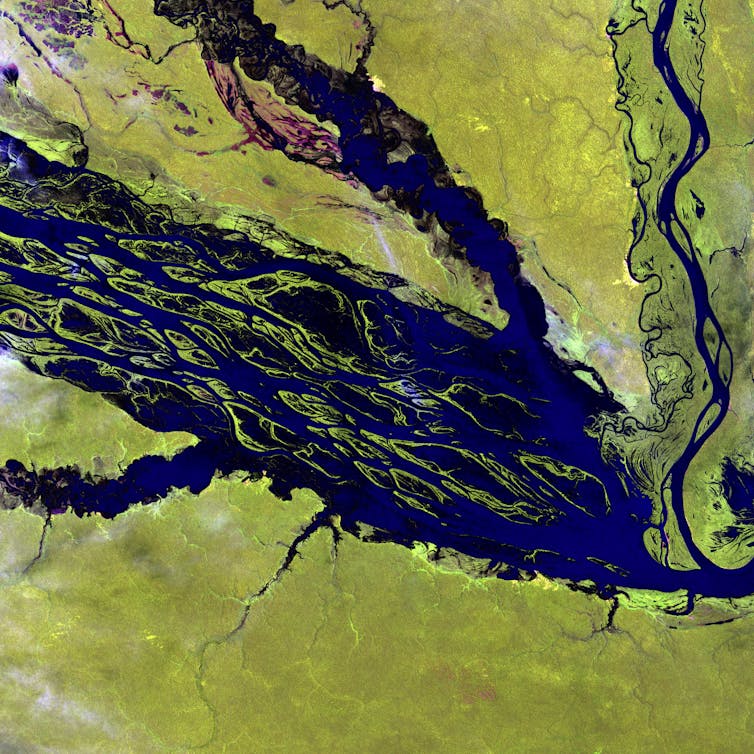
Looking at the meandering Beni River from above, you can see how the twists and turns of the river have evolved over time. The u-shaped lakes scattered along the edges of the river are called oxbow lakes.
These oxbow lakes are the former channel of the river which have since been cut off when the river eroded a new, more direct channel to follow. In Australia, oxbow lakes are also known as billabongs.
Unlike the slowly meandering Beni River, the wide channel of the Rio Negro is created by fast flows and the deposition of coarse sediment. These characteristics form the mosaic of small islands between the branching flow of water. The islands become submerged during Brazil’s wet season when the volume and flow of the water is higher.
Armed with this new knowledge, book a window seat next time you fly and see what geological wonders you can spy from above.![]()
Emily Finch, Research Affiliate, Monash University
This article is republished from The Conversation under a Creative Commons license. Read the original article.
NASA’s asteroid deflection mission was more successful than expected. An expert explains how

On September 26, after a nine-month journey through the Solar System, NASA’s Double Asteroid Redirection Test (DART) mission impacted an asteroid called Dimorphos.
NASA scored a bullseye, with DART – roughly the size of a vending machine – hitting Dimorphos within 10% of the 160-metre asteroid’s centre. The hit changed the orbit of Dimorphos around its bigger companion asteroid Didymos by more than 30 minutes, far exceeding the original goal.
This is the first time humans have deliberately changed the motion of a significant Solar System object. The test shows it’s plausible to protect Earth from asteroid impacts using similar future missions, if needed.
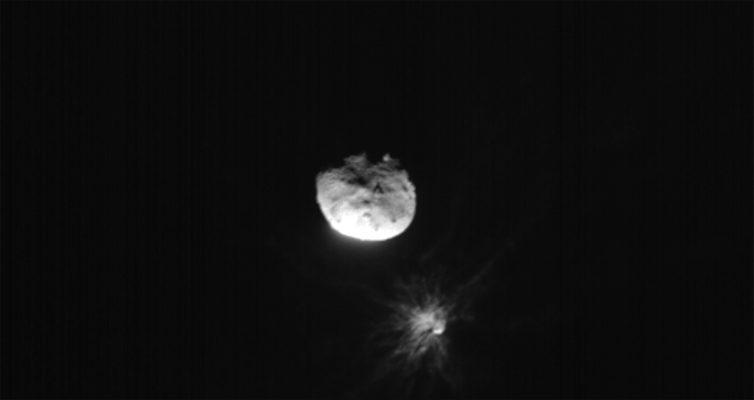
An Astonishing Feat
The successful mission is an astonishing feat of science and engineering. In the final phases of approach before impact, DART autonomously steered itself to the impact site, processing images onboard the spacecraft and adjusting its trajectory without the intervention of humans.
Many telescopes on Earth, and an Italian spacecraft that tagged along with DART, were able to obtain amazing images of the impact. Even small telescopes captured spectacular views, showing an enormous plume of debris from the impact that developed into a trail now following the asteroid through space.
The DART mission was the first test of planetary defence – the use of a spacecraft to change the trajectory of an asteroid.
In the future, such a technique could protect Earth from asteroid impact, if we detect an asteroid on a collision course with us. By changing the direction of an asteroid when it is far from Earth, a collision could be avoided.

How Was DART So Successful?
Dimorphos was chosen as the target for DART because it is part of a double asteroid system – it orbits a larger, 780-metre asteroid called Didymos. Before the impact, this orbit was very regular and could be measured by large telescopes from Earth. Measurements showed the period of the orbit was about 11 hours and 55 minutes.
The DART mission goal was to show the orbit of Dimorphos would be changed by the impact, which took place 11 million kilometres from Earth, with the spacecraft travelling at 25,000 kilometres per hour.
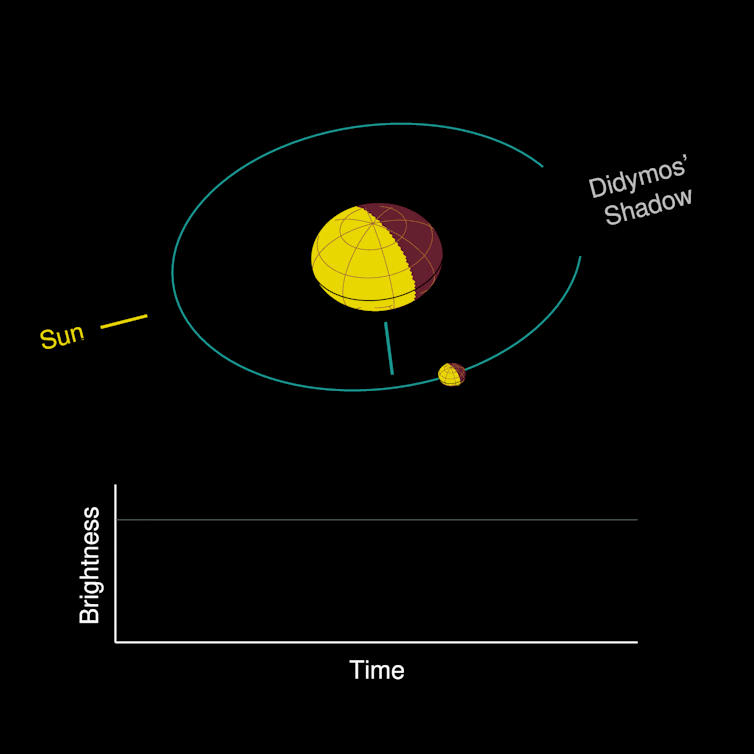
Telescopes on Earth measured the orbit before and after the impact. The minimum change to the orbit to declare mission success was 73 seconds.
The data are in and DART changed the orbit of Dimorphos by a whopping 32 minutes (plus or minus 2 minutes).
The change is large, partly because of the resulting debris plume. The act of throwing all that debris off the asteroid generated a recoil, like the recoil of a gun; the bullet is fired in one direction and the gun recoils in the opposite direction. It’s the same with the debris plume and the asteroid.
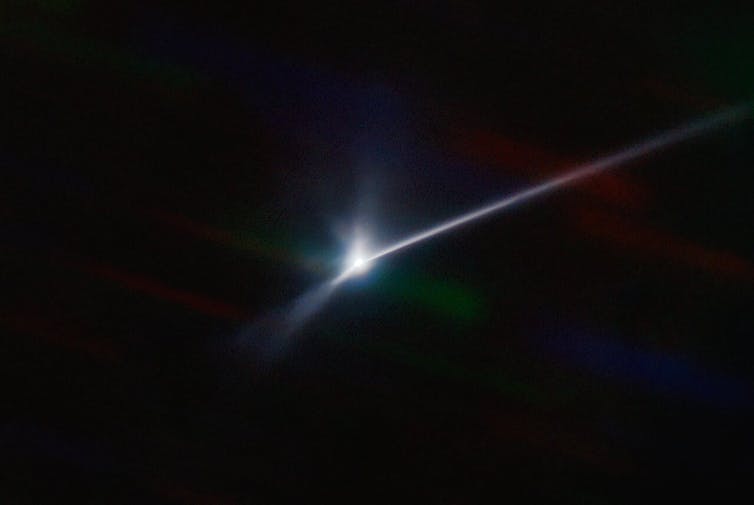
Good News For Planetary Defence
By any measure, DART has therefore been a huge success. DART made a bullseye and showed that missions like this can alter the trajectories of asteroids. The idea has been around for a long time, and has inspired many asteroid movies. Now, engineering and science have caught up.
If, in the future, an asteroid is found to be on a collision path with Earth, and we have enough warning, a next-generation mission based on the DART experience could well save Earth and humanity from significant losses.
DART cost approximately US$324 million, and at this point it looks like money well spent.
As more data on the impact are analysed, planetary defence techniques can be refined. We will also learn a lot about asteroids from the data collected. A European mission is planned to go to the Didymos/Dimorphos system and take a close look at the impact crater, which will provide even more detailed information.![]()
Steven Tingay, John Curtin Distinguished Professor (Radio Astronomy), Curtin University
This article is republished from The Conversation under a Creative Commons license. Read the original article.
The Lindisfarne Gospels: the story of how a medieval masterpiece was made

Sometime around the turn of the 8th century, on Lindisfarne, a windswept island off the English coast in Northumbria, a monk by the name of Eadfrith sits down and sharpens his quill. He dips it into the black ink pot before him and, guided by the light of flickering candle, traces the first words of the Gospel of John on to blank parchment.
In principio erat Verbum.
“In the beginning was the Word”.
Eadfrith’s task is to copy the Latin text of all four Gospels – Matthew, Mark, Luke and John – and illustrate them in what art historians term the insular style, a geometric decorative technique spreading across early medieval Britain and Ireland.
It will take Eadfrith ten years to finish the Lindisfarne Gospels, on view at Laing Art Gallery in Newcastle until December 2 2022, but his masterpiece will be valued for generations. Later owners will add to its pages and the book will be saved from Viking invaders, finding a new home in Durham for 800 years before becoming part of the British Library’s collection via the collector Robert Cotton (1571-1631).
The story of the Lindisfarne Gospels is intimately connected to life in the north east of England. It speaks to the migration of communities, the passing on of artistic traditions and the preservation of a communal history that resonates with modern-day concerns around identity and belonging.

Encrusted With Jewels
The Lindisfarne Gospels is formed of more than 250 vellum pages and measures just over 36cm in height, about the size of a modern A3 sheet. The book’s original “treasure binding”, encrusted with gold and jewels, was destroyed at some point in the manuscript’s tumultuous history, but the modern copy, commissioned in 1852, and other medieval treasure bindings give some sense of the sumptuous world in which this holy book was created.

The book opens with letters by the influential Christian theologians and Church Fathers Jerome and Eusebius and with a series of canon tables, organisational systems for comparing stories across the gospels. Then follows the gospel texts, each preceded by an image of its author and an incipit (literally meaning “it begins”) – a page of twisting geometric shapes that form the first words of the text.
The manuscript also includes a Chi-Rho page, where the letters of the abbreviated Greek version of Christ’s name, “XPI”, emerge from a swirling sea of vines. Most impressive of all are its five “carpet” or ornamental pages, where a dizzying pattern of repetitive knots and spirals, designed around the shape of a cross, fill the page.
On closer inspection, the dense mass of painted lines reveals a world teeming with life, from big-footed birds who parade around the borders to long-necked snake-like creatures darting in and out of the twisting shapes. Scholars are still divided as to their meaning, but some of their purpose must lie in their ability to beguile their reader, drawing them into the sacred text.
While these forms recall older worlds on the cusp of Christianity – particularly the Scandinavian-inspired burial goods of Suffolk site Sutton Hoo – they remain rooted in the Christian world in which they were made.

The Spread Of Christianity
The 5th-century collapse of the Roman Empire splintered Roman Britain into numerous warring kingdoms. By the 7th century, Oswald – son of Æthelfrith of Bernicia – had united Bernicia and Deira under the single banner of Northumbria. Over this powerful land, he encouraged the spread of Christianity.
In 635, Oswald invited an Irish monk named Aidan, from the Hebridean isle of Iona, to be his bishop, gifting him the small tidal island of Lindisfarne on which to establish a monastery. Arriving with Aidan were monks trained to produce the books for which Iona was famed: the Book of Kells, the Book of Durrow and the Otho-Corpus Gospels (also on display at the Laing Art Gallery) were all produced on this isle.

The writing room Aidan’s monks established, a scriptorium, paved the way for the creation of the Lindisfarne Gospels a generation later, but its production is linked to another famous event in the island’s history. Cuthbert, Lindisfarne’s prior and later bishop, had already acquired a reputation as a miracle worker by the time of his death in 687. However, when his tomb was opened 11 years later and his body was found to be “incorrupt” (it had not decayed), pilgrims began to flock to Lindisfarne seeking healing. The island became a holy island. (Research has suggested that embalming techniques or the saltiness of the soil might explain why the body was preserved.)

Eadfrith began his work on the gospels in the wake of these events, perhaps designing the book to take centre stage in the elaborate ceremonies performed around Cuthbert’s new shrine. A later inscription in the manuscript records that it was made “for God and St Cuthbert and – generally – for all the saints who are on the island.”
The Gospels Survive Viking Raids
That the book should have survived for 1,300 years is remarkable. In 793, Viking armies raided Lindisfarne, destroying Cuthbert’s shrine and most of the monastery. The monks fled, taking Cuthbert’s body and as many books as they could carry, including the Lindisfarne Gospels.

After seven years the community settled at the priory in Chester-le-Street, near Durham. It is here that the Lindisfarne Gospels received their final but remarkable medieval addition. In the 10th century, when the manuscript had been in the library of Chester-le-Street for nearly 200 years, a monk named Aldred carefully added a translation of the gospel text in Old English above the Latin.
Aldred’s “interlinear gloss” (so-called because of its placement between the lines of text) is written in Northumbrian dialect in a smaller and spikier hand than Ealdred’s rounded Latin forms. It is unclear why Aldred decided to embark on this ambitious task. The timing, however, corresponds with growing efforts to cement Cuthbert’s cult in Durham and to translate books that had once been closely associated with his shrine in Lindisfarne for those with little or no Latin.
Aldred may also have had more personal reasons for his translation project. One of his inscriptions records that he is translating the text “for God and St Cuthbert, so that he [Aldred] may have admission into heaven; on earth, happiness, peace and success”.
Whatever his motivations, Aldred’s intervention provides us with the oldest surviving version of the Gospels in the English language. As well as a masterpiece of Northumbrian art, the Lindisfarne Gospels is an invaluable record of early medieval history, preserving the words spoken by everyday people in the north of England over nine centuries ago. Its images and text connect us to a world of saints, miracles and Viking invasions, but also a society that cared deeply about its past, its people – and its books.![]()
Sophie Kelly, Lecturer in History of Art, University of Bristol
This article is republished from The Conversation under a Creative Commons license. Read the original article.
A large cockroach thought extinct since the 1930s was just rediscovered on a small island in Australia
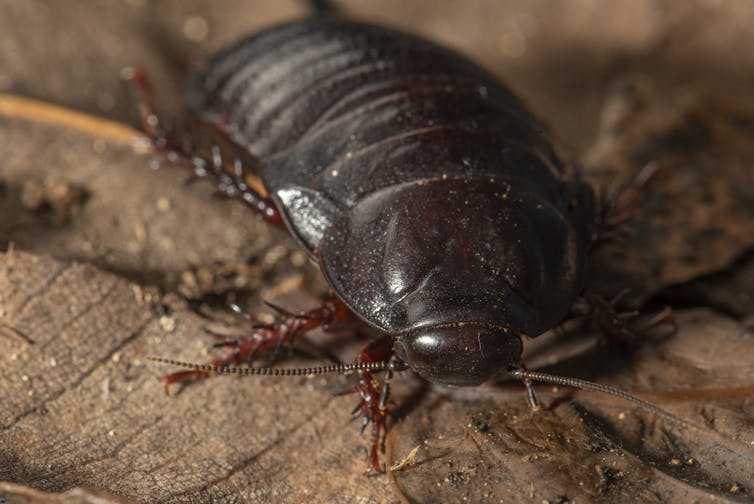
In 1887, Australian Museum scientists undertook a pioneering expedition to Lord Howe Island, a tiny patch of land off the east coast of Australia. Among their many discoveries, they recorded “a large Blatta” – a type of cockroach – under a decaying log.
This was later described as Panesthia lata, the Lord Howe Island wood-feeding cockroach. P. lata was noted as being highly abundant, playing a key role in nutrient recycling, and presumably a food source for the many birds on the island.
Alas, in 1918 rats arrived on the island from a shipwreck. By the late 20th century, P. lata could not be found despite extensive searches over multiple decades, and was assumed to have gone extinct due to rat predation.
But could it have survived in some unexplored pocket of the island?
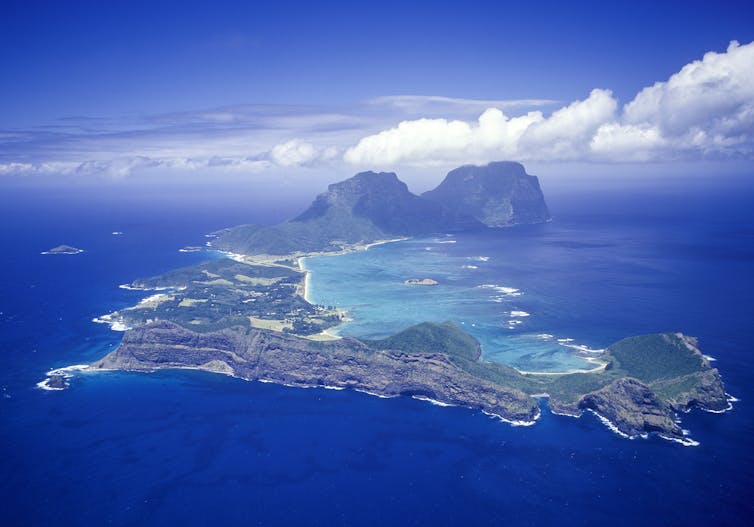
Putting The Cockroach Back Where It Belongs
In 2019, the New South Wales Department of Planning and Environment (NSW DPE) implemented the final stage of its highly successful (although at times controversial) rat eradication program on the island.
Following this, I and my colleagues from NSW DPE, Lord Howe Island Museum, Chau Chak Wing Museum, CSIRO’s Australian National Insect Collection and the University of Melbourne became interested in the biology of P. lata and the potential to repopulate the island with this insect.
This was on the cards because in 2001, P. lata had been discovered on Blackburn and Roach islands, two small islands near Lord Howe Island.

But hang on a minute: why would we want to put cockroaches, one of the most reviled creatures on Earth, back on a beautiful island after their seemingly fortuitous extermination?
Well, P. lata is, believe it not, quite cute and charismatic, and has no interest in going into people’s houses. It is wingless, about 4cm long, and stays hidden in the forest, where it burrows into the soil and feeds on leaf litter and rotting wood by night.
Fortuitous Rocks
In July we received funding from the Australia Pacific Science Foundation to investigate the genetics and ecology of P. lata from Blackburn and Roach Islands. So Maxim Adams, an honours student in our lab at the University of Sydney, and Nicholas Carlile from NSW DPE headed off to Lord Howe Island to begin the study.
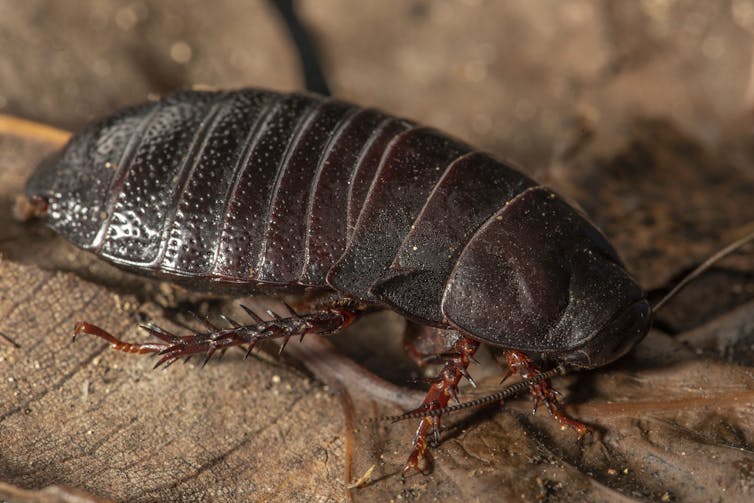
Bad weather prevented them from going out to Blackburn Island, so they decided to examine potential sites on Lord Howe Island that might have once been teeming with P. lata before the rats arrived.
They walked to a secluded area in the north of the island, and decided to turn over a few rocks. Literally the first rock they checked revealed a small congregation of the cockroaches! I was due to join them three days later, but they called me that afternoon with great excitement to relay the news.

They found a few others within a few metres under the same fig tree, but extensive searching over the next few days revealed none in other nearby areas or other parts of the island.
Not The Same As Their Neighbours
We carried out some preliminary DNA tests upon our return to Sydney, finding the rediscovered Lord Howe Island population of cockroaches was distinct from the ones found on Blackburn and Roach islands.
It is possible the population hung on as a result of rodent baiting in the area. The baiting was done in recent decades to assist the survival of various other threatened species.
We are now carrying out more extensive DNA studies, including historical museum samples collected from the late 19th and early 20th centuries, and samples from Ball’s Pyramid, roughly 20km southeast of Lord Howe Island, collected by Dick Smith in the 1960s.
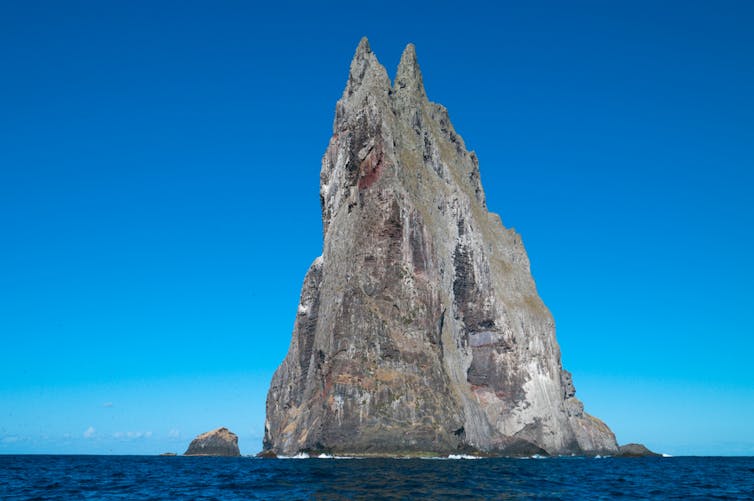
Through these studies, we hope to determine the relationship of the rediscovered population with those originally collected on the island a century or more ago and those on the outer islands. We also hope to uncover the origins and evolutionary history of P. lata.
The Lord Howe Island Group is a UNESCO world heritage site of global natural significance, and is home to more than 100 plant species found nowhere else on Earth, and many more endemic animal species. The biology of many of these species, particularly the island’s invertebrates, remains mysterious.
We hope our use of DNA techniques will help us to establish P. lata as a model for understanding several million years of evolution on the Lord Howe Island archipelago, and aid the re-establishment of this shy yet charismatic creature on its homeland.![]()
Nathan Lo, Associate Professor, School of Biological Sciences, University of Sydney
This article is republished from The Conversation under a Creative Commons license. Read the original article.
From coelacanths to crinoids: these 9 ‘living fossils’ haven’t changed in millions of years
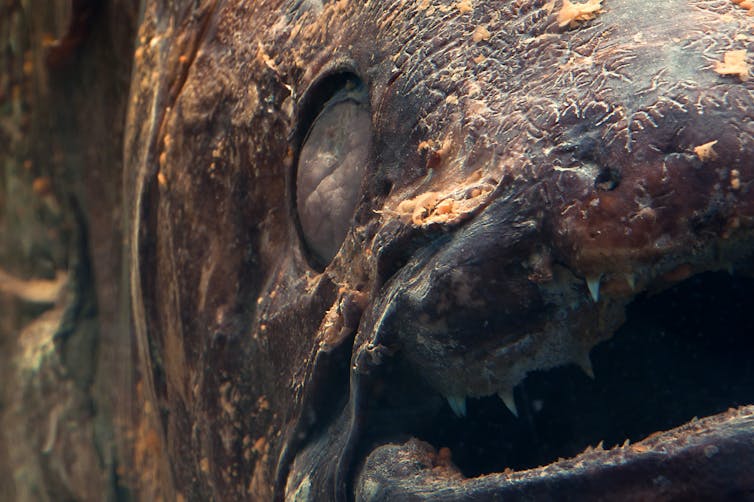
We see evolution all around us, constantly, in every living thing. Yet in the deep oceans we find a number of “living fossils” reminiscent of creatures from prehistoric times.
In his 1859 book On the Origin of Species, esteemed naturalist Charles Darwin coined the term “living fossil” to describe living organisms that appeared unchanged from their extinct fossil relatives. The term has since been used to describe long-enduring lineages, relict populations, groups with low diversity, and groups with DNA that has hardly changed in millions of years.
The marine depths seem to be a good place for “living fossils”, with cartilaginous fish such as sharks and rays generally being 2-4 times more evolutionarily distinct than land animals. In other words, while every species is unique, these species are particularly unlike their closest relatives.
Let’s take a look at some of these relics from the past.
1. Coelacanth
Coelacanths are fish that live deep off the coasts of Africa and Indonesia. They have unusually shaped paired body fins which they move alternatively, almost as if they’re “walking” underwater. Their lineage stretches back to the Devonian Period, at least 410 million years ago.
It was once thought coelacanths had gone extinct alongside (non-bird) dinosaurs about 70 million years ago, as they disappear from the fossil record around this time.
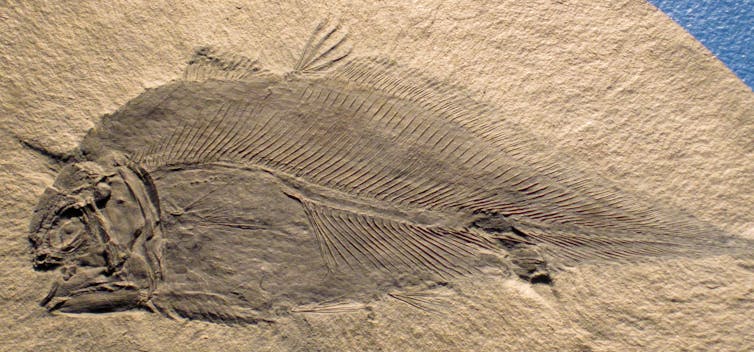
So imagine the surprise when a living specimen was dredged up from the deep ocean in 1938! This fish became known as “Old Fourlegs” and was thought to be the direct fishy ancestor of all land animals (although we now know this isn’t strictly correct).
Today there are two living coelacanth species, known as Latimeria, which have basically remained unchanged over the past 100 million years.
2. Horseshoe crab
Horseshoe crabs are ancient creatures that first appeared at least 480 million years ago during the Ordovician Period and don’t appear to have changed much since. They are not crabs at all, but “chelicerates” and therefore more closely related to spiders and sea scorpions.
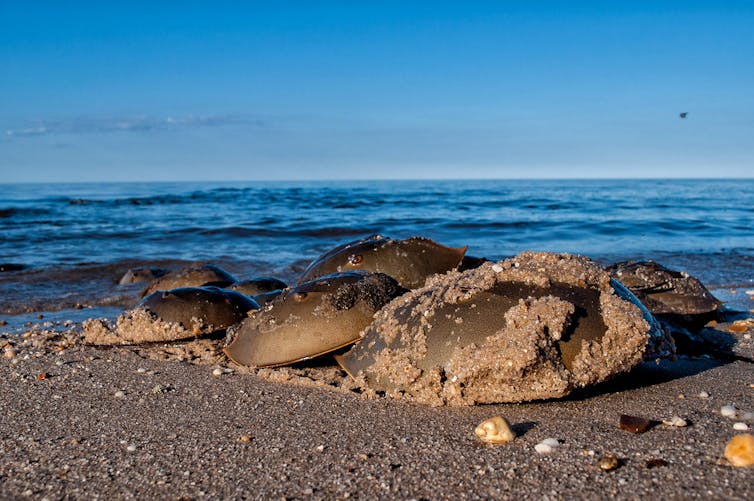
There are four species alive today, all within the family Limulidae, found in waters off Asia and North America. They migrate to shallow coastal waters to breed in massive “orgy” events, with females laying many tens of thousands of eggs in the sand.
They also have strange blue blood, coloured that way due to a high copper content. Horseshoe crabs are harvested for their blood by the pharmaceutical industry since it has uses in biomedical testing.
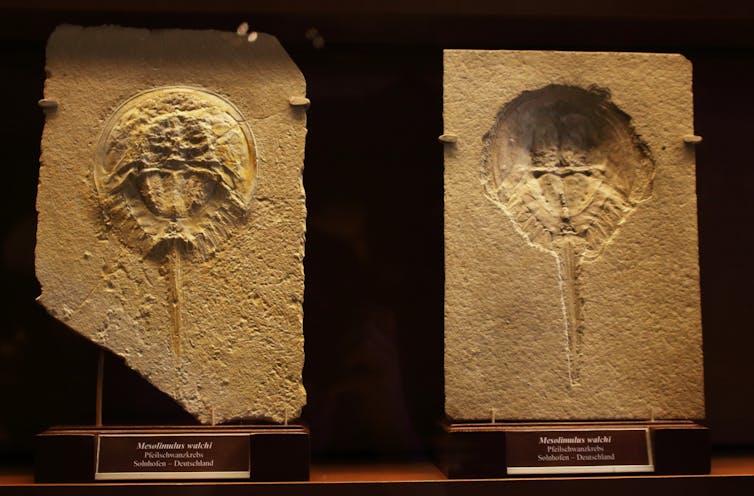
3. Elephant shark
Similar to horseshoe crabs, “elephant shark” (Callorhinchus milii) is a misnomer. This species, also known as the Australian ghost shark, is not a shark at all. It’s a related type of cartilaginous fish known as a “chimaera” and belongs to a subclass called Holocephali which diverged from the shark lineage more than 450 million years ago.
These “plownose” chimaeras take their name from their bizarrely shaped snout and can be found living off the continental shelves of Australia and New Zealand.
Analysis of their genome has shown the species changes at a veritable snail’s pace. In fact, it has the slowest evolving genome of all vertebrates, with its DNA almost imperceptibly altered over hundreds of millions of years.
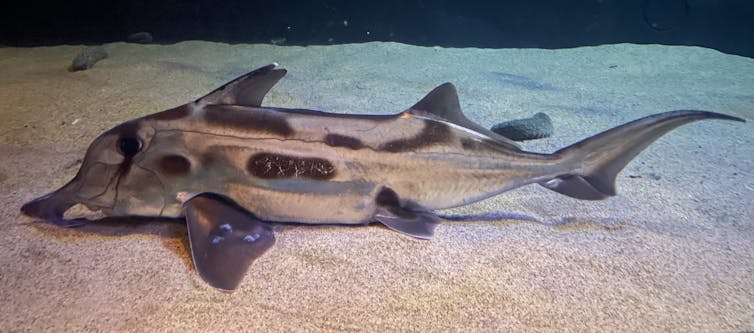
4. Nautilus
Nautilus are a type of marine cephalopod mollusc, and are therefore related to squid and octopus. However, unlike other cephalopods, they are housed within a distinctive smooth, hard shell.

Nautilus live in the open water in and around coral reefs in the Indo-Pacific Ocean. They’re hunted for their beautiful shells to make art and jewellery, but international trade is now regulated to protect them from over-exploitation.
Members of the Nautilidae family are known to have existed from the Late Triassic, and appear to have remained relatively unchanged for more than 200 million years. Darwin himself described these creatures as “living fossils”.

5. Goblin shark
The goblin shark (Mitsukurina owstoni) is a bizarre animal with a long, flat snout and toothy jaws that protrude in front of the face to catch unsuspecting prey. It’s a relatively rare deep-water shark living in all major oceans. With a face only a mother could love, it was described as “grotesque” when first encountered in 1910.
The goblin shark is the only living representative of its family, Mitsukurinidae, and is the most evolutionarily distinct shark we know of; its lineage stretches back some 125 million years.
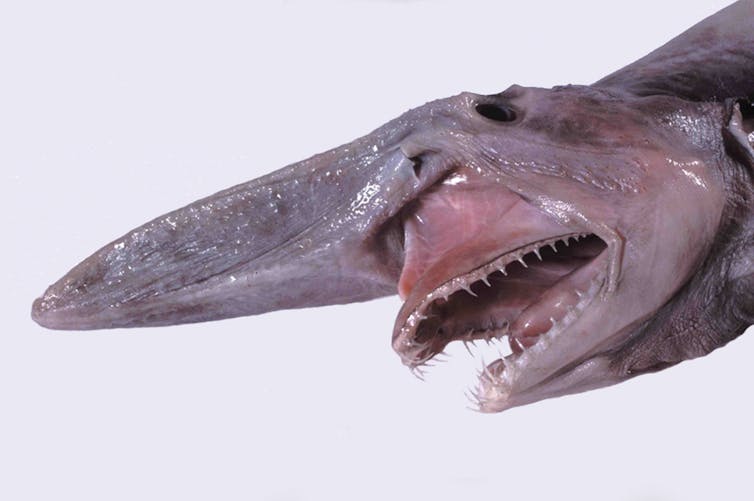
6. Mantis shrimp
Mantis shrimp, also called stomatopods, are distinctive crustaceans found in tropical and subtropical coastal waters around the world. They are fearsome marine carnivores known to deliver a dizzyingly fast and painful blow.
They also live a colourful life. During mating season they fluoresce (emit light) and have complex eyes to watch these displays. In fact, they have up to 16 colour receptors, whereas humans have just three.
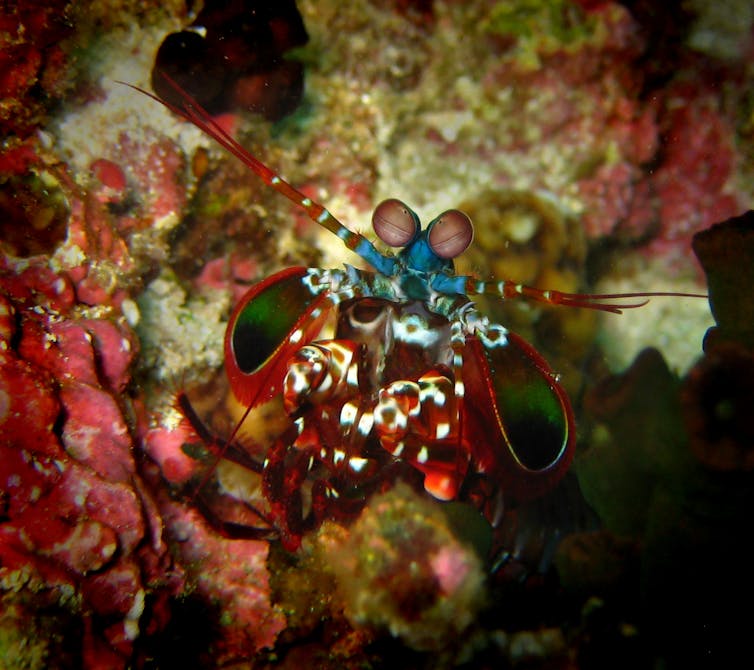
The mantis shrimp lineage branched off from other crustaceans in the malacostraca class (such as crabs, lobsters and krill) during the Carboniferous, around 340 million years ago. So these fabulous, feisty critters have been flourishing for a long time. Today there are hundreds of species belonging to the suborder Unipeltata, which appeared some 190 million years ago.
7. Striped panray
Many cartilaginous fish tend to be highly evolutionarily distinct, but taking out the top spot is the striped panray (Zanobatus schoenleinii). This fish has a median “evolutionary distinctiveness” age of 188 million years.
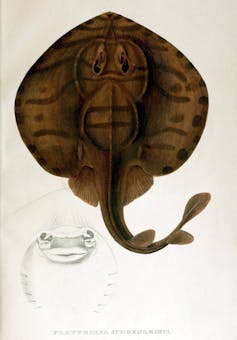
Today, the striped panray lives in tropical waters in the eastern Atlantic (and possibly the Indian) ocean, and feeds on small invertebrates from the ocean floor. It belongs to the order Rhinopristiformes and is oviparous, meaning it gives birth to live young. It is listed as “vulnerable” by the International Union for Conservation of Nature.
8. Brachiopods
Brachiopods are shelly marine animals with long, fleshy stalks that live in burrows on the seafloor. They act as reef-building organisms, filter-feeding from the water around them. Brachiopods living today, such as Lingula, look more or less the same as their Cambrian counterparts from about 500 million years ago! They are considered the oldest known animal (genus) that still contains living representatives.
In The Origin of Species, Darwin noted “some of the most ancient […] animals as […] Nautilus, Lingula, etc., do not differ much from living species”. It’s these observations that led him to propose the term “living fossil”.
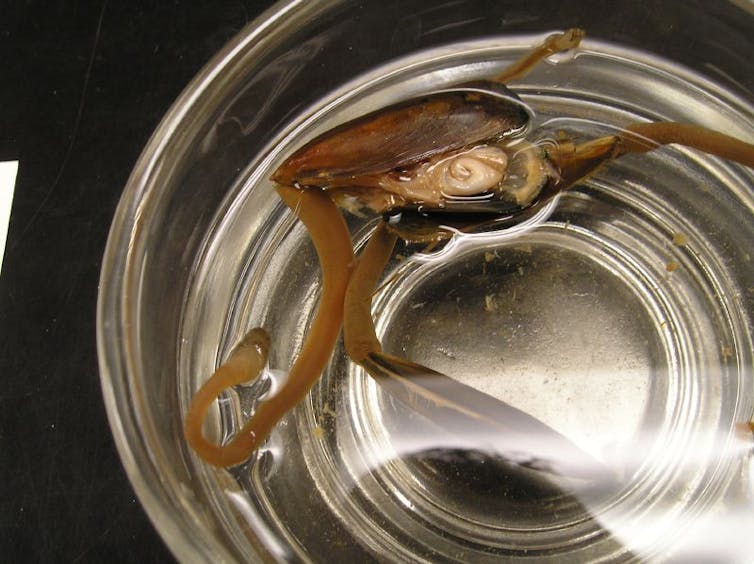
9. Crinoids
Crinoids are known from at least the Devonian (359-419 million years ago) but may have existed as long ago as the Ordovician (more than 445 million). These marine animals, also known as “sea lilies”, once lived on the seafloor in a symbiotic relationship with corals. Corals grew off the stalks of crinoids to reach higher into the water column for better feeding opportunities.
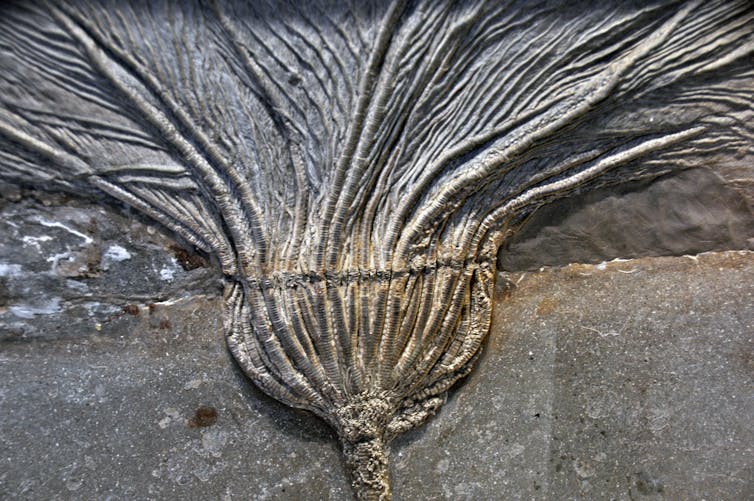
This association was very common until the crinoids’ supposed extinction 273 million years ago. However, in 2021 these two marine creatures were rediscovered in Japanese waters, thriving in a blissful aquatic partnership. It remains a mystery why no fossil evidence of this happy marriage had been found for the intervening period.

How Do Living Fossils Form?
While animals described as “living fossils” usually do continue to evolve, many of these changes are imperceptible to the human eye. To track how animals change over time, we look at molecular changes visible in the genes, or “morphological” changes to the physical form.
Internal (or molecular) drivers include genetic drift, which is the random change in the frequency of gene variants in a population over time. External forces include natural selection, in particular sexual selection, which lead to specific traits being inherited in a population over time.
All the marine animals in this list seem to be undergoing morphological stasis (slowing or stoppage). Some may have molecular stasis too. Their slowing rates of evolution are likely a result of the relatively stable environment underwater, particularly in the deep sea. These distant refuges are some of the least affected by direct human impacts and changes in weather and climate.
Then again, these animals are not immune. And if we’re not careful, we may lose some of these curious creatures forever.![]()
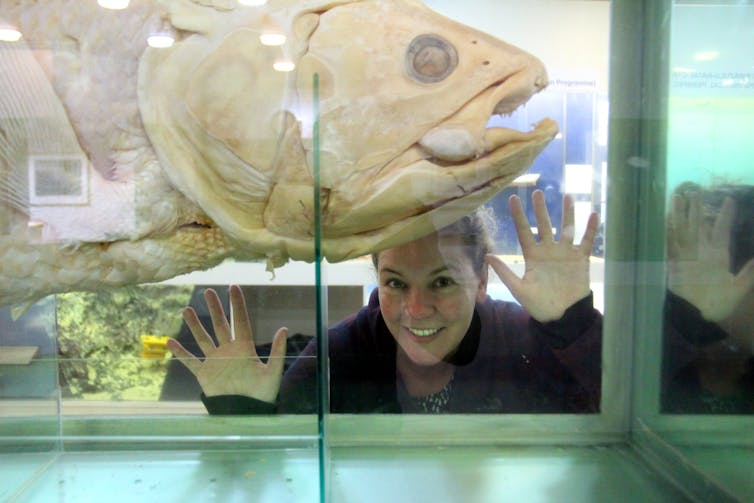
Alice Clement, Research Associate in the College of Science and Engineering, Flinders University
This article is republished from The Conversation under a Creative Commons license. Read the original article.
Finally bold and imaginative: the first major redesign of the National Museum of Australia is a triumph
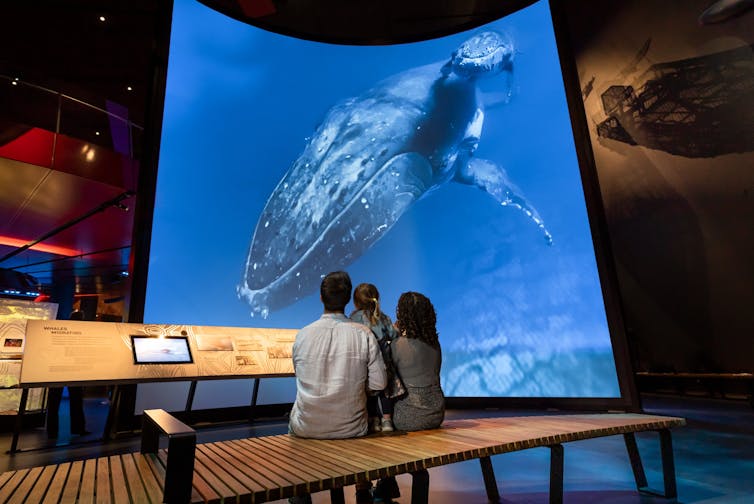
The National Museum of Australia has just opened the most significant redevelopment in its history.
Costing $25 million, Great Southern Land weaves 2,000 objects into a natural and cultural history to show how the Australian continent has influenced and been impacted by human decisions.
The new gallery provides a place to share and explore ideas about Australia and our place in it, and to consider what actions might be necessary to ensure the nation’s future.
The exhibition is beautiful and sophisticated. Quiet where it needs to be quiet and boisterous and fun-loving in other parts, it engages all our senses as we gaze in wonder at the life-sized orca models suspended from the ceiling and squint to see the tiny fragments in display cases at knee level.
It is a pivotal moment in the ongoing life of the museum, and the nation.
A Controversial Museum
Aspirations for a national museum were precisely outlined in a report presented to government in late 1975. But the fall of the Whitlam government meant the political momentum for the proposal went by the wayside.
The National Museum of Australia wouldn’t open until 2001. At its launch, then prime minister John Howard criticised it as being “un-museumlike”.
Its colourful façade and shiny features jarred against Canberra’s landscape of brutalist-designed national institutions. But the museum’s difference was more than skin-deep.
Every part of it, inside and out, represented Australian history as resulting from the entanglement of many stories. Its exhibitions provided spaces for social and political commentary and challenged the credibility of national myths, particularly around the frontier wars.

Almost as soon as it opened, the museum was engulfed in fierce controversy, attacked for being both too political and not political enough. One headline in the Daily Telegraph read “museum sneers at white history of Australia”.
In a short time, polarised views hardened into attitudes, with supporters and critics both accusing the other side of distorting history to promote a political agenda. The clash culminated in a government review in 2003.
A New Type Of Museum
Part of the problem was the museum didn’t explain why it was so different from more familiar 19th-century-style institutions like the Australian War Memorial.
The National Museum of Australia included artefacts from recent events, things like “the small black dress” worn by Azaria Chamberlain when she was taken from her family’s tent at Uluru in 1980.
It addressed the visitor as “you”, and tried to hook them into conversations about the nation by asking them to reflect on personal experiences.
Its peers included Te Papa Tongarewa and the National Museum of the American Indian: reflecting a global museum movement that emphasised the voice of First Nations and marginalised peoples and aimed to disrupt colonial narratives.
The museum that opened in 2001 came across as overly enthusiastic, didactic, even dogmatic in parts. Instead of showing how meaning was developed, for example, by saying something about how objects were collected, its displays jumped from spectacle to spectacle.
National Museums And Truth-Telling
Great Southern Land is the first major redesign of the museum since 2001.
As visitors enter the new exhibition through a darkened grove of towering Bunya trees, it is clear from the outset the redeveloped gallery has better articulated the 1975 plan’s ambitions for the museum to be “bold and imaginative”.
It also realises the plan’s focus on the Australian environment, Aboriginal history, the history of Europeans in Australia and the intricate relationships between people and the environment.
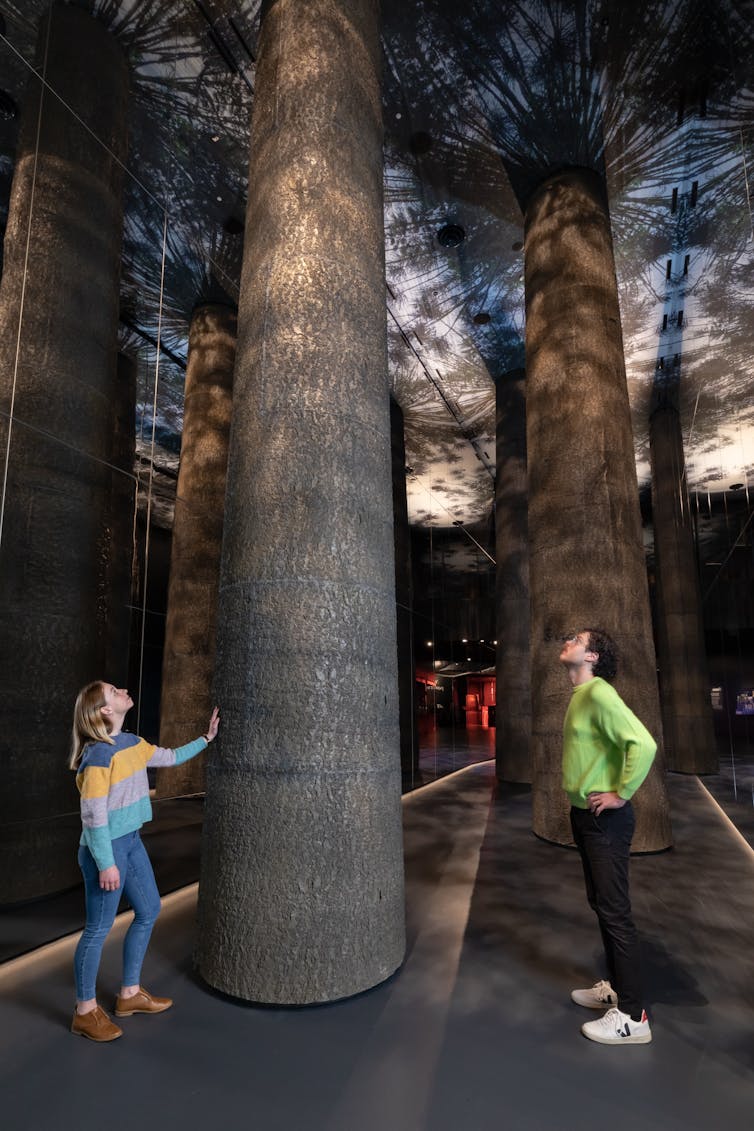
The Bunya forest is to scale and awe-inspiring. Kids rush to touch and try to get their arms fully around a tree trunk. It introduces all aspects of the new exhibition, including the museum’s centralisation of partnerships and consultation with First Nations people and communities.
The sprawling gallery leads to the zoological specimen of a thylacine in a bath of preserving liquid. It lies prone, in the centre of the exhibition. It is, perhaps along with the Bunya forest, the most moving object story. But the extinction icon evokes horror and sadness rather than joy and awe. It tackles the decades of wilful and unintended mistreatment the artefact has endured, including by the museum.
The thylacine reiterates the museum’s attention to interconnections between human and natural history. Felted thylacine joeys made by Trawlwoolway artist Vicki West in 2019 are also displayed, showing the shared history of exclusion and oppression.
Great Southern Land is part of the institution’s remit to “to be a trusted voice in the national conversation”.
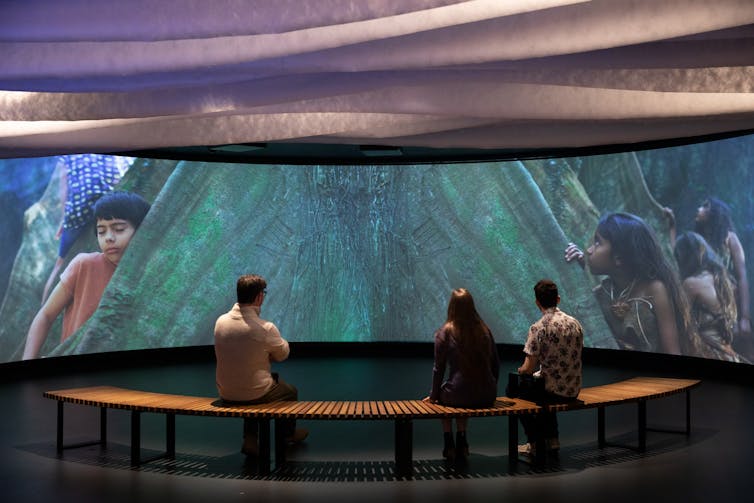
Its ambition is backed up by studies showing even despite being caught up in the culture wars, museums remain one of Australia’s most trusted institutions.
It also talks about the human side of trust. A phone box destroyed in the Cobargo 2019 bushfire sits alongside a power pole from Cyclone Tracy in 1974. A community member from Cobargo says these objects represent what happens when major infrastructure fails and community doesn’t.
In this new gallery, the museum is surer of itself. It communicates an awareness of its own responsibilities as a national museum that has had to reckon for decisions made historically by it and in its name.
It understands the gravity and necessity of its role in reaching out to people, and expects visitors to come prepared to practice intellectual curiosity, self reflection and respectful discussion. ![]()
Kylie Message, Professor of Public Humanities, Australian National University
This article is republished from The Conversation under a Creative Commons license. Read the original article.
New Zealand's Last Hippie Commune
AvPals Training Term 4 2022 At Newport

Tobias Breider & Grace Kim Perform Forgotten Romance


Bilgola Probus Club Commences

Keep On Dancing Is What The Science Says!
- Flexibility
- Agility
- Mobility
- Strength
- Stability

U3A Actvities
- A day trip to Mount Wilson on 5 October (details on page 9);
- Our annual picnic on 20 October, this year at Clontarf Reserve (details on page 10); and
- Tunnels and Gunners Tour, with a guide from the Sydney Harbour Trust, on 3 November (details on page 10.
Home Instead Sydney North Shore & Northern Beaches
Parkinson’s disease: treatment is best started early
Emily Henderson, University of BristolBBC broadcaster Jeremy Paxman was brought to hospital after he collapsed in a park while walking his dog. A doctor in the emergency department said to Paxman: “I think you have Parkinson’s.”
The doctor had noticed that Paxman was less animated than usual when presenting University Challenge. A mask-like face is a classic symptom of the disease.
Paxman said the diagnosis was “completely out of the blue”.
In Parkinson’s disease, there is a loss of a chemical in the brain called dopamine that causes movements to be smaller and slower. In the early stages of the disease, people notice that their walking slows and they have difficulty keeping pace with companions.
Sometimes people find it difficult to turn over in bed or have trouble with more awkward tasks, such as doing up buttons. Balance and stability can also be affected, which can put people with the condition at higher risk of falls – as happened to Paxman.
A diagnosis is primarily made through listening to the symptoms that someone describes. Doctors also conduct bedside tests that look for slow and small movements of the hands, arms and legs as well as shaking and stiffness of the muscles. Imaging scans can play a role in helping exclude other causes of movement difficulties. It is important to exclude the changes in movement being caused by some medications or by hardening of the arteries of the brain that happen as people get older.
Early signs of the condition may be present up to 20 years before the first movement symptoms occur. Loss of smell, acting out dreams while asleep (such as punching, kicking or yelling), feeling low and constipation are all clues that, in combination, might suggest that someone may be at more risk of developing the disease.
Although a loss of dopamine is the key culprit in Parkinson’s, significant advances in understanding the condition have highlighted the importance of other changes in the brain that affect other brain chemicals (neurotransmitters) which cause symptoms that are unrelated to movements. These so-called “non-motor features” affect sleep, memory, thinking, mood, blood pressure, and bladder and bowel function. These changes can be more challenging for people with Parkinson’s than the more visible problems with movement.
Some of the largest Parkinson’s drugs trials running in the UK now target these troubling non-movement related symptoms. These clinical trials test medications for hallucinations, falls and depression.
Treatment Should Be Tailored
The saying: “If you’ve met one person with Parkinson’s, you’ve met one person with Parkinson’s” reflects the fact that the condition affects people very differently. This means that treatments need to be carefully targeted to an individual. A one-size-fits-all approach to care means that people are given the same treatments regardless of their circumstance. This approach, while often applied, fails to take into account a person’s experience of the disease, their unique needs and the goals they want to achieve. As a result care is often fragmented and unsatisfactory.
Being diagnosed with Parkinson’s can cause understandable worry and uncertainty about the future. However, there are many effective drug treatments. Care is often supported by occupational therapists, physiotherapists and nurse specialists who can help people live fulfilling lives.
Most people with Parkinson’s will be offered levodopa – a drug that increases dopamine in the brain. But other drugs that help with movement problems are available, too. They are usually available in pill form or as a patch.
Until around ten years ago, treatment was often delayed until people became very disabled. Treatment is now started promptly to maintain people’s wellbeing and independence.
In later stages of the condition, devices can be fitted that allow medicines to be injected under the skin. Medication can be infused into the intestine through medical pumps or electricity can be used to stimulate affected areas of the brain using deep brain stimulation devices (like a pacemaker for the brain). These treatments are not commonplace but are predominantly used for people with later stages of disease.

Although there is currently no cure for Parkinson’s disease, researchers continue to work on finding a cure for the disease or treatment that slows progression. There are exciting developments on the horizon, including early disease detection based on changes in body odour.
Science is progressing rapidly and the prompt recognition and treatment of the condition can mean that people can access an ever-increasing range of effective treatments.![]()
Emily Henderson, Associate Professor, Ageing and Movement Disorders, University of Bristol
This article is republished from The Conversation under a Creative Commons license. Read the original article.
Nobel prize: Svante Pääbo’s ancient DNA discoveries offer clues as to what makes us human
Love Dalén, Stockholm University and Anders Götherström, Stockholm UniversityThe Nobel prize in physiology or medicine for 2022 has been awarded to Svante Pääbo from the Max Planck Institute for Evolutionary Anthropology in Leipzig, Germany, “for his discoveries concerning the genomes of extinct hominins and human evolution”.
In other words, Pääbo has been awarded the prestigious prize for having sequenced the genomes of our extinct relatives, the Neanderthals and Denisovans, and for the fact that these discoveries have resulted in novel insights into human evolution.
Pääbo is widely regarded as having pioneered the field of ancient DNA, a research area dedicated to the recovery and analysis of DNA from historic and prehistoric remains.
Although Pääbo did his PhD in medical science at Uppsala University in Sweden in the early 1980s, he also studied Egyptology when he was at Uppsala. It was a logical next step that he took tools from molecular biology, garnered from his expertise in medical science, to better understand human prehistory.
Extracting DNA From Ancient Bones
Beginning in the 1980s, Pääbo studied ancient DNA in material ranging from mummified humans to extinct ground sloths. This work was technically challenging because ancient DNA is significantly degraded and can be contaminated.
In the decade that followed, he developed a series of methods and guidelines to recover and interpret authentic DNA and to minimise the risk of contamination from modern sources, especially from contemporary humans.
In the early 1990s, there was significant excitement in the field about the possibility of recovering DNA from dinosaurs. However, based on his knowledge of how DNA degrades over time, Pääbo remained sceptical that DNA could survive such a long time. He was later proven right.
For many of his colleagues, it was clear that Pääbo’s goal was always to recover Neanderthal DNA. But he took his time and carefully developed the methods for recovering and authenticating ancient DNA until these methods were mature enough to accomplish this objective.
Finally, in 1997, Pääbo and his colleagues published the first Neanderthal DNA sequences. In 2010 this was followed by the entire Neanderthal genome (that is, all the genetic information stored in the DNA of one Neanderthal).
Only a few years later, the group also published the genome from a previously unknown type of human, the Denisovans, distantly related to Neanderthals. This sequencing was based on a 40,000-year-old fragment of bone discovered in the Denisova cave in Siberia.

By virtue of being able to compare these with human genomes, one of the most important findings of Pääbo’s work has been that many modern humans carry a small proportion of DNA from Neanderthals and Denisovans. Modern humans picked up these snippets of DNA through hybridisation, when modern and archaic humans mixed, as modern humans expanded across Eurasia during the last ice age.
For example, particular Neanderthal genes affect how our immune system reacts to infections, including COVID-19. The Denisovan version of a gene called EPAS1, meanwhile, helps people survive at high altitudes. It’s common among modern-day Tibetans.
At the same time, in comparing the genomes of Neanderthals and Denisovans with those of modern humans, Pääbo and his colleagues have been able to highlight genetic mutations that are not shared. A large proportion of these are connected to how the brain develops.
By revealing genetic differences that distinguish living humans from our extinct ancestors, Pääbo’s influential discoveries provide the basis for exploring what makes us uniquely human.![]()
Love Dalén, Professor in Evolutionary Genetics, Centre for Palaeogenetics, Stockholm University and Anders Götherström, Professor in Molecular Archaeology, Department of Archaeology and Classical Studies, Stockholm University
This article is republished from The Conversation under a Creative Commons license. Read the original article.
Remember Lessons Learned As COVID-19 Isolation Ends State Government Says
- Monitor for symptoms. If you get sick, get tested and stay home.
- Avoid visiting high-risk settings such as a hospital, aged or disability care facilities, or visiting anyone at high risk of severe illness for at least seven days, and then ensure you have a negative RAT before visiting.
- Wear a mask when indoors and on public transport.
- Frequent RATs may help identify infection early – this is particularly important if you are in contact with people at high risk of severe illness.
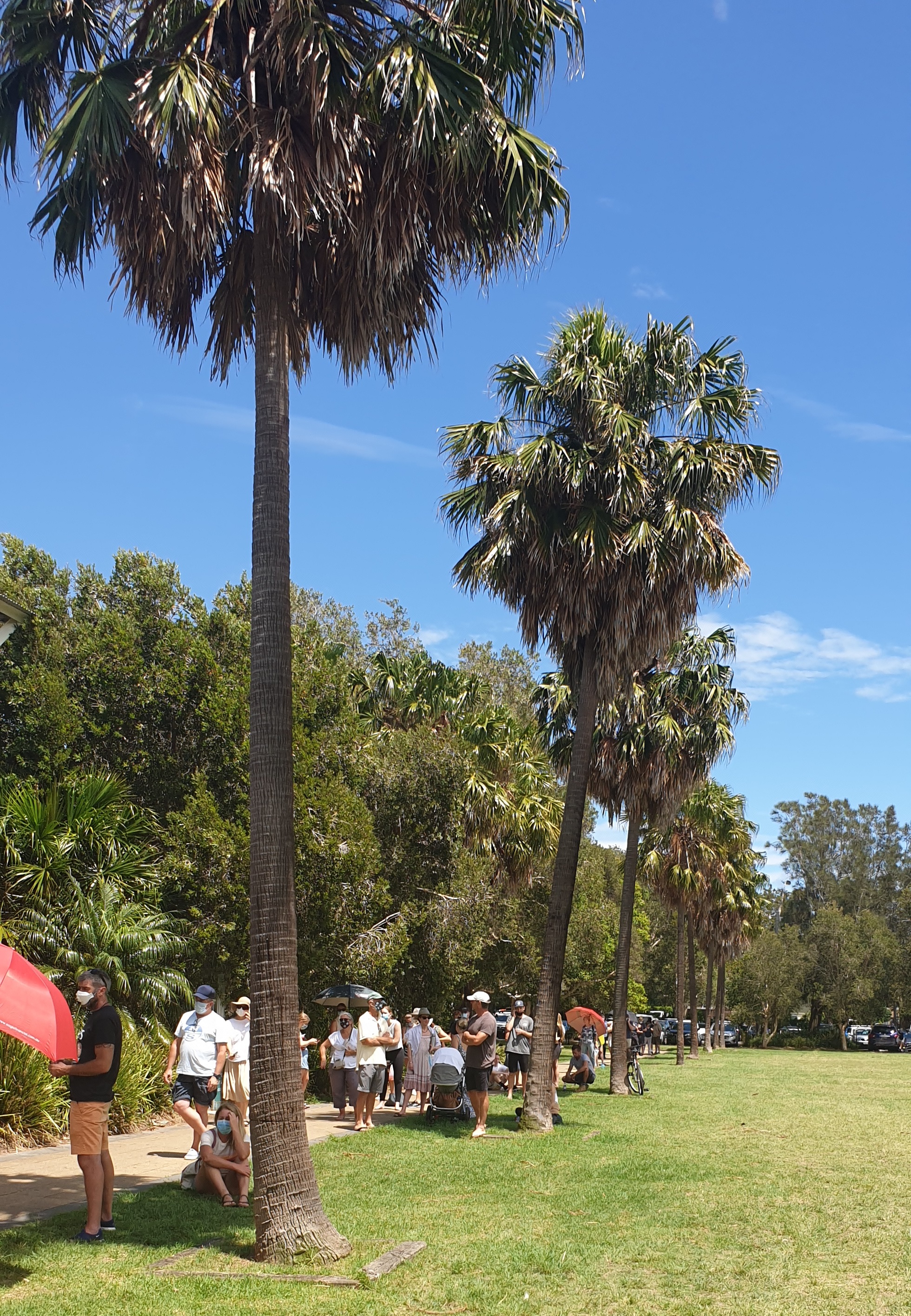
Pharmacy Trial A Dangerous Experiment Undermining GPs’ Valued Role
Scams Awareness Week 2022
- Scamwatch Report Form: If you’ve come across a scam you can report it here.
- Scamwatch reporting statistics: Provides up-to-date statistics on scams reported by Australians.
- Targeting Scams Reports: Our yearly report on scam trends and statistics.
- Helping a friend or family member who is a victim to a scam: Useful information if someone close to you has been scammed.
- Be Safe, Be Alert Online: Information on organisations who may be able to help when someone has been scammed.
- Where else to get help: Other organisations who might be able to help when someone has fallen victim to a scam.
- Little Black Book of Scams: Information on identifying a scam (available digitally in a range of languages).
- Protect yourself against scams
- Online shopping and banking
- Helpful apps for your smart device
- How to use home smart technology
- Selling safely online

Dozens Of New Businesses Offer Discounts To Seniors
Commonwealth Seniors Health Card Update
- Singles: $61,284 a year
- Couples (combined): $98,054 a year
- Singles: $90,000 a year
- Couples (combined): $144,000 a year
- Taxable income
- Target foreign income
- Total net investment losses
- Employer-provided benefits
COTA Calls For Action To Mark Ageism Awareness Day
- establishing a Productivity Commission inquiry into the prevalence and costs of ageism in Australia, including particular terms of reference in relation to workplaces and health services; and
- introducing stronger age discrimination laws following a high priority inquiry by the Australian Law Reform Commission.
New Alzheimer’s drug slows cognitive decline – and may be available as early as next year
Bernadette McGuinness, Queen's University Belfast and Elizabeth Coulthard, University of BristolLecanemab is the first drug to help improve the symptoms of Alzheimer’s by slowing the disease. These are very promising results, although the only data we have at the moment is from the drugmaker’s press release.
Lecanemab is an antibody that finds and removes a protein called amyloid that builds up and forms clumps in the brains of people with Alzheimer’s disease. By targeting amyloid, lecanemab is striking at the heart of the disease itself, rather than just treating symptoms by boosting brain chemicals in the cells that are still working (as is the case with drugs currently prescribed for Alzheimer’s).
Previous antibody drugs to remove amyloid have not worked, or have generated mixed results. As there are lots of other abnormal proteins in Alzheimer’s disease, the failure of the amyloid antibody trials led to a debate about whether amyloid really is an important problem in Alzheimer’s disease.
This debate is now over. Regardless of whether other biological processes are important in the development of Alzheimer’s, the data from the phase 3 lecanemab trial tells us that amyloid is a central problem in the disease. This will help focus future investment in clinical trials and laboratory research.
Eisai, the maker of lecanemab, has already filed for “accelerated approval” with the US Food and Drug Administration. If all goes to plan, the drug could be licensed as early as January 2023. But there are important questions still to be answered, even if the final published data is exactly as it is in the press release.
The amyloid hypothesis explained
Hurdles Still To Overcome
There is a small risk of significant side-effects with lecanemab, including brain swelling and bleeding. Most people are unaware when this happens to them, but around 3% suffer small bleeds in the brain.
We do not yet know the severity of these bleeds. It may well be that doctors will be able to predict who is likely to develop them, but it will take a few years of giving the drug in clinical practice to better understand the side-effects and how best to manage them.
People who are prescribed the drug will need regular MRI scans to check for brain swelling or bleeding. These are enormous new healthcare costs, and we have no idea yet how much the drug itself will cost.
Another hurdle is identifying people with early-stage Alzheimer’s who might benefit from this drug. This means doctors need to ensure people are referred to memory clinics as early as possible. Many of these people with mild memory symptoms won’t have Alzheimer’s disease. (Who hasn’t had a mild memory lapse?)
To identify patients who actually have Alzheimer’s disease, doctors will need to use new blood tests. And, with recent advances, doctors are on the cusp of being able to do this.
The way the drug is currently given (intravenously via a cannula twice a month) could also be off-putting for many patients. However, Eisai is developing a formulation so that lecanemab can be injected into the fat layer under the skin – like an insulin injection – which may encourage more people to use the drug.
Cost V Benefit
So is the benefit worth the risk and cost? Lecanemab slowed the rate of cognitive decline in people with mild cognitive impairment and early-stage Alzheimer’s disease by 27% over 18 months. This effect is similar to that seen with current drugs (cholinesterase inhibitors and memantine), but these drugs don’t affect the underlying causes of the disease.
If the effects of lecanemab remain stable for longer than 18 months, a patient with mild cognitive impairment who is destined to have six years of independent life, without treatment, could gain around 19 extra months of independent life. But will patients and regulators view this reward as worth the potential risk of side-effects?
We should have answers to these questions fairly soon. But, in the meantime, we can celebrate the fact that we finally have proof that amyloid is a causal factor in the most common form of dementia. And after many years of slow progress, that’s something to be excited about, as it shows that dementia researchers have been on the right track all along.![]()
Bernadette McGuinness, Clinical Professor of Ageing, Queen's University Belfast and Elizabeth Coulthard, Associate Professor in Dementia Neurology, University of Bristol
This article is republished from The Conversation under a Creative Commons license. Read the original article.
‘A rebuke to Putin’s dictatorship’: Russian human rights group Memorial wins joint Nobel peace prize
Robert Horvath, La Trobe UniversityIt’s difficult to exaggerate the importance of the inclusion of the Memorial Society, the Russian human rights movement, among the recipients of this year’s Nobel peace prize, which also recognised human rights campaigners in Ukraine and Belarus.
The award to Memorial is a powerful rebuke to Putin’s dictatorship, comparable to the honouring of Carl von Ossietzky, the German peace and human rights campaigner, who was languishing in Dachau concentration camp when he learned of his prize in 1936.
Like Ossietzky, Memorial embodies resistance to the radical evil of modern totalitarianism.
Born Under ‘Perestroika’
What makes Memorial so important is its fusion of painful historical reflection and human rights activism.
It all started in 1987, during the heady days of Gorbachev’s perestroika, as a petition campaign for the construction of a monument to the victims of Stalinism. As the USSR advanced towards liberalisation and collapse, these petitioners united with prominent dissidents and younger activists to create a grassroots movement.
This convergence was symbolised by the election of the legendary dissident Andrei Sakharov as Memorial’s first chairman. Under Sakharov, Memorial’s agenda expanded to include investigation of the entire Soviet past and the defence of human rights.
During the years that followed, it played a crucial role in the drafting and implementation of Russia’s Law on the Rehabilitation of Victims of Political Repression, which offered compensation to survivors of Soviet terror.
No less important were Memorial’s efforts to limit the carnage that followed the breakdown of the Soviet empire.
During the 1990s, Memorial’s Human Rights Centre was renowned for its monitoring of flashpoints in the Caucasus and Central Asia. When President Boris Yeltsin invaded the breakaway republic of Chechnya in late 1994, a monitoring team from Memorial was on the ground, issuing a stream of reports from the capital Grozny as it was devastated by Russian bombardment.
For exposing the horrors of Yeltsin’s war, Memorial’s monitors were vilified as traitors by Russian nationalist politicians. One of the most vociferous was Duma deputy and filmmaker Stanislav Govorukhin. He claimed Memorial’s report exposing a massacre in the Chechen village of Samashki “could only have been composed in a drunken ecstasy of Russophobia”.
On The Front Lines
When Vladimir Putin unleashed a new war to subjugate Chechnya in 1999-2003, Memorial was once again on the front lines. Natalya Estemirova, the head of Memorial’s Grozny office, worked closely with journalist Anna Politkovskaya and lawyer Stanislav Markelov to expose the filtration camps, torture, and disappearances of Putin’s “dirty war”. They even secured the conviction of two Russian war criminals, Sergei Lapin and Yurii Budanov.
Each paid a terrible price for this activism. Politkovskaya was murdered in 2006, followed by Markelov and Estemirova in 2009.
As it focused a spotlight on Chechnya, Memorial also challenged the Putin regime’s central ideological project: the indoctrination of youth with an authoritarian version of the national past.
From 1999 to 2021, Memorial conducted a nationwide high school essay competition, “The Individual and History: Russia in the 20th century”, which encouraged honest, independent research. The best submissions, published in a series of Memorial volumes, drew on oral history and archival research to illuminate the human suffering behind the Kremlin’s whitewashed version of the totalitarian past.
Memorial also created new rituals of remembrance. Every year, it marked October 30 as the “Day of Remembrance for the Victims of Political Repressions”. In ceremonies around the country, activists would read out names from lists of the multitudes who had been killed in the Soviet regime’s penitentiary system.
Memorial also tried to inscribe the memory of these people on the urban landscape of Russian cities. The “Last Address” campaign has installed hundreds of steel plaques on buildings commemorating residents who vanished during Stalin’s terror.
Increasing Hostility
The Kremlin’s hostility to Memorial became clear during the crackdown that followed pro-democracy protests in 2011-12. A raid on its Moscow headquarters by officials from three government agencies in March 2013 signalled the beginning of a war of attrition that intensified after Russia’s first attack on Ukraine in 2014.
Memorial condemned the invasion of Crimea as
a crime […] not only against Ukraine, but also against Russia, against Russian culture and Russian history.
Three months later, the Kremlin retaliated by designating Memorial a “foreign agent” under a new law that was suffocating Russia’s civil society.
This stigmatisation had two effects. First, it undermined Memorial’s ability to represent citizens in their dealings with officialdom. Second, it enabled the authorities to fine Memorial on every occasion it failed to acknowledge its status as a “foreign agent”.
The label was also a signal to the regime’s proxies. Every public event organised by Memorial now faced disruption by hired hecklers. The most notorious incident took place in 2016, when thugs from the Kremlin-backed “National Liberation Movement” disrupted the annual prize-giving ceremony for essay competition winners. They hurled abuse at arriving high school students and sprayed noxious cleaning fluid into the face of one of the judges, the renowned novelist Lyudmila Ulitskaya.
No less sinister was the prosecution of several leading Memorial activists on fabricated criminal charges. Yurii Dmitriev, the distinguished historian and head of the Karelia branch, is now serving a 13-year prison sentence for sexual assault after a series of farcical trials that earned international condemnation.
There’s a clear connection between the outlawing of Memorial and Putin’s invasion of Ukraine two months later. Speaking at the court hearing that ordered Memorial’s liquidation in December 2021, the prosecutor accused Memorial of “making us repent for the Soviet past”.
As long as Memorial was drawing attention to the horrors of that past – the lacerated lives, mass killings, and deportations of entire nations – it was a potent barrier to the kind of genocidal war Russia is waging in Ukraine.
Yet it was easier to ban an organisation than to destroy the ideals it represents. Even in Russia’s increasingly totalitarian environment, the people of Memorial have continued to oppose war and defend human rights.
By honouring Memorial’s struggles and sacrifices, the Nobel Committee reminds us that Putin’s claims to speak in the name of an entire culture are a lie. It reminds us to listen to the voices of the persecuted and to be aware of humane possibilities in Russian society that will outlive the dictator and his despotism.![]()
Robert Horvath, Senior lecturer, La Trobe University
This article is republished from The Conversation under a Creative Commons license. Read the original article.
Doors Officially Opened On State-Of-The-Art Engineering Innovation Hub In Parramatta
- NSW Premier, the Hon. Dominic Perrottet MP
- Western Sydney University Vice-Chancellor, Professor Barney Glover AO
- Charter Hall Managing Director & Group CEO, Mr David Harrison
- Vice-President, Operations at UNSW Sydney, Mr Andrew Walters
- General Manager Sydney and Major Projects at Richard Crookes Constructions, Mr Grant D’Arcy.
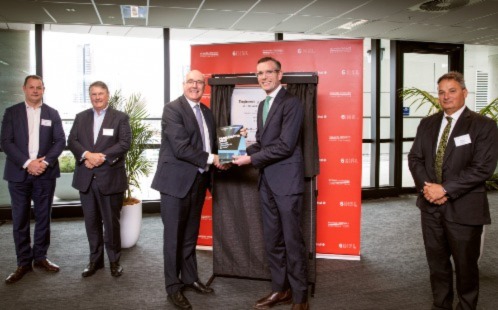

Frasers Property Awards 2022 Architecture Scholarship For Women
 The Master of Architecture (Urban Transformation) Scholarship for Women is worth $30,000 per year across the two-year Master of Architecture (Urban Transformation) course at Western Sydney University and is open to both full-time and part-time students who have completed undergraduate studies in architecture.
The Master of Architecture (Urban Transformation) Scholarship for Women is worth $30,000 per year across the two-year Master of Architecture (Urban Transformation) course at Western Sydney University and is open to both full-time and part-time students who have completed undergraduate studies in architecture.New Survey: 91% Of Parents Say Their Family Is Less Stressed When They Eat Together
Icare Announces New Claims Service Providers For Workers Compensation Scheme
New System Retrofits Diesel Engines To Run On 90 Per Cent Hydrogen


Positive Childhood Experiences Of Blue Spaces Linked To Better Adult Well-Being
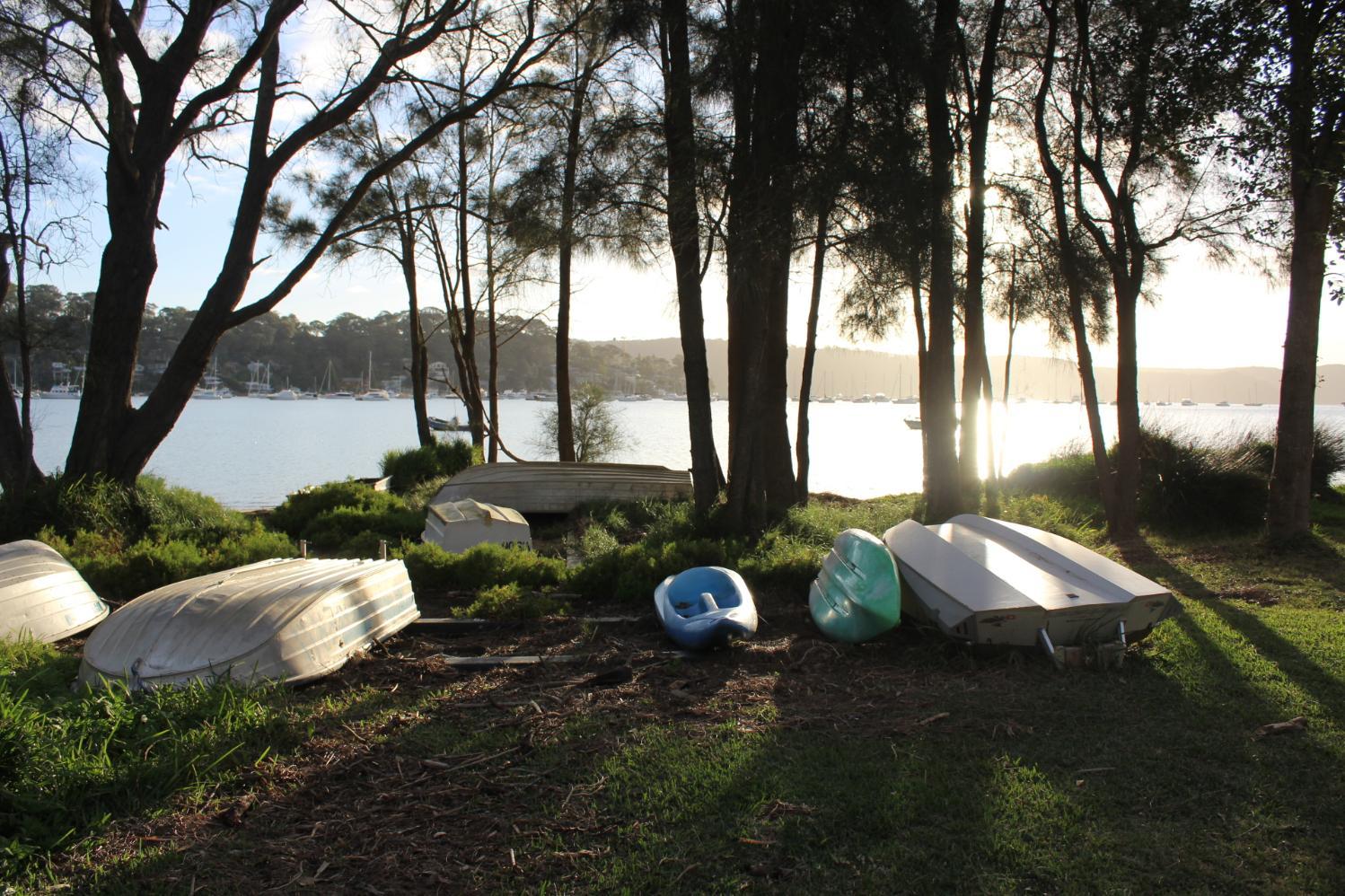
Why Some Countries Are Leading The Shift To Green Energy
Promising Medication For Sleep Apnoea

Sound Reveals Giant Blue Whales Dance With The Wind To Find Food
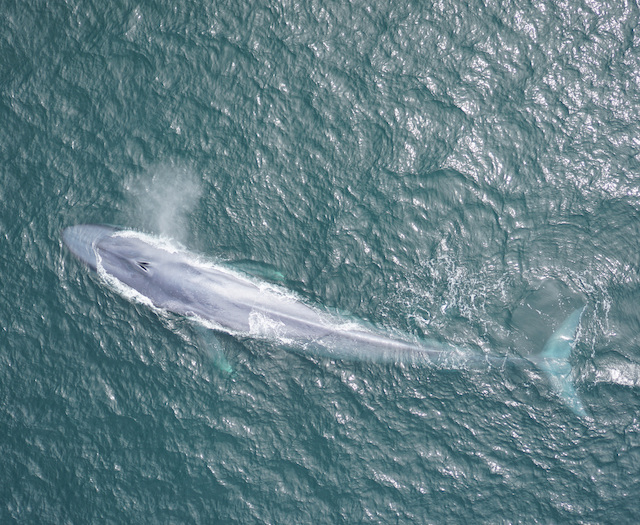 Along California's Central Coast, spring and summer bring coastal upwelling. From March through July, seasonal winds push the top layer of water out to sea, allowing the cold water below to rise to the surface. The cooler, nutrient-rich water fuels blooms of tiny phytoplankton, jumpstarting the food web in Monterey Bay, from small shrimp-like krill all the way to giant whales. When the winds create an upwelling event, blue whales seek out the plumes of cooler water, where krill are most abundant. When upwelling stops, the whales move offshore into habitat that is transected by shipping lanes.
Along California's Central Coast, spring and summer bring coastal upwelling. From March through July, seasonal winds push the top layer of water out to sea, allowing the cold water below to rise to the surface. The cooler, nutrient-rich water fuels blooms of tiny phytoplankton, jumpstarting the food web in Monterey Bay, from small shrimp-like krill all the way to giant whales. When the winds create an upwelling event, blue whales seek out the plumes of cooler water, where krill are most abundant. When upwelling stops, the whales move offshore into habitat that is transected by shipping lanes.Disclaimer: These articles are not intended to provide medical advice, diagnosis or treatment. Views expressed here do not necessarily reflect those of Pittwater Online News or its staff.